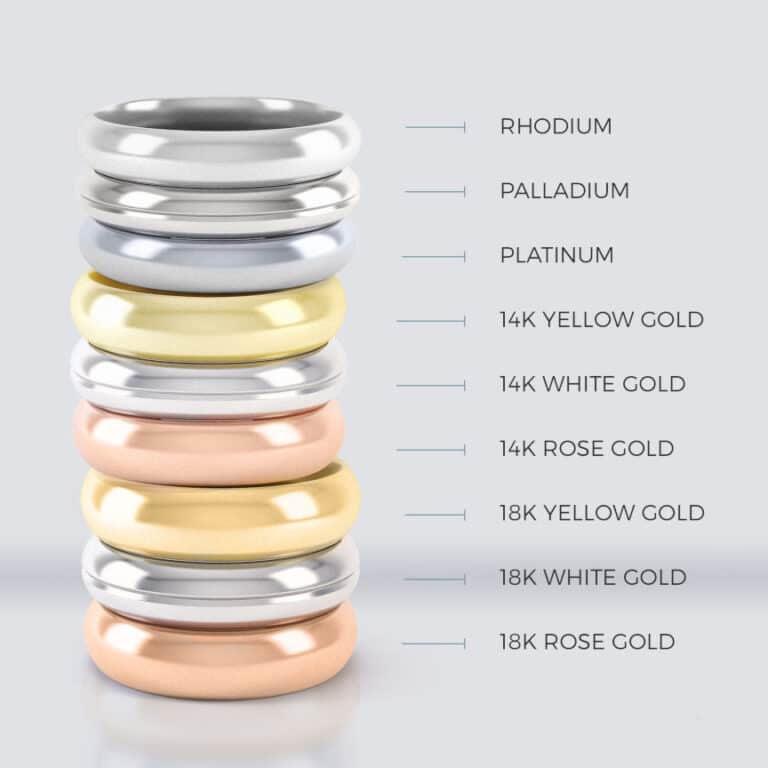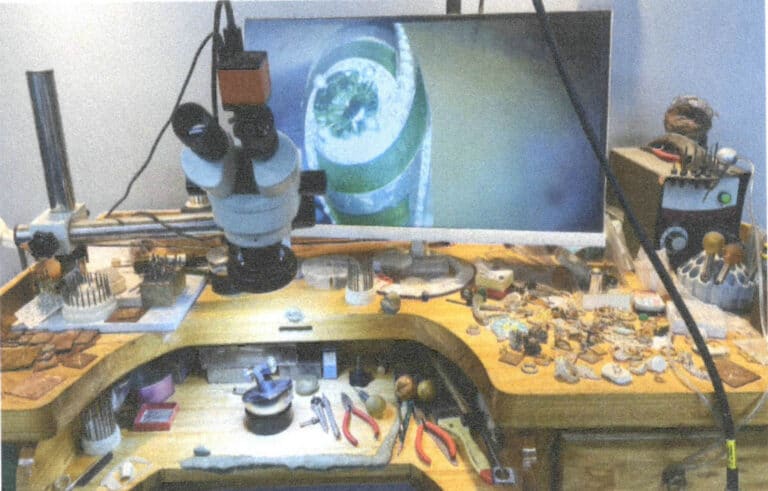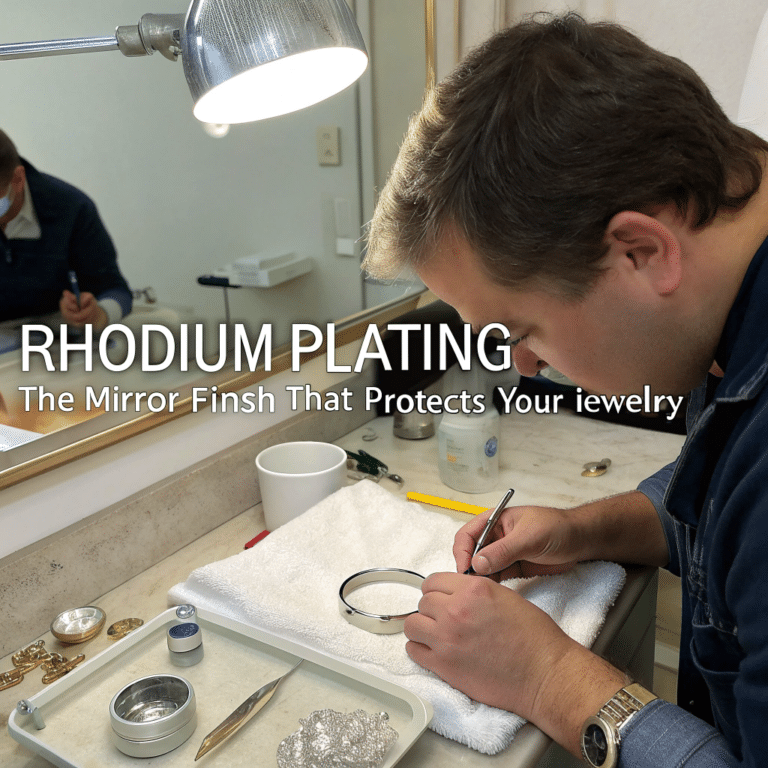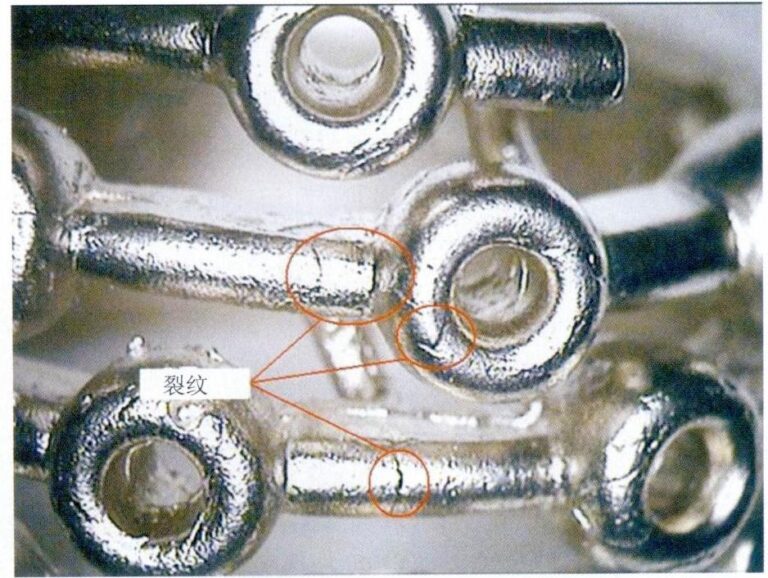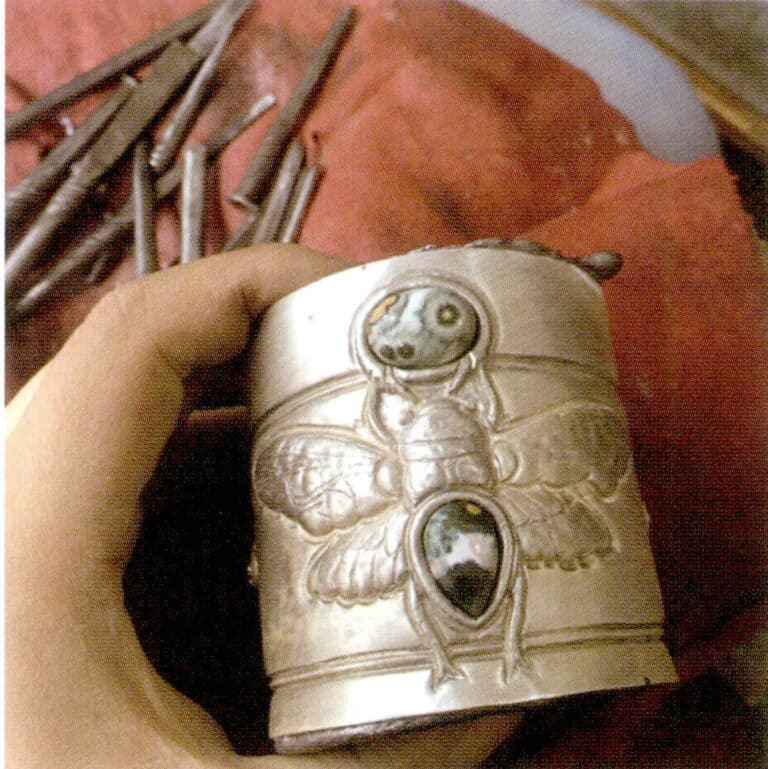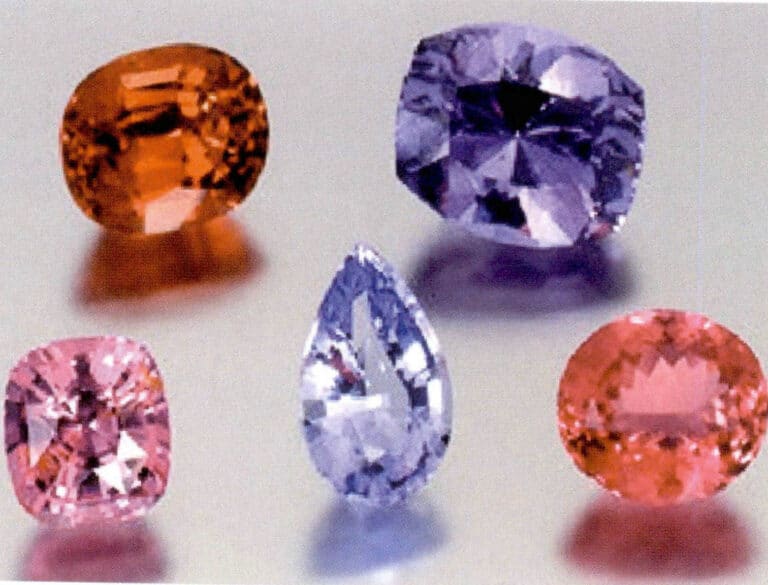Causes, Cultivation And Classification Of Pearls
The Ultimate Guide to Pearl Cultivation: From Sea to Jewelry
Innledning:
Discover the fascinating world of pearl cultivation in our comprehensive guide. Learn about the natural and cultured processes, the history of pearl farming, and the various types of pearls including South Sea, Tahitian, Akoya, and freshwater gems. Gain insights into the causes behind pearl formation, cultivation methods, and the principles behind creating the perfect pearl for your jewelry collection. Whether you’re a jewelry store, designer, or e-commerce seller, this guide is your key to understanding the pearl industry. Uncover the secrets of pearl cultivation, from the ocean depths to your customers’ ears.

Innholdsfortegnelse
Section ⅠCauses of Pearls
The cause of pearls has always been a controversial topic in pearl research, and modern views on the cause of pearls can be summarized into the following perspectives:
(1) Foreign Object Theory
This theory is based on the idea that “the core of natural pearls produced by seawater and freshwater pearl oysters is the larvae, head, or eggs of parasitic worms or tapeworms.” When various bivalve mollusks in seawater or freshwater encounter some foreign objects (such as sand grains or parasites) invading their mantle, the mantle is stimulated to continuously secrete nacre and wrap the foreign object layer by layer, eventually forming a pearl over time. However, even if sand or parasites are artificially placed inside the pearl-producing oysters, it does not achieve the goal of producing pearls. Thus, the foreign object theory only applies to explain the causes of some natural pearls.
(2) Pearl Sac Theory
When external factors stimulate the epithelial cells of the mantle, the stimulated epithelial cells can use the remnants of parasites as a nucleus, becoming partially embedded in the connective tissue of the mantle or other tissue areas and forming a pearl sac around it. The pearl sac comprises physiologically and structurally cells similar to the epithelial cells of the mantle that form the shell. The pearl sac secretes nacre, attaching to the foreign object that stimulates the mantle or the shell material secreted by itself, gradually forming a pearl. Among them, pearls formed with parasites, such as the nucleus in the connective tissue of the mantle, are called sac pearls, while muscle pearls are formed in the muscle tissue of the adductor muscle. When the pearl sac is completely embedded in the oyster’s body, the pearl formed is a free pearl, and when the pearl sac is partially embedded, it can only form a shell-attached pearl.
Pearl farming is the artificial implantation of a pearl nucleus made from freshwater shells or small pieces of the mantle of similar shells into the connective tissue of the mantle of the pearl-producing shell to stimulate the pearl-producing shell to form a pearl sac. The small pieces of mantle wrapped inside the sac continue to proliferate around the center and secrete layers of nacre to form pearls.
The theory of pearl sac formation can explain the natural formation process of pearls and is also the theoretical basis for cultivating beautiful pearls.
(3) The theory of epidermal cell degeneration
This theory was proposed in the early 20th century, suggesting that the epidermal cells of the pearl sac are composed of a single layer of cells that secrete three substances: shell protein, prismatic substance, and nacre. Later, researchers found that when the pressure on the wall of the pearl sac changes, its ability to secrete nacre also changes, explaining the layered changes in pearls. In the mid-20th century, Japanese scientists Bunji Hamaguchi, Yoshikazu Matsui, and others believed that not only the mantle but also the epidermal cells located in the adductor muscle of the shell could undergo abnormal proliferation due to changes in morphology and function, leading to depressions and the formation of many pearl sacs, generating small Keshi pearls.
This theory can better explain the formation of Keshi pearls.
(4) Biological Causation Theory
This theory was proposed in the early 20th century, suggesting that no evidence indicates that natural pearls are formed due to sand grains entering the shell. Based on biological research findings, another possible reason for the stimulation of epithelial cell proliferation is the presence of a growth anomaly. The epithelial cells on the outer layer obtain information from a protein chain known as ” G protein,” which is transmitted and replicated, and the rapidly increasing epithelial cells do not exist in clumps but rather as a single-cell layer, forming depressions that lead to the proliferation of a single-layer tumor. The chemical changes and mutual competition between the mantle tissue and the overlying epithelial cells cause the proliferating cells to form a single layer rather than a mass. The growth anomaly continues to increase, forming a serrated layer in the mantle, which then deepens and widens to become a pearl sac, ultimately forming a pearl.
This theory can better explain the formation of natural pearls.
Section II Cultivation of Pearls
1. History of Cultivation
Naturally formed pearls are precious, and their output is very low, far from meeting the demand, so people have utilized the principles of natural pearl formation to develop the artificial pearl cultivation industry.
(1) The Exploration History of Pearl Cultivation
China is likely the earliest country in the world to cultivate verifiable artificial pearls. By the 13th century, Chinese pearl cultivation technology had matured, even developing from general pearl cultivation to the cultivation of Buddha-shaped pearls. Pearl farmers generally implant lead or tin Buddha-shaped nuclei into the bodies of mother-of-pearl oysters, place them in water for cultivation. After 1-2 years, the farmers retrieve the oysters from the water and extract the Buddha-shaped pearls from within.
The significant push for the modern pearl farming industry came from Japan’s Kokichi Mikimoto. Due to the scarcity of natural pearls in the 19th century, Mikimoto utilized and improved upon an ancient Chinese technique to begin the artificial cultivation of mother-of-pearl, successfully breeding cultured pearls, thus transitioning the pearl industry from natural harvesting to mass production of modern cultured pearls.
Kokichi Mikimoto continuously experimented with placing different substances inside the clam to create various stimuli, ultimately producing different pearls. In 1883, he overcame the interference of water pollution and red tides, successfully cultivating semi-round button pearls; in 1905, he accidentally cultivated semi-round pearls in the outer membrane of the mother-of-pearl shell.
Mikimoto’s pearl cultivation technology led Japan’s industry’s rapid prosperity and opened the curtain for modern pearl farming worldwide. Subsequently, the pearl industry underwent tremendous changes, with cultured pearls quickly replacing natural wild pearls in quantity, size, and shape.
(2) The History of Pearl Cultivation in Modern China
Although China could produce nucleated pearls as early as the Song dynasty, various reasons led to the country’s insufficient development of pearl production afterward. It wasn’t until the 1950s that pearl cultivation was resumed. In the late 1960s and early 1970s, China began large-scale commercial production.
The quantity of pearls cultivated in China accounts for over 90% of the world’s total pearl production, making it one of the most important pearl-farming countries in modern times.

Figure 1-3-2 The seawater cultured pearls harvested in Guangxi

Figure 1-3-3 The Pinctada martensii shell cultured in Guangdong
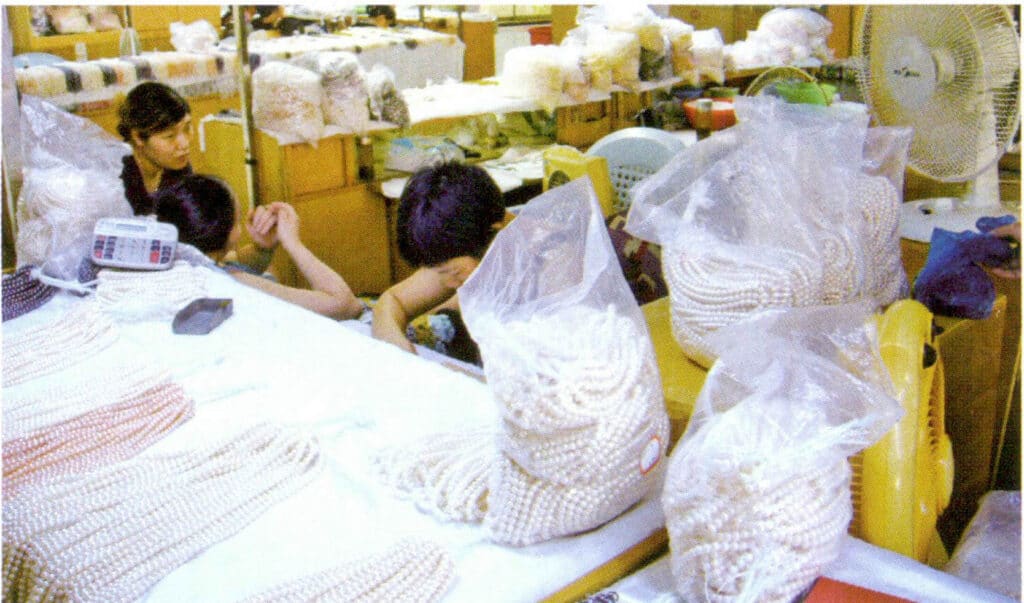
Figure 1-3-12 Shops in the Old Zhuji Pearl Market (2005)
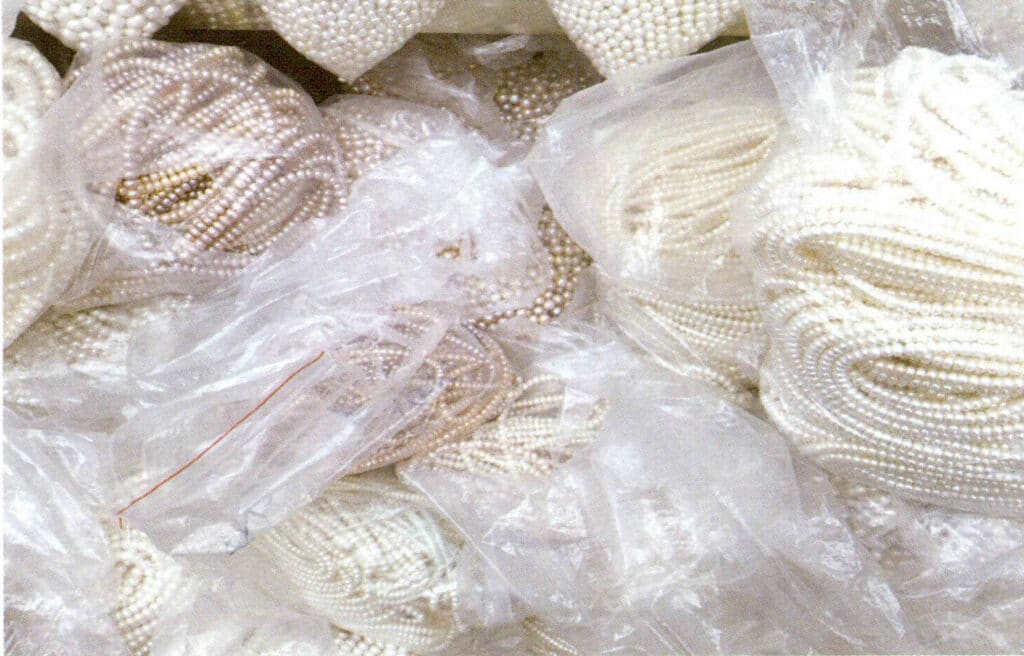
Figure 1-3-14 Semi-finished Products in the Old Zhuji Pearl Market (2005)
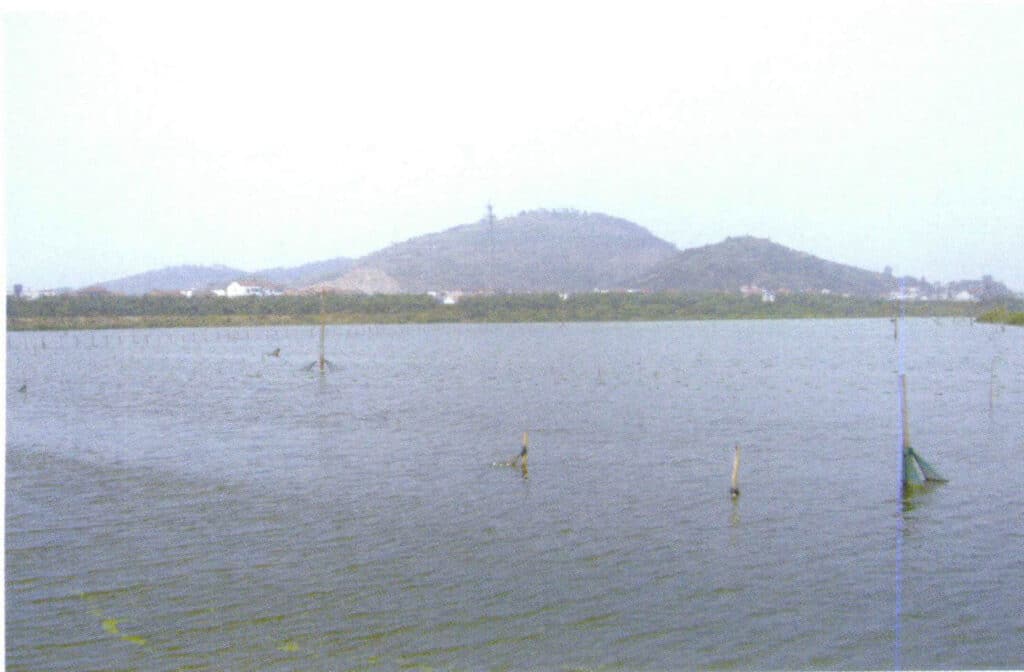
Figure 1-3-15 Pearl Farm Located at the Foot of Zhuji Mountain Lake (2005)

Figure 1-3-23 Freshwater nucleated pearl farming
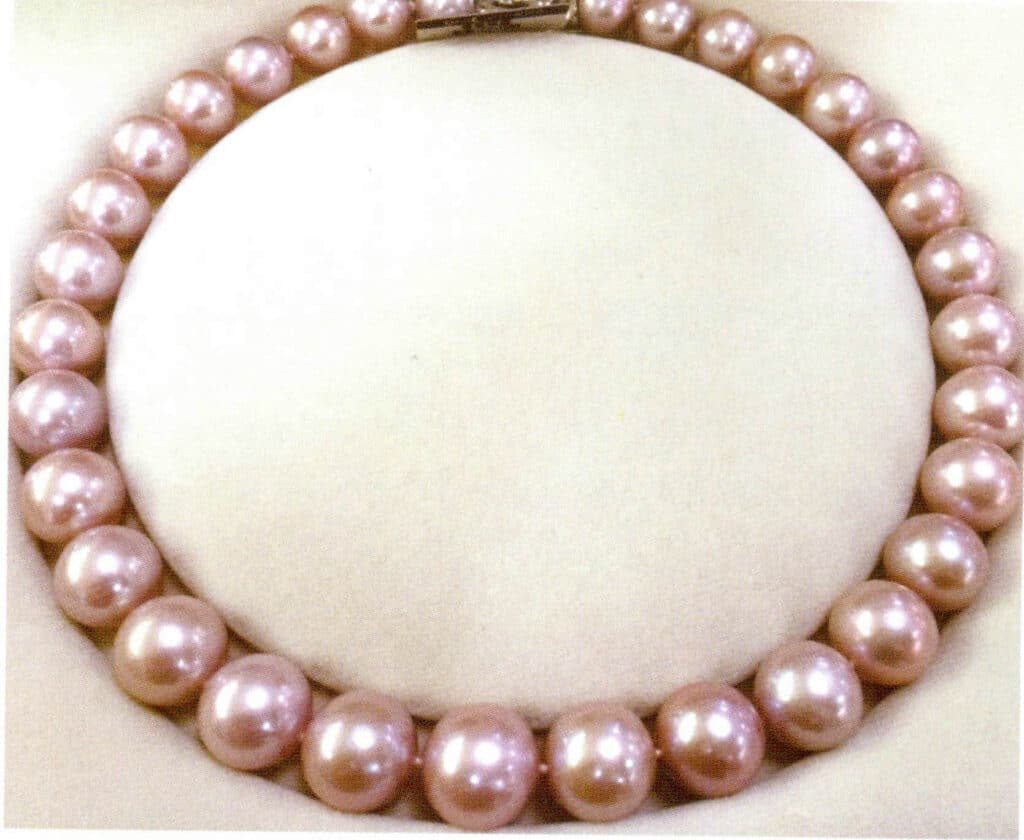
Figure 1-3-24 "Edison" round freshwater nucleated pearl farming
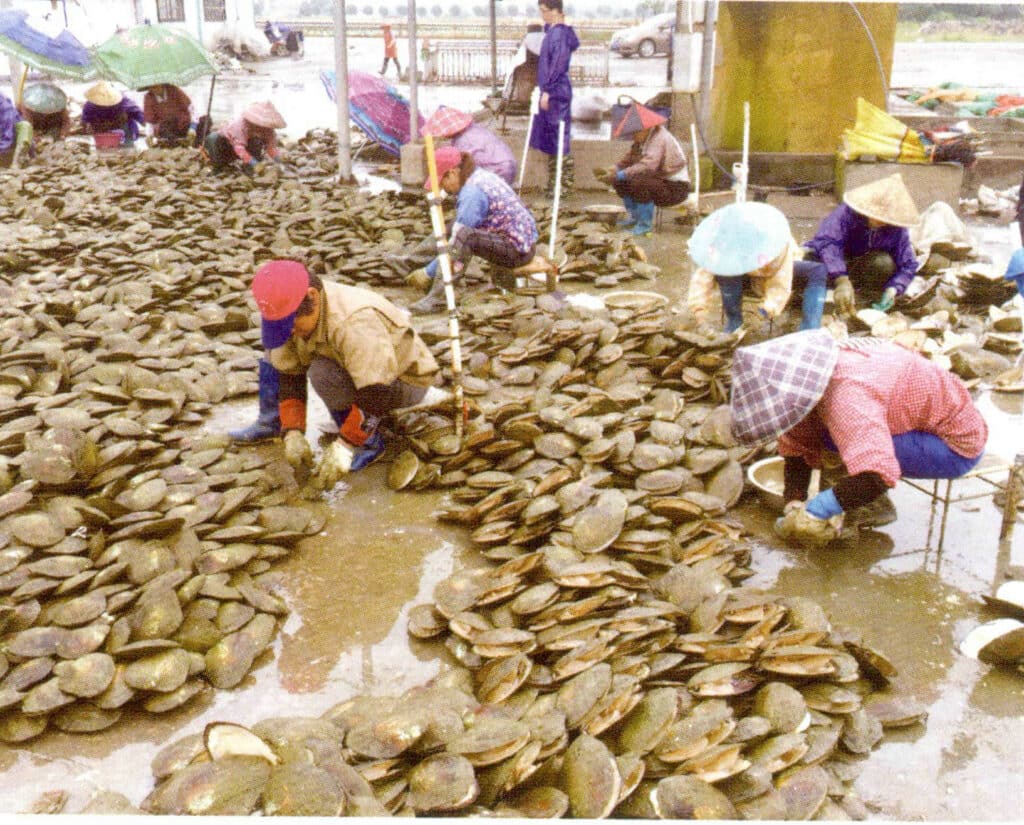
Figure 1-3-26 The busy clam opening site at Shansha Lake in summer (2017
2. Principles and Methods of Aquaculture
(1) Principles of Pearl Cultivation
The “Pearl Sac Formation Theory” is the theoretical basis for pearl cultivation. The inner side of the shell of bivalves with a pearl layer, when stimulated by external factors, undergoes cell division in part, separates, and is then enveloped by organic substances secreted by itself, gradually becoming embedded in the connective tissue of the mantle, forming a pearl sac and ultimately a pearl.
The pearls currently cultivated artificially are based on the above principles, using artificial methods to cut small living epithelial cell pieces (referred to as cell pieces) from the mantle of sacrificial clams of the same species as the pearl-producing clams or just using cell pieces, and implanting them into the connective tissue of the mantle or the pearl sac of the pearl-producing clams. The implanted cell pieces rely on the nutrients the connective tissue provides to rapidly increase around the artificial nucleus, forming a pearl sac, secreting nacre, and thus generating cultivated pearls. The cultivated pearls from the pearl-producing clam species are shown in Figures 1-3-29 to 1-3-32.

Figure 1-3-29 Cultivated pearls in freshwater pearl oysters (triangle sail oyster)

Figure 1-3-30 Cultivated pearls in freshwater pearl oysters (triangle sail oyster)
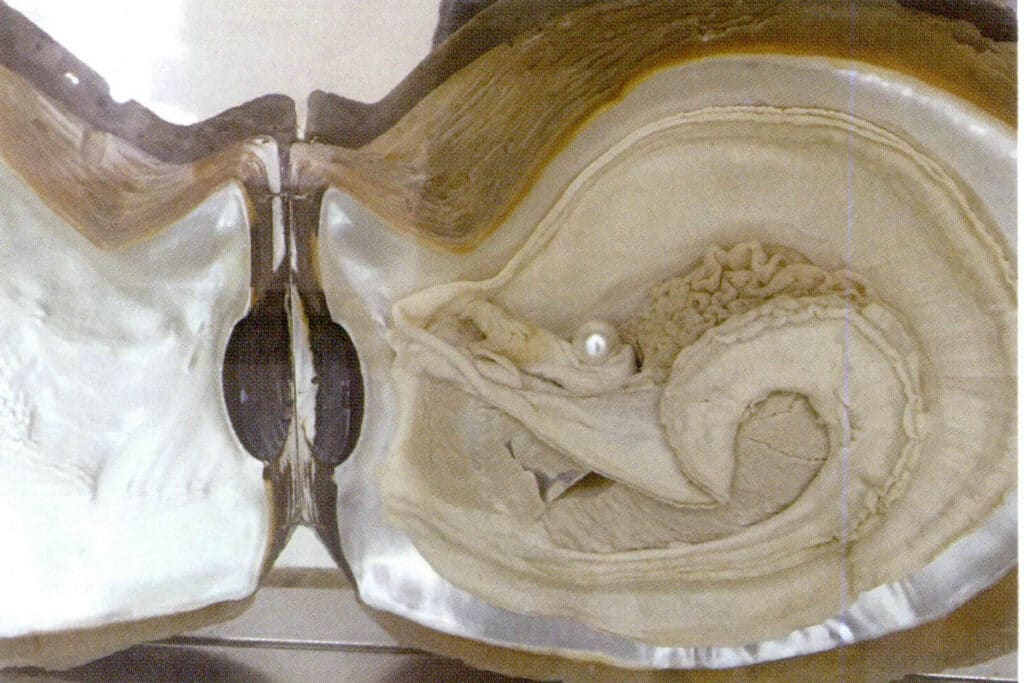
Figure 1-3-31 Cultivated pearls in seawater pearl oysters (white butterfly shell)

Figure 1-3-32 Cultivated pearls in seawater pearl oysters (gold-lipped shell)
The cultivation of pearls mainly consists of several steps: nurturing the mother-of-pearl, inserting the nucleus, farming, and harvesting, as shown in Figure 1-3-33.
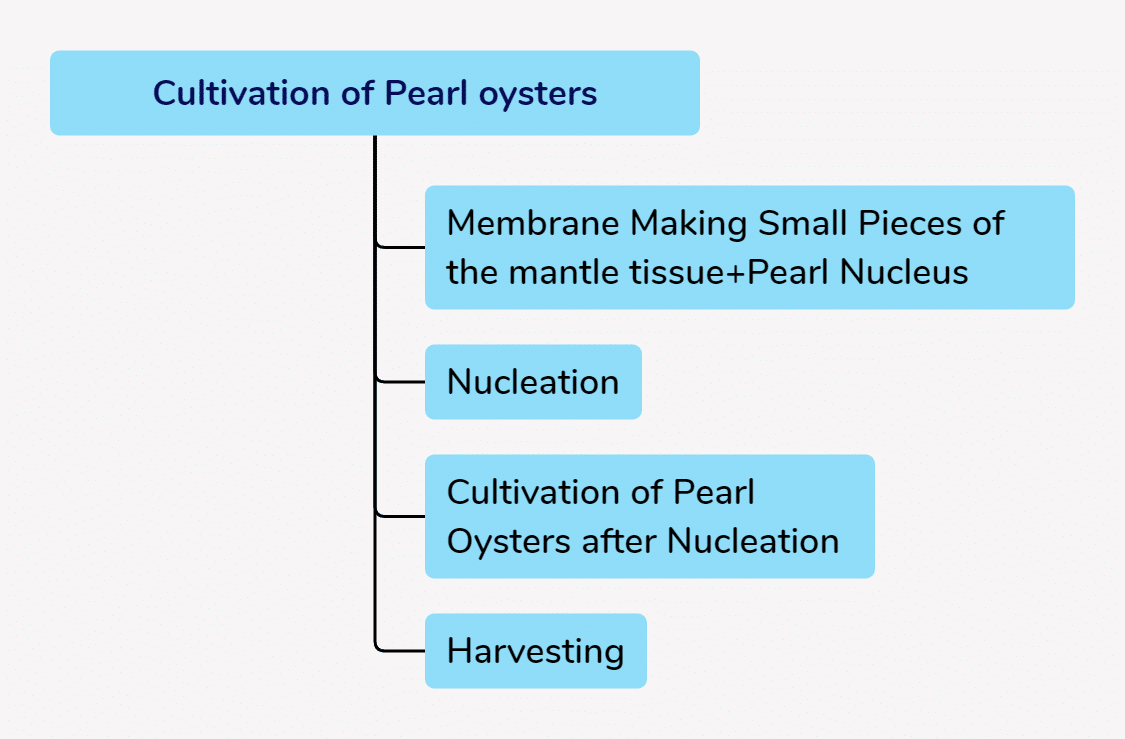
(2) Types and Cultivation of Mother-of-Pearl
Bivalve mollusks mainly produce pearls with a nacre layer. Bivalves are named for having two shells of equal size, which are symmetrical on either side, and each shell has no plane of symmetry, distinguishing them from brachiopods. The shells of the bivalve mother-of-pearl, Pinctada martensii, and Trigonopsis variabilis are shown in Figures 1-3-34 and 1-3-35.
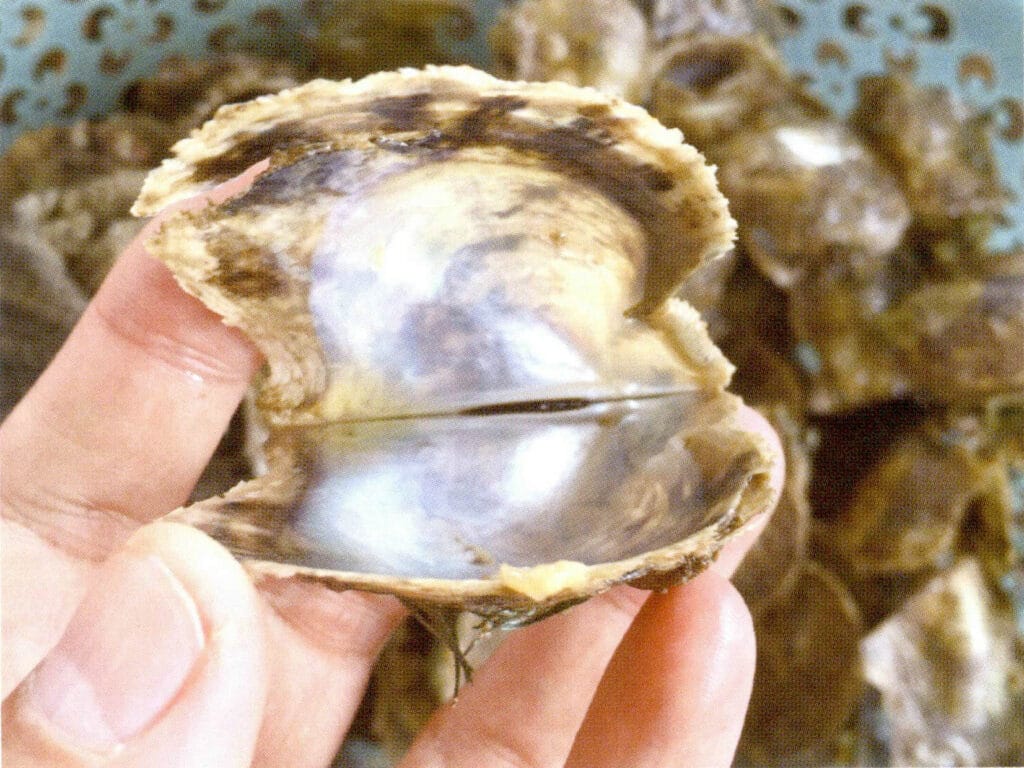
Figure 1-3-34 Shell of Pinctada martensii
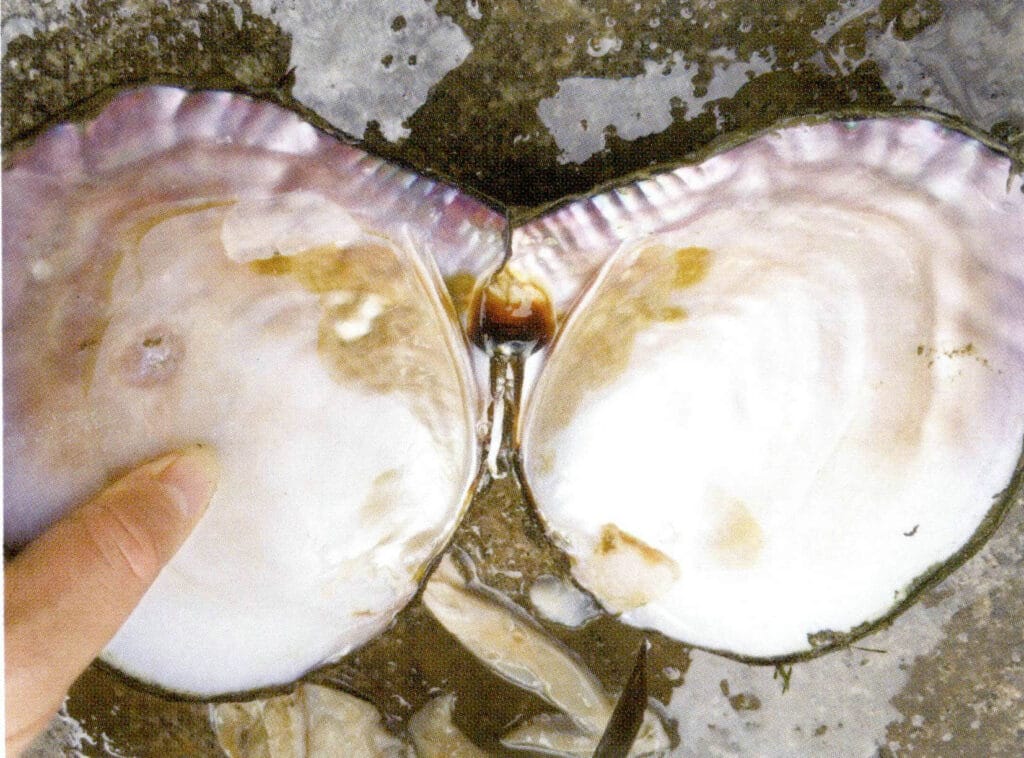
Figure 1-3-35 Shell of Trigonopsis variabilis
All bivalve mollusks live in water, mostly in the sea, with a few living in Freshwater. There are about 20,000 species, which are widely distributed. They generally move slowly; some burrow in mud, some live attached, and others drill into stone or wood to inhabit. Only 30 species of mother-of-pearl can produce pearls worldwide, and there are as many as 17 pearl oysters in Chinese coastal waters.
The main seawater pearl oysters include the Pinctada martensii, black-lipped oysters, white-lipped oysters, silver-lipped oysters, and Pteria Penguin. Freshwater pearl oysters include the hyriopsis cumingii, cristaria plicata, pearl clam, lamprotula leai, pond hyriopsis schlegelii, etc.
Mother-of-pearl generally has two sources: natural wild pearl oysters collected by divers and mother-of-pearl fertilized and cultivated in suitable water temperatures.
Artificial breeding is divided into three stages: artificial fertilization stage, larval rearing stage, and cultivation stage. The best aquaculture areas should be selected based on the ecological habits of mother-of-pearl.
(3) Artificial nucleus insertion
Select healthy adult shells that have been farmed and perform surgical implantation of the nucleus.
Nucleus insertion, also known as nucleation, involves opening the shell 1cm and making a small incision on the outer mantle with a sterilized surgical knife, then inserting a small piece of the mantle made on-site to cultivate nucleus-free pearls.
If cultivating nucleated pearls, the nucleus must be inserted simultaneously with the mantlepiece, and the mantlepiece must be tightly adhered to the nucleus and placed in the predetermined position to produce high-quality pearls. When the gap and incision created during the implantation of the nucleus are significant, it is easy for contaminants to enter, which can severely lead to the death of the mollusk or, at the very least, result in the formation of baroque pearls or irregular pearls. The implanted nucleus determines the shape of the produced pearls. To obtain pearls with better roundness, it is essential to ensure the roundness of the nucleus.
(4) Cultivation of pearl-producing mollusks.
After the nucleation, the mother oysters are placed in cages, marked, and promptly returned to waters with better environmental conditions for cultivation. The cultivation period generally lasts from six months to about four years.
(5) Harvest
Mother oysters that have undergone nucleation can be harvested after eight months to 4 years of careful cultivation, with the harvest season chosen in the winter month of 11-12, when the pearls have good luster. X-ray imaging can also be used to determine the harvest targets before harvesting. The harvested pearls must be processed promptly to ensure their quality.
3. Main Types of Cultivated Pearls
The main types of cultivated pearls are as follows:
(1) Nucleated cultured pearls
Nucleated artificial cultivation involves placing a small piece of a complete pearl nucleus into the mantle of a mollusk, which can eventually be covered with a pearl layer about a few millimeters thick, forming a complete spherical or other shaped pearl, as seen in Figures 1-3-36 and 1-3-37.
This method is used to cultivate Seawater and some freshwater pearls.
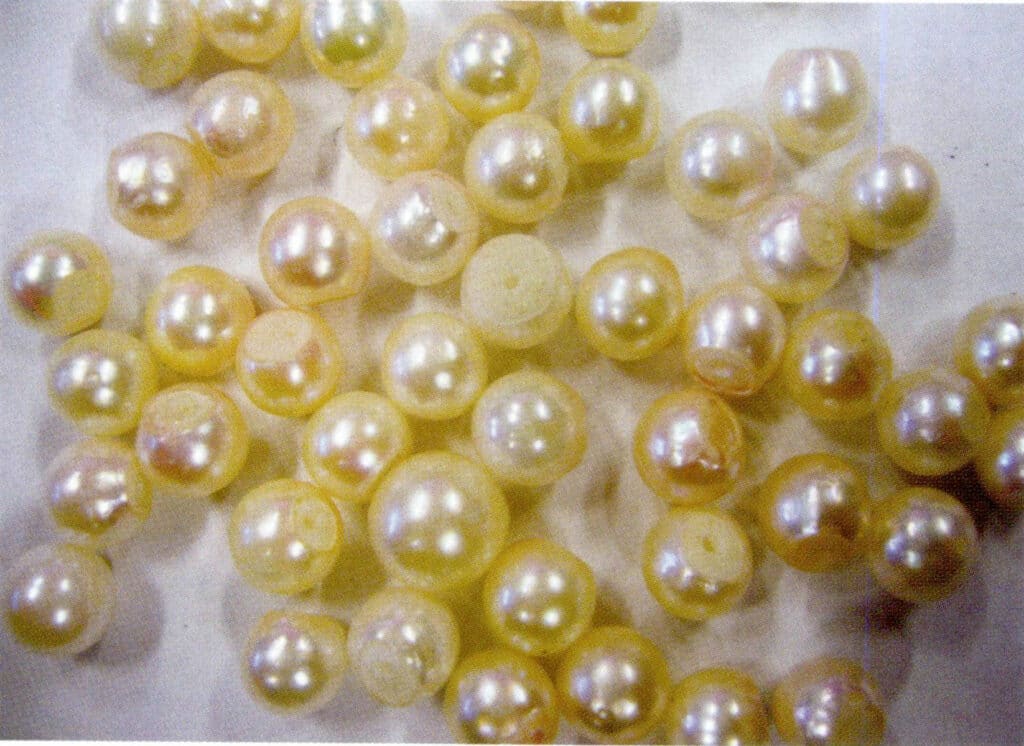
Figure 1-3-36 Nucleated cultured seawater pearls (nucleus visible at the damaged area)

Figure 1-3-37 Nucleated cultured freshwater pearls (nucleus visible at the damaged area)
(2) Nucleus-free cultured pearls
Nucleus-free cultured pearls are created by implanting small pieces of the mantle only into the mantle of mollusks, with one pearl oyster capable of receiving up to 50 small pieces. Pearls can be harvested after six months to four years. Nucleus-free cultivation has a high yield, and the pearls are composed entirely of pearl layers from the inside out, as shown in Figures 1-3-38 and 1-3-39. However, the shape of nucleus-free pearls varies greatly and largely depends on various factors, including the shape of the implanted mantle, making it difficult to control the shape. Nucleus-free cultivation once held an absolute position in freshwater pearl farming. Still, as the technology for nucleus cultivation has continuously improved in recent years, the proportion of nucleus-free cultivation has gradually decreased.
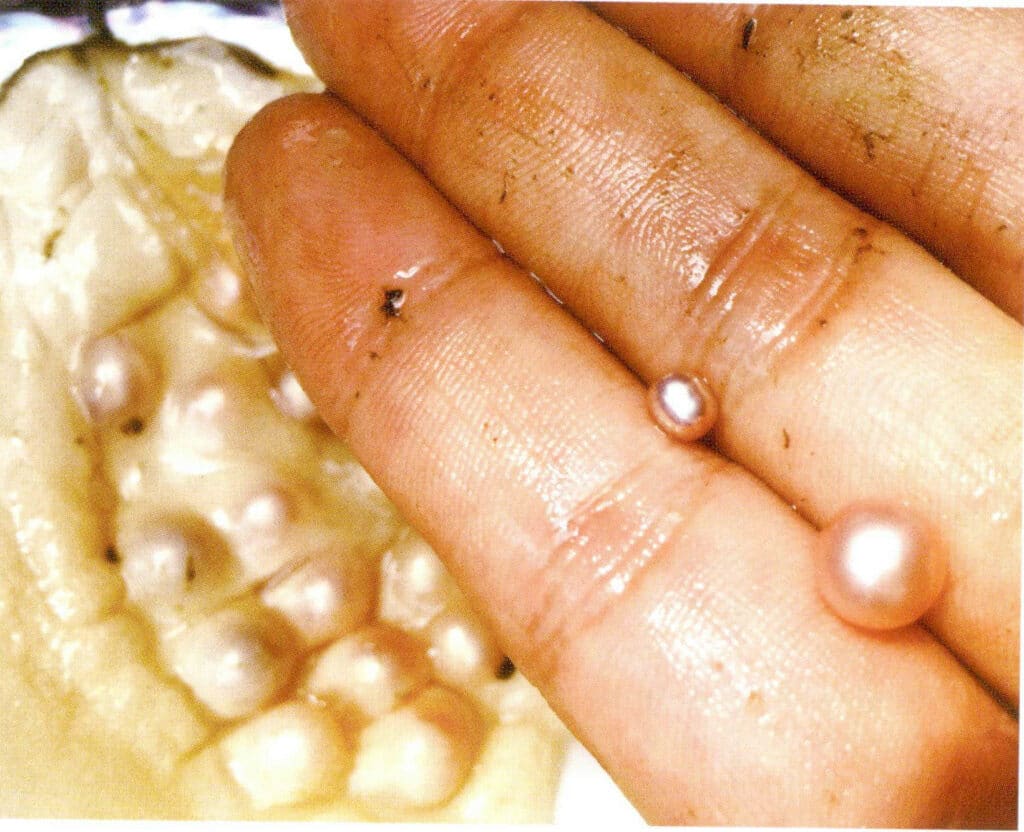
Figure 1-3-38 Freshwater Nucleated Cultured Pearls
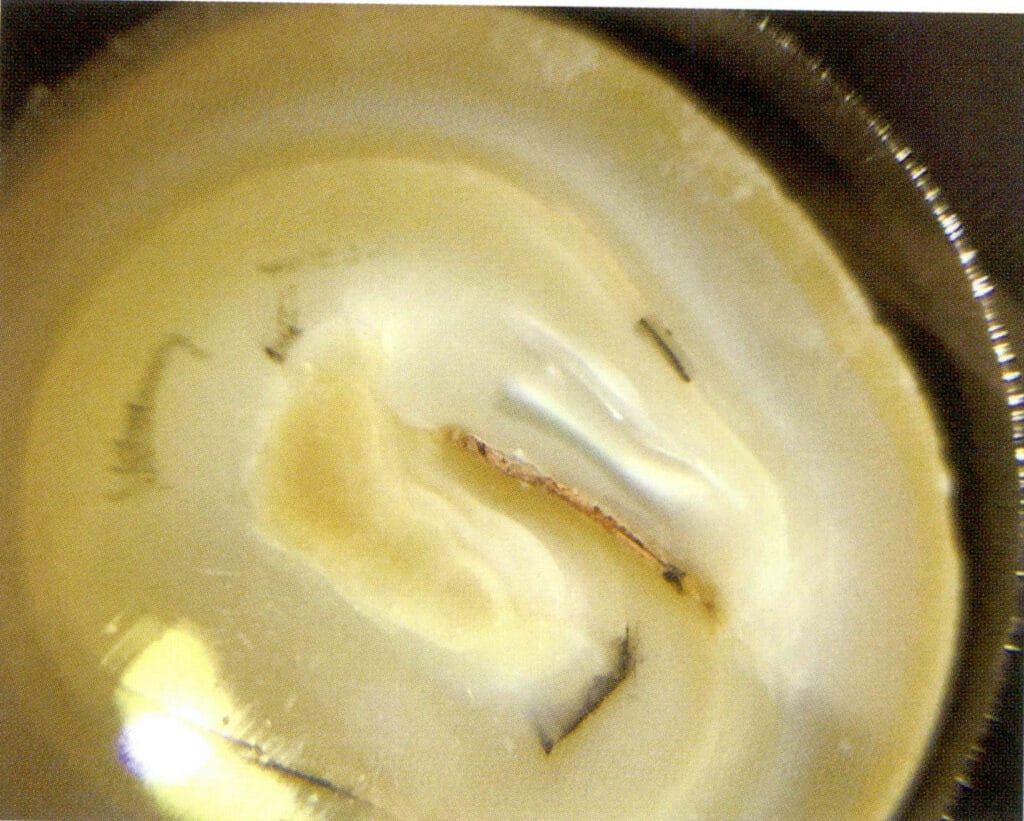
Figure 1-3-39 Cross-section of freshwater non-nucleated cultured pearls
(3) Bead Nucleated Pearls
Place the bead nucleus between the shell and mantle of the mollusk, and let the mollusk live in water for several years; a layer of natural calcium membrane will cover the bead nucleus. Bead nucleated pearls are shown in Figures 1-3-40 and 1-3-41.
The processing methods for cultured pearls vary; sometimes they are used directly, and sometimes the back is cut off, after which a layer of nacre is glued onto the half-formed pearl, and after turning, grinding, and polishing, a composite pearl is formed.
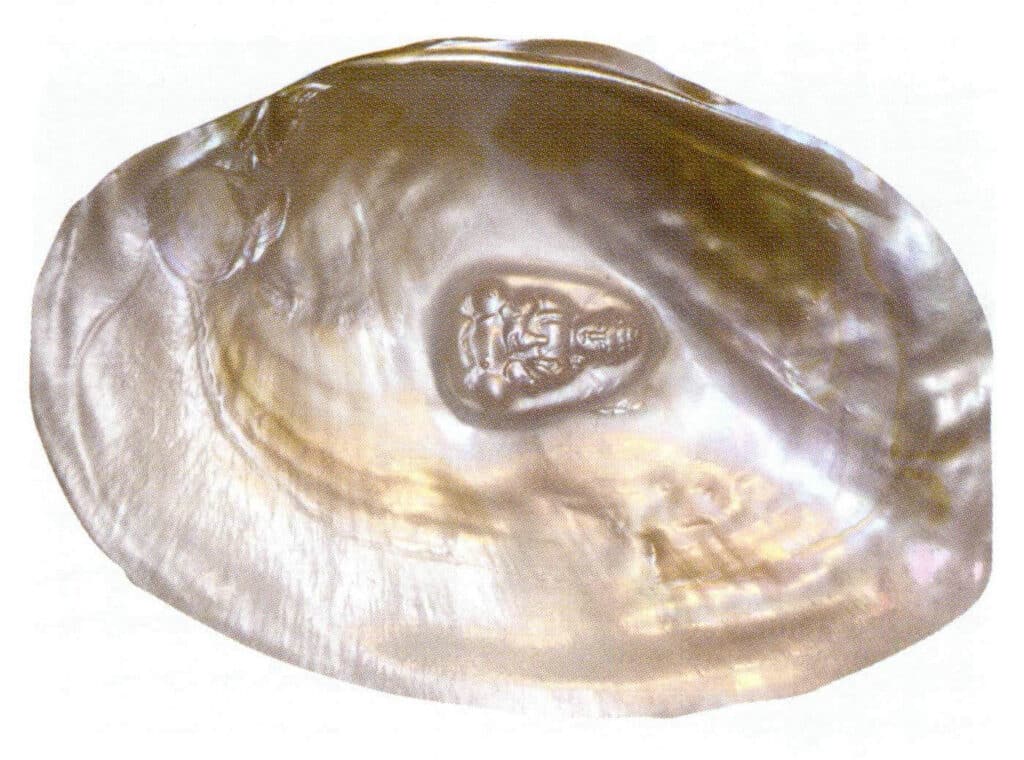
Figure 1-3-40 Bead Nucleated Pearls (Freshwater)
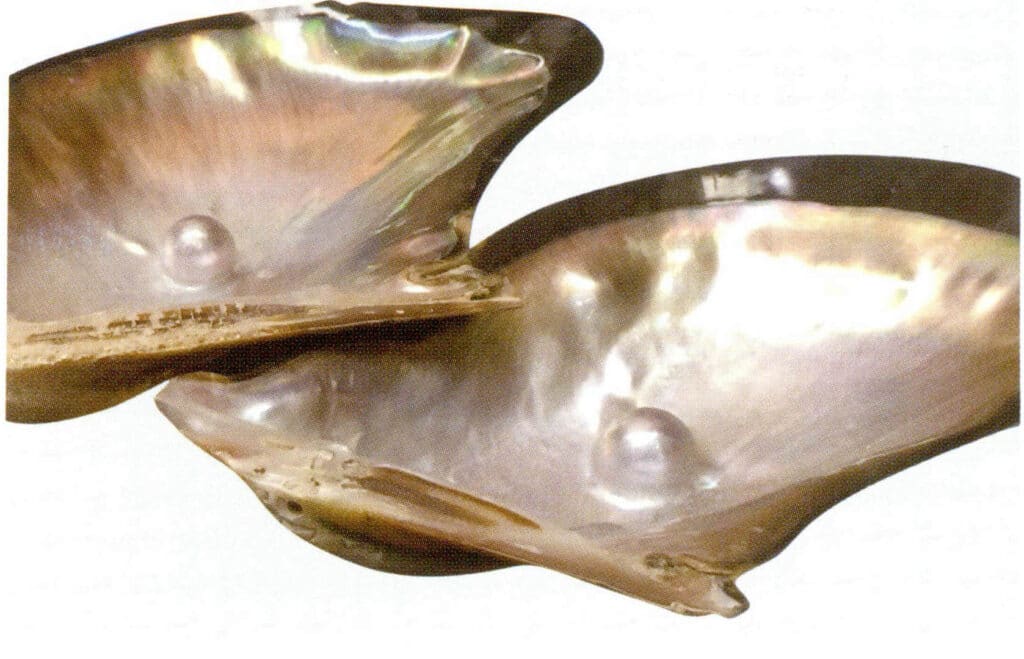
Figure 1-3-41 Pearl attached to shell (seawater)
4. Cultivation methods for Seawater nucleated pearls
Pearl cultivation technology was initially developed using Pinctada martensii shell for seawater pearl farming and later expanded to other shellfish species.
(1) Types and cultivation of mother-of-pearl oysters
The main seawater pearl-producing mollusks include the Akoya oyster (Pinctada fucata martensi, Pinctada martensi), black-lip pearl oyster (Pinctada margaritifera), giant oyster (Pinctada maxima), and Pteria Penguin; oysters can also produce pearls. Take the cultivation of seawater pearls in China as an example. seawater pearl-producing mollusks are shown in Figures 1-3-42 to 1-3-45
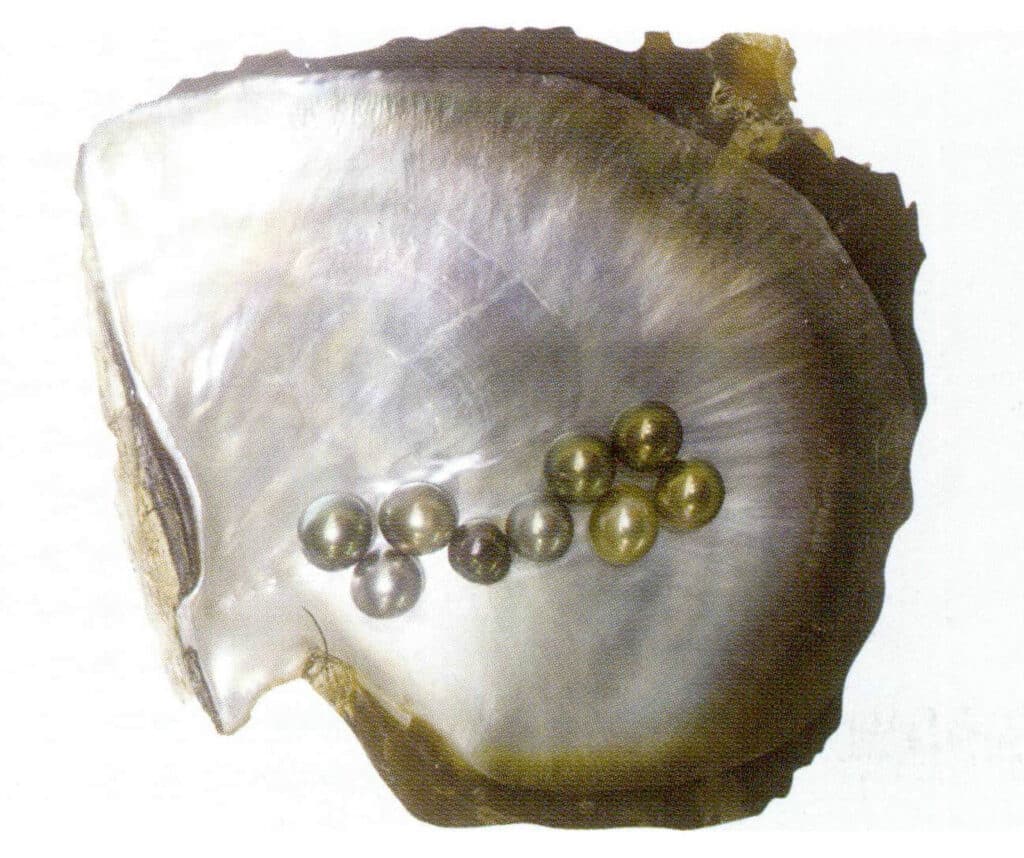
Figure 1-3-42 Black-lip pearl oyster and cultivated pearls
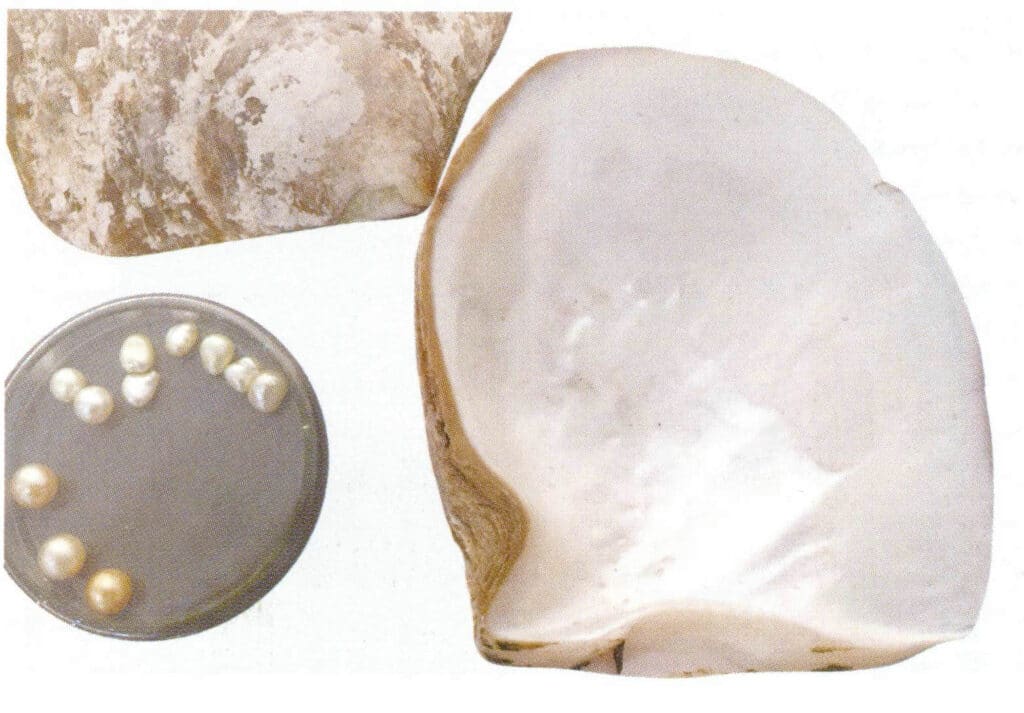
Figure 1-3-43 Giant oyster and cultivated pearls
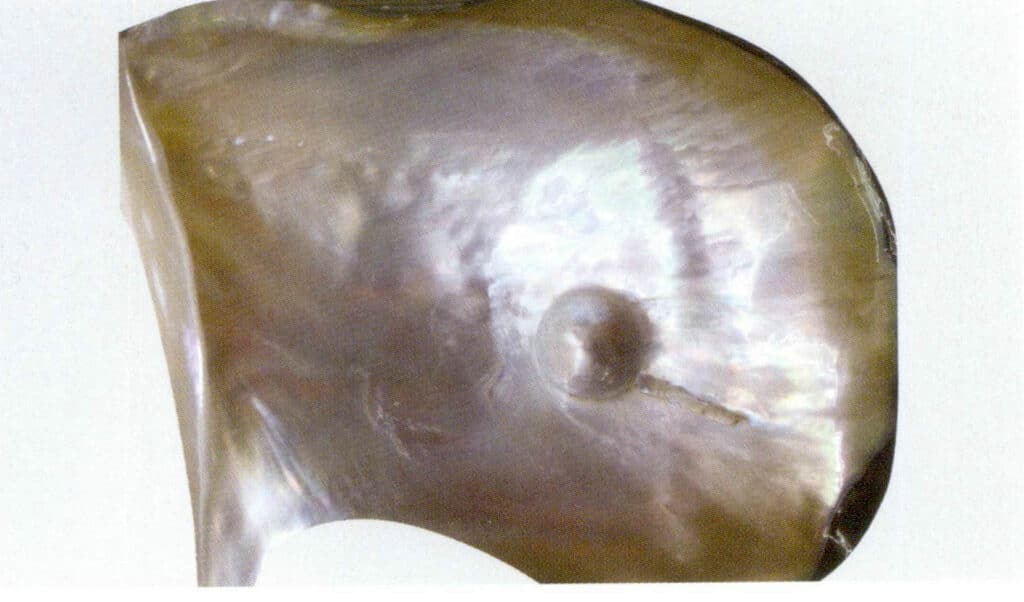
Figure 1-3-44 Pteria Penguin and cultivated mollusks with pearls

Figure 1-3-45 Akoya oyster and cultivated pearls
The main pearl-producing shellfish for seawater pearl farming in China and Japan is the Pinctada martensii. The individual of Pinctada martensii shell is relatively tiny and square-shaped, with a slightly straight dorsal edge, a curved ventral edge, and a bow-shaped anterior and posterior edge. The inner layer of the shell is thick, complex, and shiny. The organic layer is grayish-brown, with blackish-brown bands, as seen in Figures 1-3-46 and 1-3-47.

Figure 1-3-46 External view of the Pinctada martensii
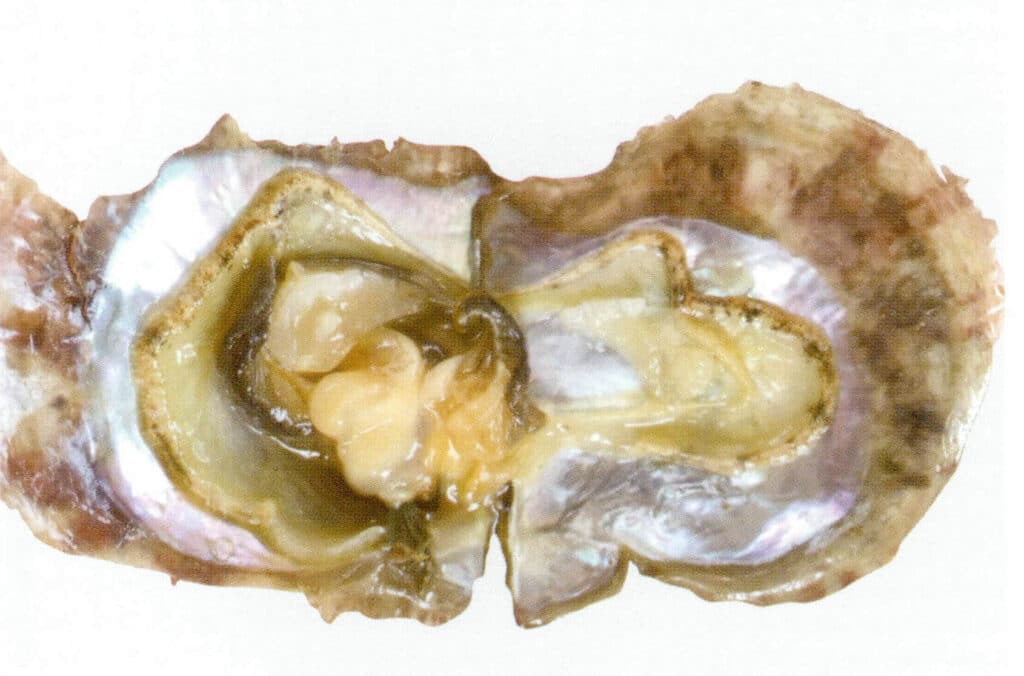
Figure 1-3-47 Internal view of the Pinctada martensii
The Pinctada martensii shell lives in tropical and subtropical seawater areas. It naturally inhabits bays or nearshore seabeds with water temperatures above 10℃. The water depth is generally within 10 meters, and its distribution range is relatively narrow. Adults live attached to rocky substrates for their entire lives using their foot filaments. The suitable water temperature range is 10-35℃. During feeding, they mainly ingest food through the opening and closing of their shells, the movement of the tentacles of the mantle, the filtering and transporting by the gills, and the selection by the labial palps. They primarily feed on phytoplankton and tiny zooplankton while consuming some organic debris and impurities. The average lifespan is about 11-12 years.
There are two sources for the mother shells: wild collection and aquaculture. Wild mollusks are obtained through collection. During the collection season, people would dive into the sea bottom of 1-10m to collect them, then send them to pearl farms, dispersing them on shallow substrates not occupied by other mollusks. This was completed in early autumn, and they would not be disturbed until selected the following spring.
Currently, they are mainly obtained through aquaculture. The water environment for cultivating Pinctada martensii shell must be dark, clean, with suitable temperatures, and free of debris and harmful organisms. During artificial breeding, after obtaining the eggs and sperm from the parent shells, artificial insemination is performed. The fertilized eggs are washed and left to settle, and when the larvae enter the swimming stage, they are transferred to the nursery pond. The swimming larvae are fed with clean Seawater and sufficient feed. Using a seed collector can yield artificial seedling shells at the attachment stage. Also, hanging various seed collectors in good collection sites during the breeding season can yield many seedlings. The seedlings collected from the seed collectors are then packed into seed cages and submerged in the sea for cultivation. The mesh of the seed cages should be smaller than the seedlings at each stage, and the netting should be regularly cleaned and replaced. It takes about six months for the seedlings to grow from small to medium and then to large seedlings. When the large seedlings begin to reach sexual maturity, they enter the growing period. The cages for the mother shells during the increasing period also need to be cleaned and replaced frequently to prevent pests and diseases and to avoid the impacts of typhoons, Freshwater, and low temperatures.
To obtain and cultivate the Pinctada martensii, cage farming should be adopted. cages made of metal wire, with several mesh parts inside each cage. Then, a mixture of coal tar, cement, and sand is applied to the surface to make it rough. Small blackboards are then fixed around the sides and bottom of the cage to create a dark area. This will attract the larvae of the mollusks to settle.
The cages are suspended about 6 meters below the water surface, with a spawning period in July-September every year. By November, the cages can be extracted from the water. The Pinctada martensii shell are transferred from the collection cage to the breeding cage. When the mollusks grow to about one year old, and the shell diameter reaches about 2.5cm, they can be distributed in rough-bottomed waters for cultivation.
The cultivation process of the Pinctada martensii is shown in Figures 1-3-48 to 1-3-55.
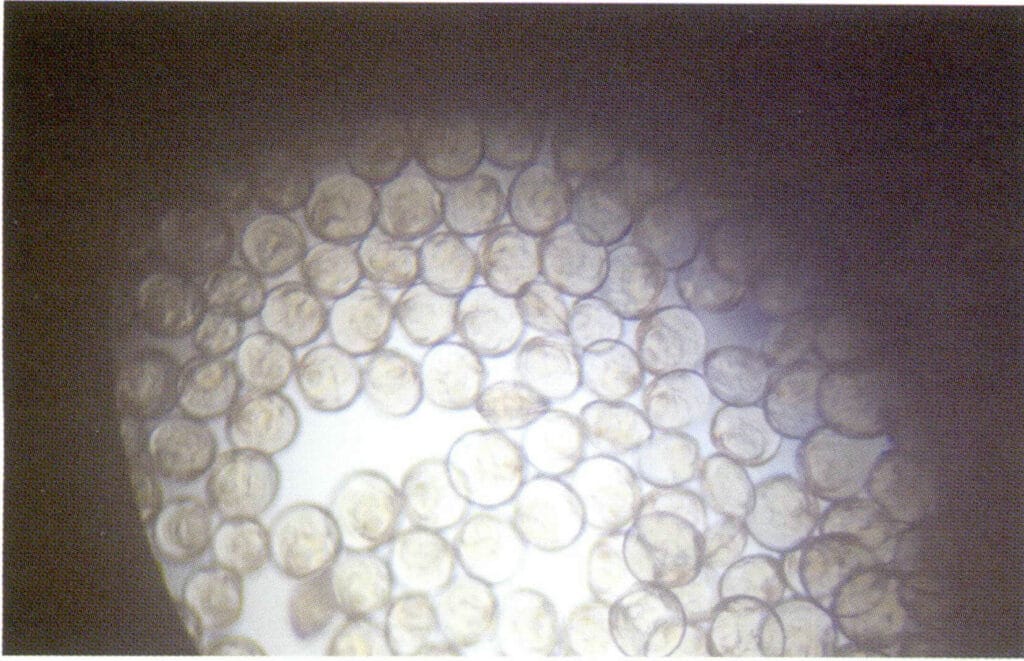
Figure 1-3-48 Juvenile Mactra (under microscope)

Figure 1-3-49 Mactra nursery pool

Figure 1-3-50 Partial view of Mactra nursery pool

Figure 1-3-51 Feed pool

Figure 1-3-52 Mactra seedling collection device
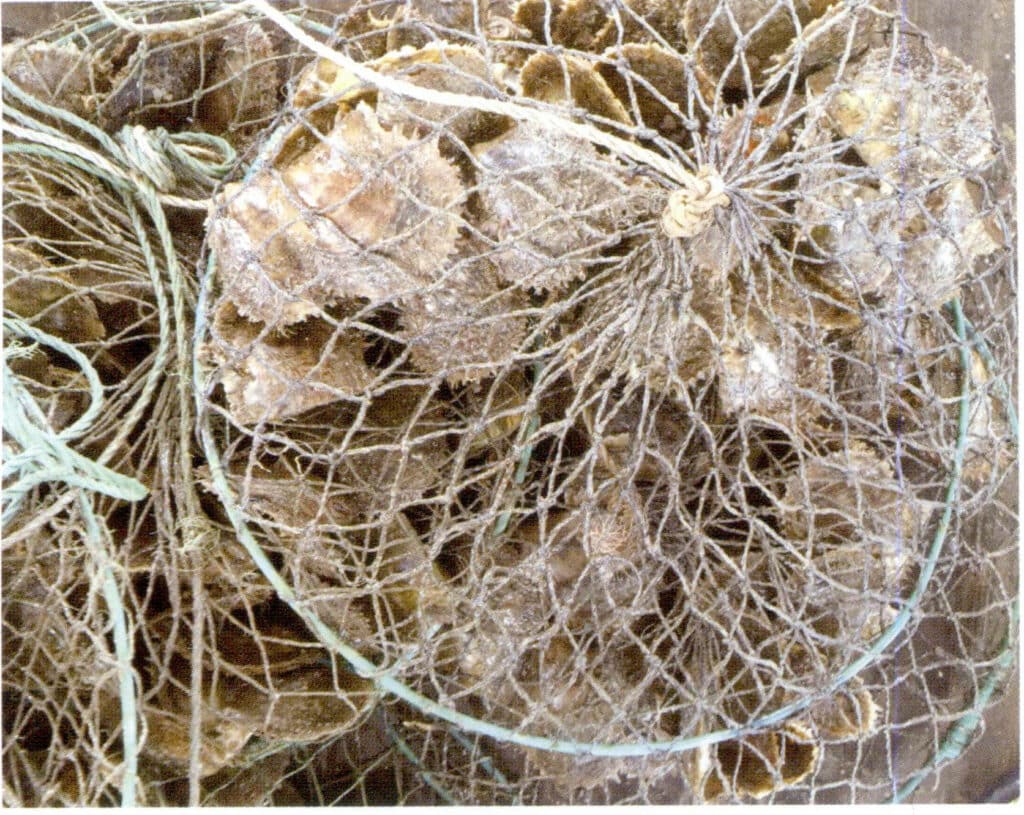
Figure 1-3-54 Arca in the hanging cage
(2) Artificial nucleation
About two years later, the Arca can be collected in the summer of the third year. After selection, those that meet quality requirements are used to insert pearl nuclei. If other organisms are attached to the outside of the shell, they must be removed immediately; those that are undersized can be sent back to grow for another year. Severely deformed or aged ones can only be discarded.
Artificial nucleation, refers to the process of implanting a seed nucleus into a pearl oyster to facilitate the formation of a pearl. This is a critical step in artificial pearl cultivation. The seed nucleus is generally made from freshwater shells, has good roundness, and a diameter of about 5-7mm, but it can also be more significant; it determines the size of the cultivated pearl.
In addition, small pieces of the mantle membrane from other sacrificed mussels, made on-site, must be used along with the shell nucleus to stimulate the pearl oyster to form a pearl sac. To make the mantle membrane, the mantle of the sacrificed mussel must first be torn off, a process also known as membrane tearing; then, it is cut into thin strips and finally cut into small squares.
While preparing the nucleus, various methods, such as inserting bamboo strips, are also needed to slightly open the two valves of the pearl oyster’s shell. Surgical tools are used to implant the seed nucleus into the corresponding pearl-forming area of the mother oyster, quickly completing the procedure and placing it in a cage for recovery. Performing nucleation surgery on oysters is a highly technical skill. Generally, novices need about a year of practice to become proficient, with young to middle-aged women being more suitable for this task.
The process of nucleation surgery is shown in Figures 1-3-56 to 1-3-67.
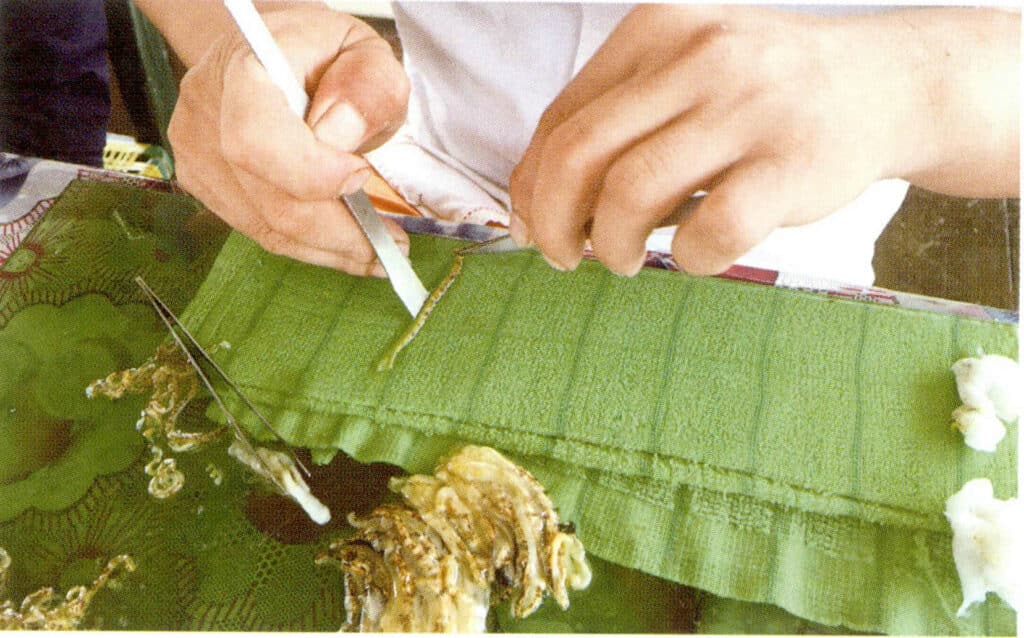
Figure 1-3-58 Film tearing and film making
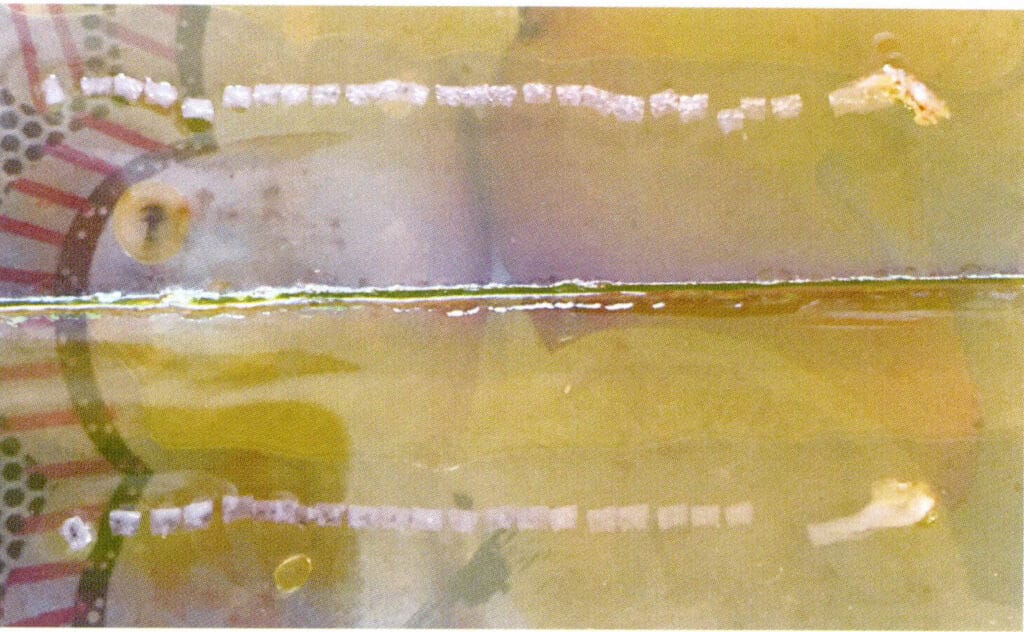
Figure 1-3-60 Small pieces of outer membrane to be implanted
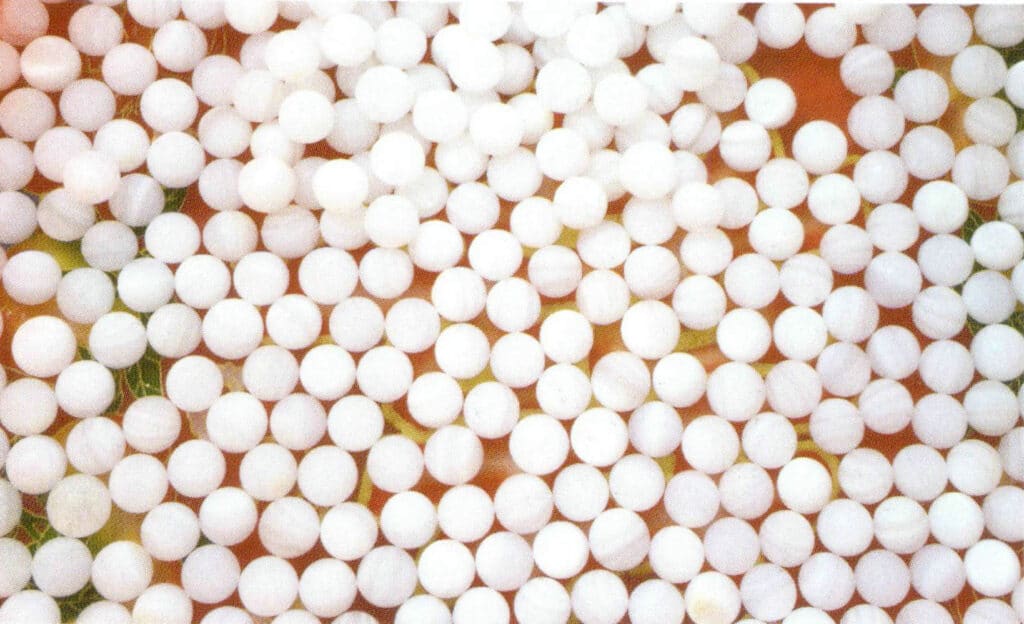
Figure 1-3-61 Shell Nucleus
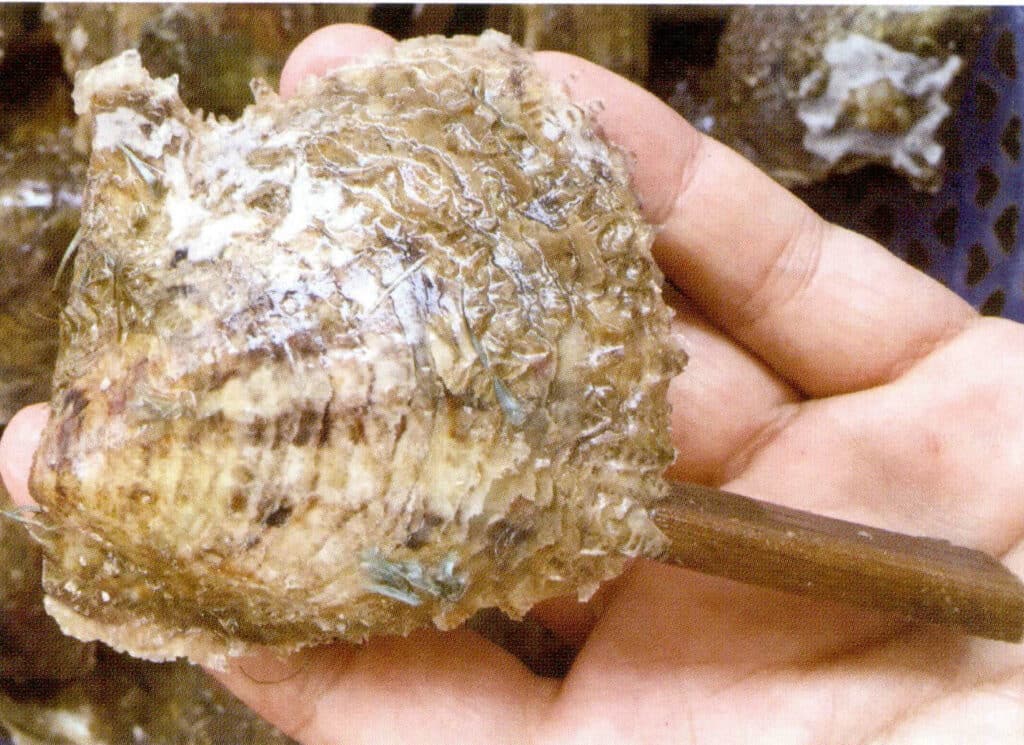
Figure 1-3-63 Opened Nucleus of the Inserted Mactra
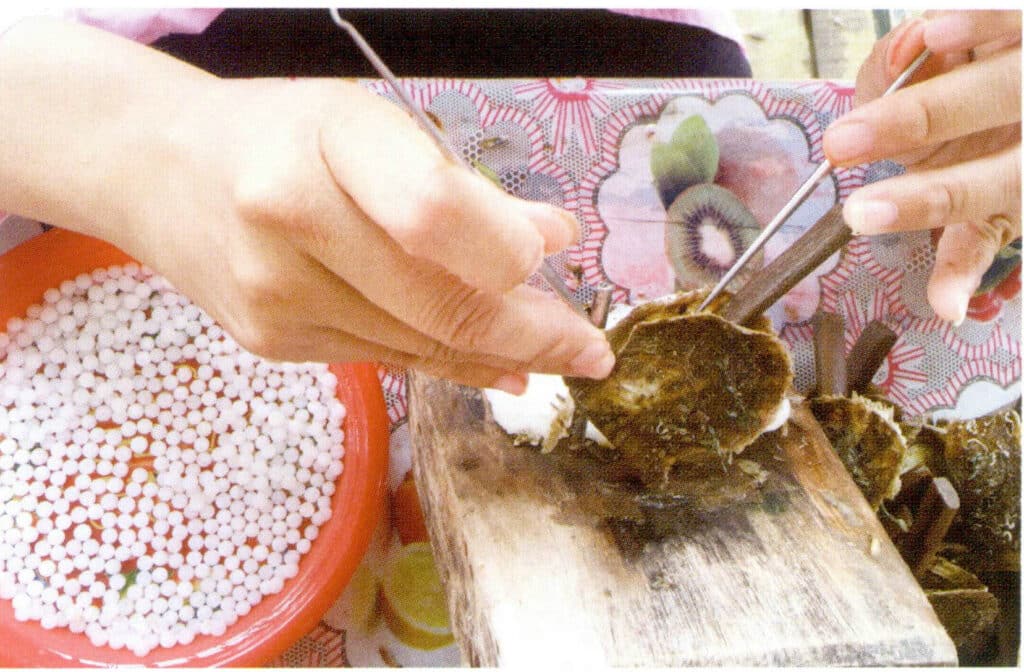
Figure 1-3-65 Inserting Nucleus (II)

Figure 1-3-66 Inserting Nucleus (III)
(3) Cultivation of pearl oysters
After nucleus insertion, after 2-3 years of cultivation, the pearls grow to about 5-7mm.
After the nucleus insertion surgery, the pearl oysters are transferred to the cultivation stage. The pearl oysters need to be placed in a calm water area for rest for about 20 days to 1 month after the surgery, and usually, it takes about one year of cultivation before pearls can be harvested. The farms are mostly located in subtropical seawater areas, generally having conditions of low waves, clean water, suitable depth, and abundant food.
Pearl oysters implanted with seed nuclei must be placed in special rafts suspended in cages and fixed in calm water areas with minimal environmental changes. The best time for this is in March or April each year, as the water temperature is most suitable for healing the outer mantle wound of the pearl oysters.
After 2 to 3 weeks, the seed nucleus begins to accept the nacre secreted by the mother-of-pearl, thus forming a pearl. After some time (a total of 4 to 6 weeks), it is necessary to check the development of the pearl layer, removing those mother-of-pearl shells that have not withstood the test and some small organisms attached to the shell to ensure their health. Then, they are placed in new cages and transferred to a fixed pearl farming area, suspended from the raft at a water depth of 2-3 m. See Figures 1-3-68 and 1-3-69 for the seawater pearl farming area.
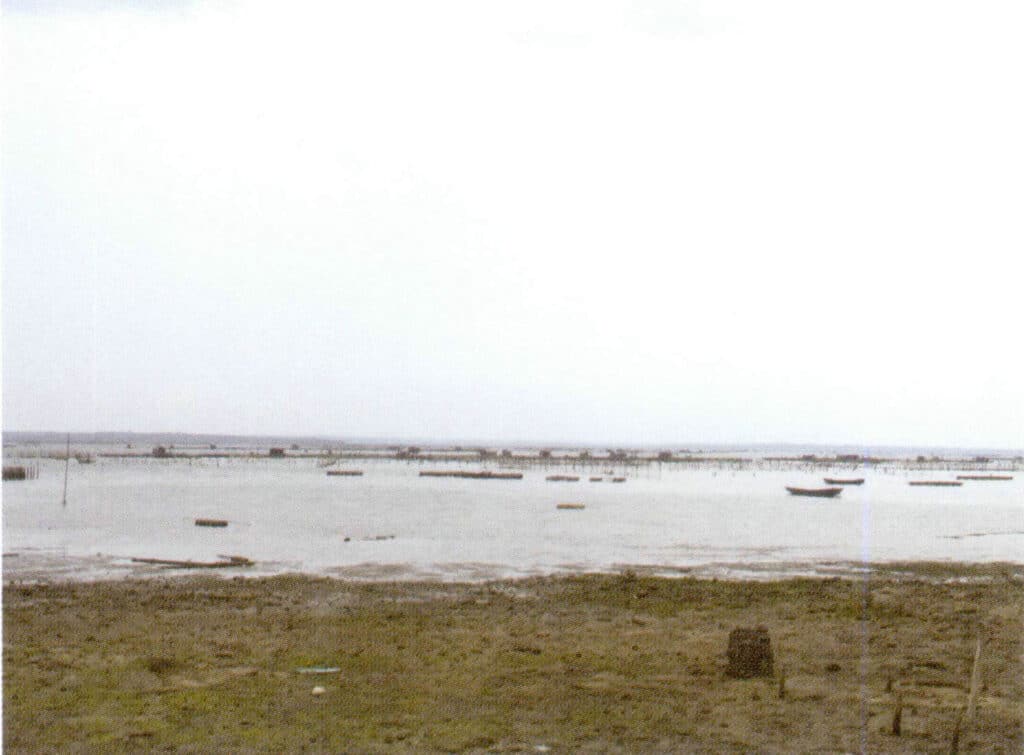
Figure 1-3-68 Pearls Farming Area

Figure 1-3-69 Beautiful Pearls Breeding Area
The farming time varies depending on the shell, region, technology, etc. For the Pinctada martensii, the seawater pearl farming time is around half a year or longer. During the farming period, the pearl-producing shells must always be undisturbed and in a normal growth state. Of course, during this process, farmers still need to check promptly for algae, debris, etc., attached to the shell and handle them appropriately.
In addition to the necessity of preventing natural enemies of the mother-of-pearl and paying attention to removing debris from the water, the greatest fear is the sudden change in water temperature and the death of host mollusks caused by “red tide.”
The pearl sac and the substances it secretes undergo significant changes during the formation of pearls. Initially, the small pieces of inserted cells have many gland cells, gradually disappearing over time, and the cell morphology changes from high columnar to flat. The substances secreted also change with the alteration in cell morphology. In the early stages, the pH value inside the pearl sac is acidic, secreting shell keratin; then the pH value shifts to alkaline, secreting calcium carbonate, forming the prismatic layer; finally, the pH value becomes neutral, secreting nacre. Among them, nacre is secreted 2-5 times a day, with each secretion covering a thickness of less than 1um.
(4) Harvesting
The harvesting time is generally from November to February of the following year. Pearls are usually not harvested during the high-temperature season because, in high temperatures, nacre precipitates quickly and is loose, often covered with a layer of white substance, resulting in dull luster and poor quality. In winter or low-temperature conditions, the secretion of nacre by the pearl oyster is slow, and the surface layer of nacre is more delicate and smooth, with better luster, making it the best time for pearl harvesting.
The method of collecting pearls is carried out in the order of the staff, collecting one before moving on to the next, and so on. After taking the pearl oyster from the sea, a knife is inserted into the body from the opening at the abdominal edge, cutting the adductor muscle with force to expose the soft body part. Tweezers or a knife are gently inserted into the pearl sac to carefully take out the pearl from the sac.
Freshly harvested pearls, due to being covered with Seawater, bodily fluids, and dirt, if left for too long, the gelatinous calcium carbonate and organic matter on the surface of the pearls will thicken, causing the nacre to darken and oxidize, affecting quality. Therefore, they should be processed promptly after harvesting. First, wash with filtered warm Seawater, rinse with clean water, and dry with a soft towel. They can also be soaked in saturated saltwater for 5-10 min, then mixed and rubbed with pearls using a ratio of 2:1 salt, and finally, they salted in warm water to separate the pearls, washing them clean with clean water. Alternatively, the harvested pearls can be soaked in a fattening solution, gently brushed with a soft brush, rinsed with clean water, and dried with a new soft towel. The harvested pearls are shown in Figures 1-3-70 and 1-3-71.
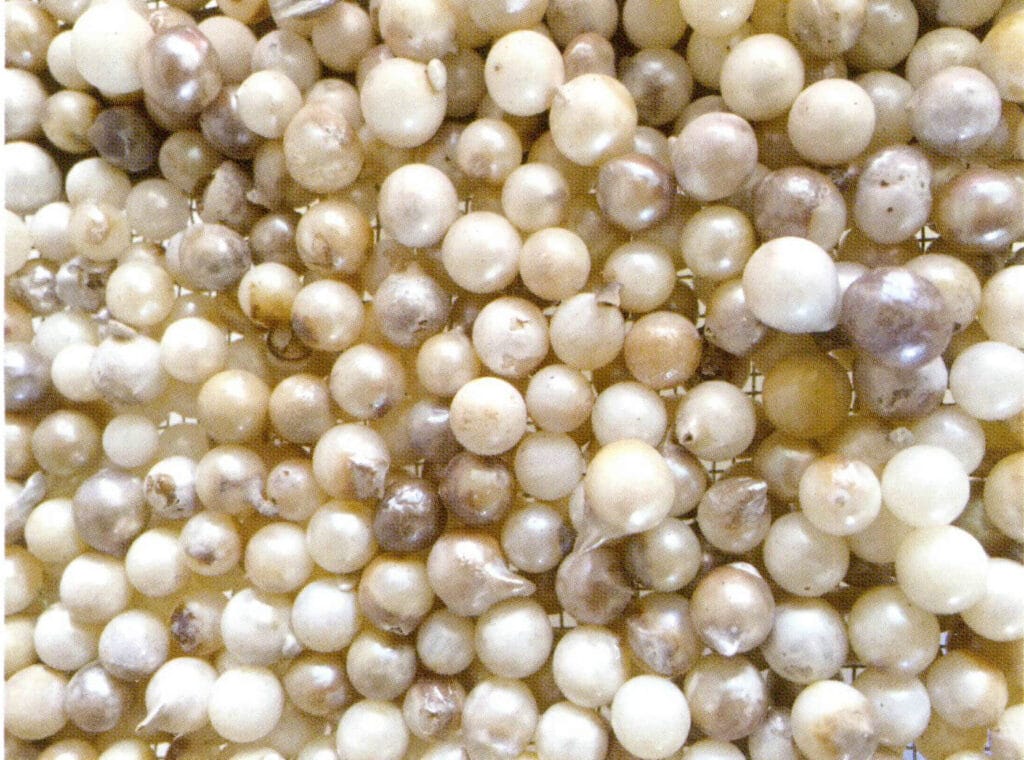
Figure 1-3-70 Harvested Pearls (1)

Figure 1-3-71 Harvested Pearls (2)
5. Cultivation Methods for Freshwater Non-Nucleated Pearls
(1) Types and Cultivation of Pinctada
The main freshwater bivalves include Hyriopsis cumingii or triangle shell mussel, Cristaria plicata or cockscomb pearl mussel, Hyriopsis schlegeli or Biwa pearly mussel, and the Lamprotula leai, as shown in Figures 1-3-72 to 1-3-75. Due to the thick shell layer of the Lamprotula lead, the quality of pearls produced is relatively poor, so it is mainly used for grinding pearl nuclei rather than for pearl cultivation. In China, the triangle shell mussel and cockscomb pearl mussel are mainly used for pearl cultivation, while in Japan, the Biwa pearly mussel is predominantly used for pearl farming.
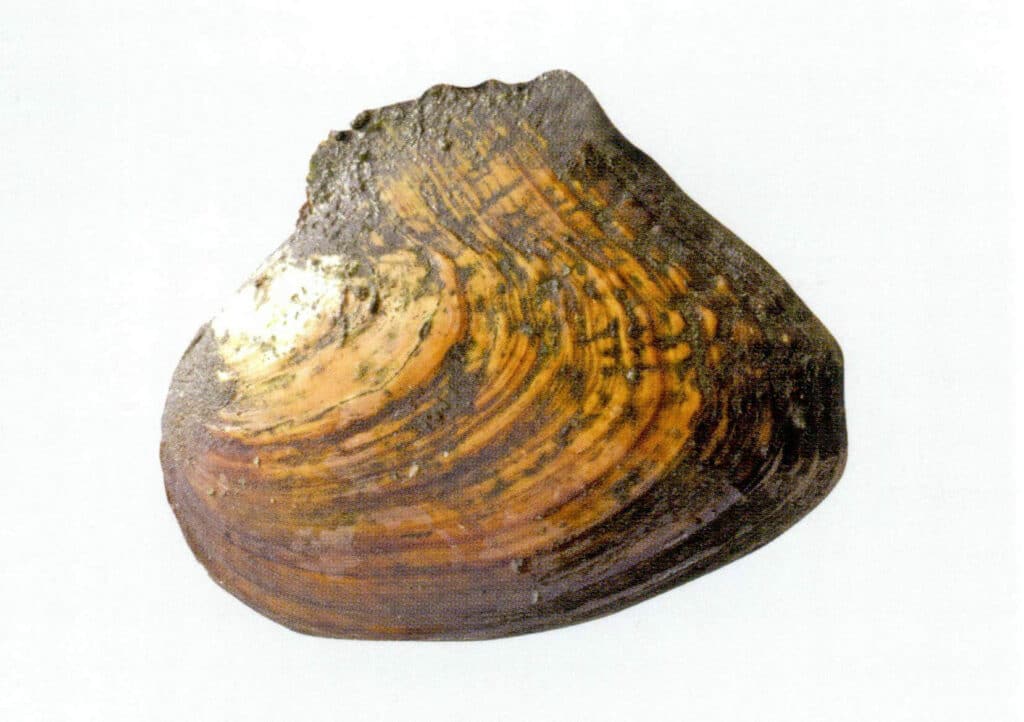
Figures 1-3-72 Hyriopsis cumingii or triangle shell mussel,

Figures 1-3-73 Cristaria plicata or cockscomb pearl mussel,
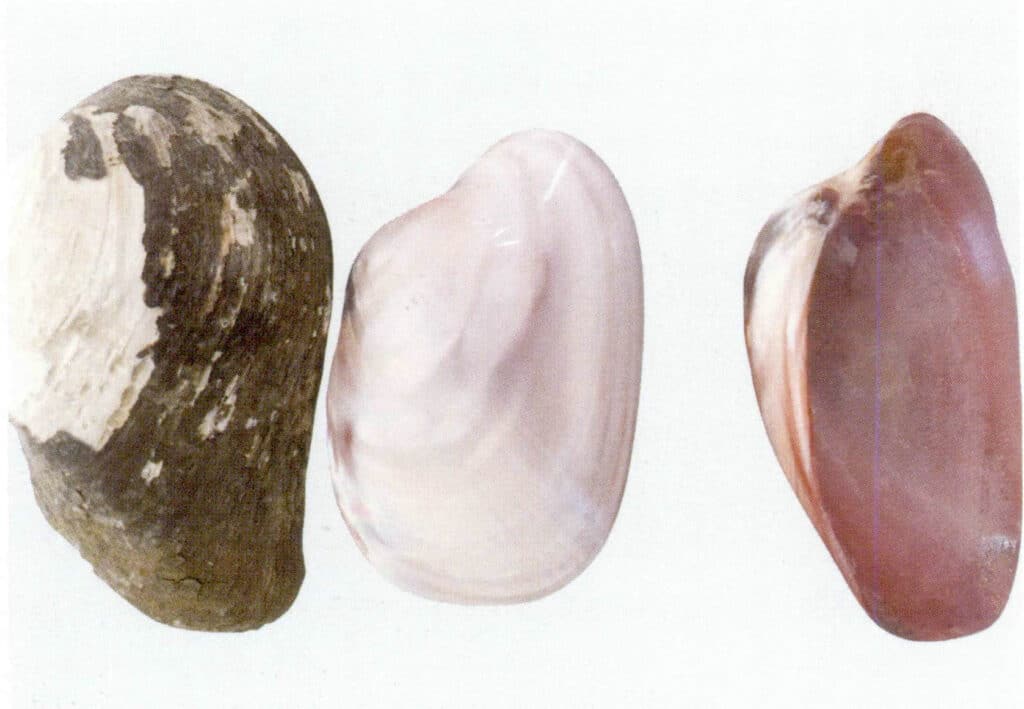
Figures 1-3-74 Hyriopsis schlegeli or Biwa pearly mussel,
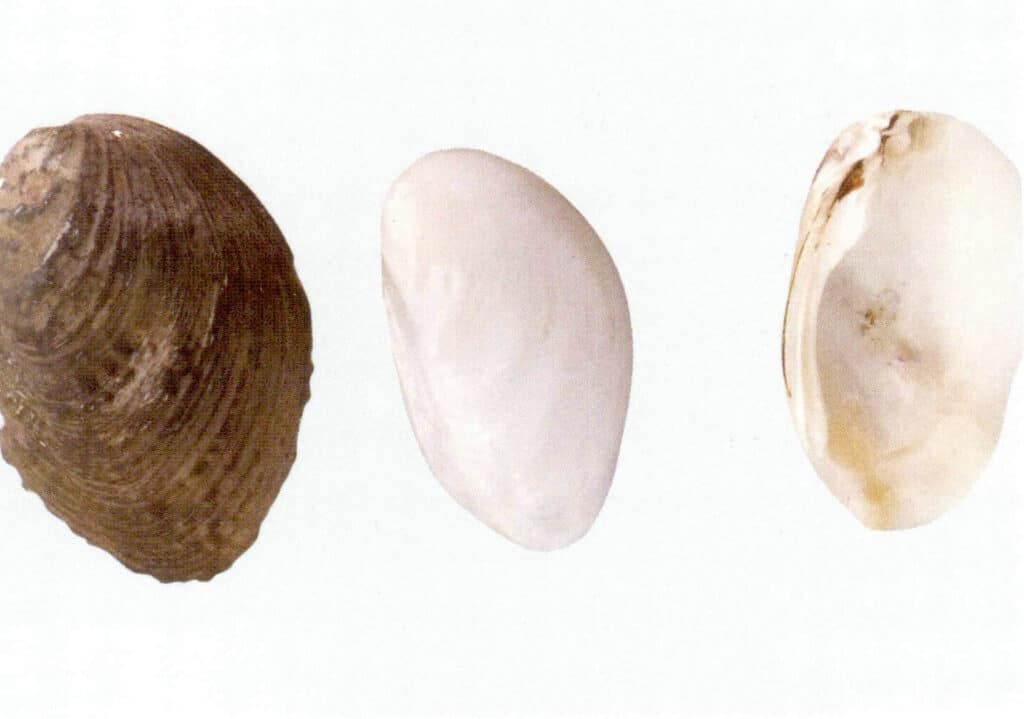
Figures 1-3-75 Lamprotula leai
Among freshwater bivalves, triangle shell mussel produces the best quality pearls, with a smooth and fine texture, a relatively round shape, and good color, but it grows slowly. The quality of pearls from the ribbed crown clam is second best, with many wrinkles appearing white or pink, generally oval, and it grows quickly. The pond butterfly clam is similar to triangle shell mussel, produces good quality pearls, and grows quickly.
Triangle shell mussel has upwardly protruding triangular sail-like posterior wings with a slightly triangular shape, and the shell can reach 24cm, as shown in Figure 1-3-72. The best breeding clams should be collected from wild clams in natural water bodies, and it is best to select male and female clams from different water bodies to ensure the germplasm’s quality and improve the offspring’s pearl cultivation performance.
The farming water bodies can be ponds, rivers, and large water areas. The farming area of ponds should be adapted to local conditions, with small ponds being 2000-3500m2, and larger ponds ranging from a 1000-100000m2, with a water depth of 1.5-2m. The water quality is generally rich, and the feed organisms are abundant. In ponds, grass carp, bream, pike, and loach can be mixed, but it is not suitable to stock or only a small amount of omnivorous fish like mullet, and predatory fish like black carp and grass carp should not be stocked. Unpolluted rivers with sufficient oxygen and fresh water in a flowing state allow for adequate material exchange, making them suitable for the growth of triangle sail clams. For lakes and reservoirs, due to the large area of water, it is generally advisable to choose shallow water areas along the shore or other shallow water bodies for pearl clam farming. The water in large water surfaces has high mobility, is thin in quality, and is rich in dissolved oxygen, but the environmental factors are complex, making management operations less convenient.
The cultivation is generally carried out using the mud pool flow cultivation method and the small net box shallow hanging method, allowing the artificially bred young clams from April to May months to be released in mid to late June. After more than 80 days of cultivation, the growth rate of the small clams can reach 1mm/d, and by early September, the clams can grow to 7-9cm, meeting the specifications required for pearl nucleation (Figures 1-3-76, 1-3-77).
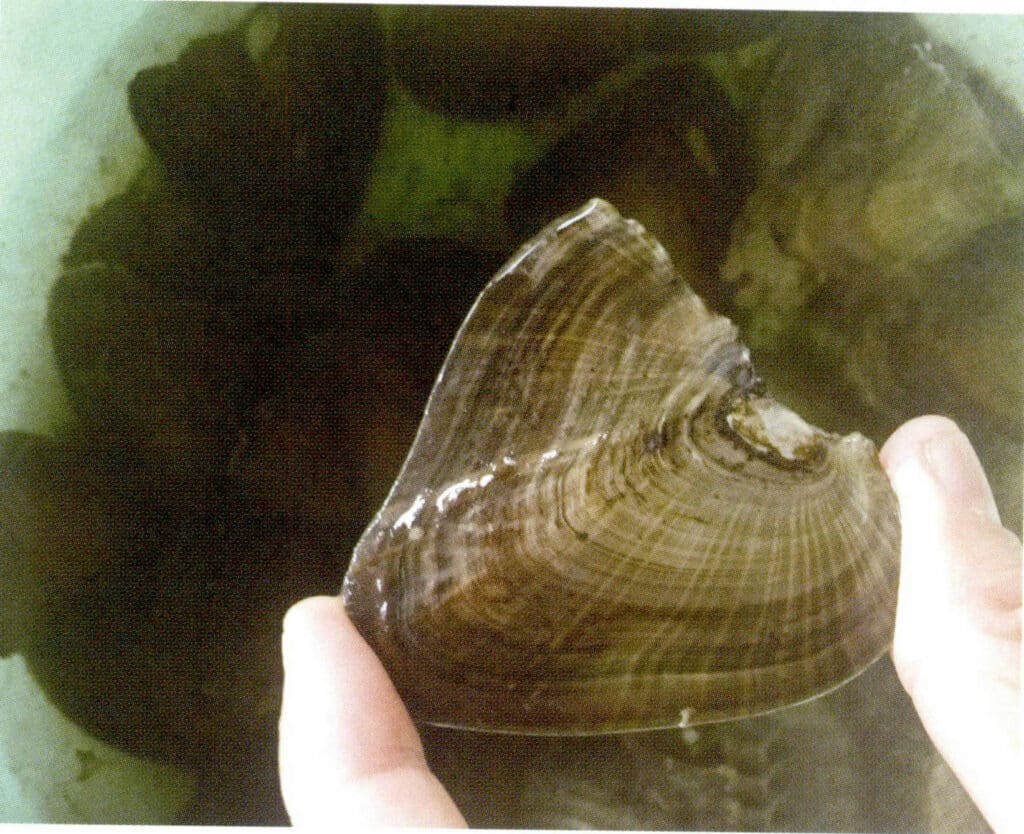
Figure 1-3-76 Young clams waiting for nucleation 1
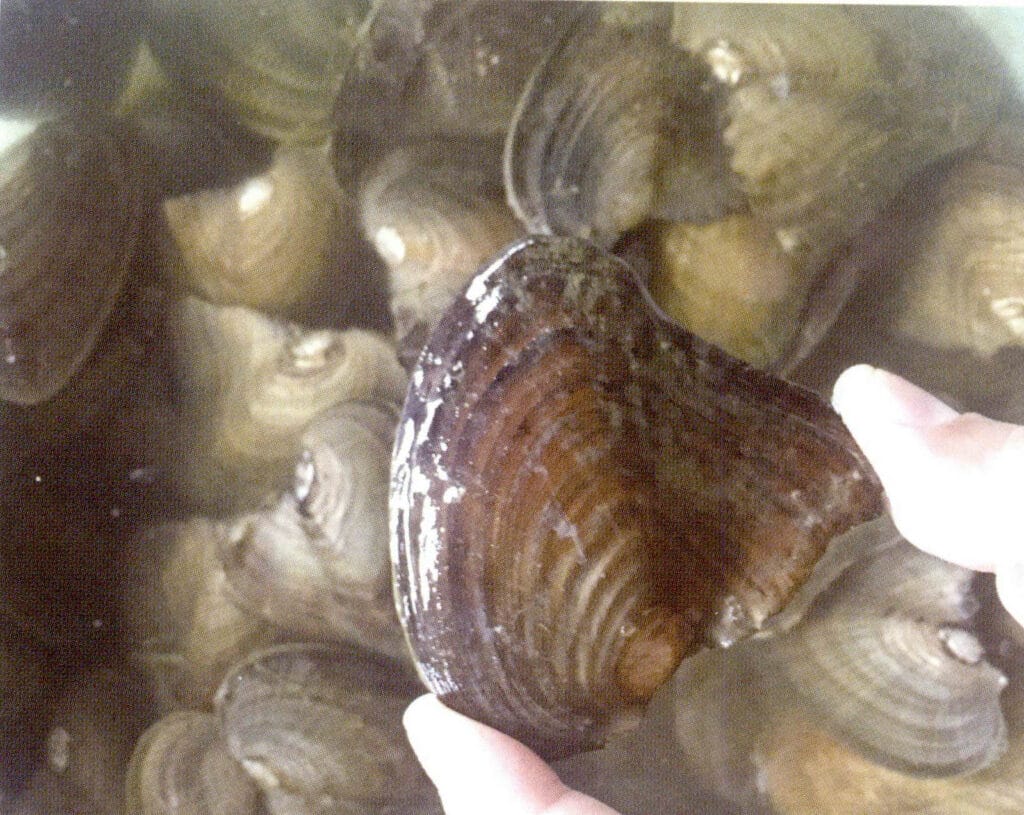
Figure 1-3-77 Young clams waiting for nucleation 2
(2) Artificial Nucleation
Artificial nucleation involves using minimally invasive surgical methods to implant small pieces of cells and pearl nuclei into the bodies of pearl-producing mollusks and then returning the pearl-producing mollusks to the water for recovery. The nucleation surgery is a key step in pearl production; doing this well can improve the survival rate of the operated clams, avoid diseases, and increase the proportion of high-quality pearls.
Cristaria plicata can insert 50 outer membranes, 25 on each side, producing 50 pearls; Hyriopsis cumingii can insert 24-32 outer membranes, 12-16 on each side, producing 24-32 pearls. However, there is no fixed rule for the number of nuclei inserted.
The season for nucleus insertion and pearl cultivation is more suitable in March-May and Sept-October when the water temperature is 15-25℃. During this time, the metabolism of the pearl-producing clam is vigorous, the survival rate of the cell fragments is high, the surgical wounds heal quickly, the formation of the pearl sac is rapid, the secretion of pearl substance is fast, and the quality of the pearls is good.
When the water temperature exceeds 30℃, although the surgical wounds heal quickly and the pearl sac forms rapidly, the survival time of the cell fragments is shorter, the survival rate is low, and the wounds are prone to ulceration and infection, leading to the death of the pearl-producing clam. Suppose pearl cultivation surgery is performed in high-temperature seasons. In that case, it must be done in a cool, ventilated, and shaded area, and the operator must have skilled techniques to complete the entire surgical process quickly. When the water temperature drops below 5℃, the triangular sail clam hibernates. Although performing surgery at this time reduces the chance of infection, the wounds are not easy to heal, and the cell fragments are prone to freezing to death.
Nucleus insertion must select healthy, disease-free, and undamaged pearl-producing clams. All tools should be strictly disinfected and cleaned during the surgery to avoid contamination. Soak or wipe all operating tools with 70% alcohol, or perform the surgery in a sterile environment. The operator must clean their hands before starting work.
Pearls should be made in a shaded, windless environment to prevent the wind from causing the cell fragments to dry out and to avoid reducing the vitality of the cell fragments due to direct exposure to ultraviolet rays. Additionally, using a mixed nutrient solution to treat the cell fragments can improve their survival rate and disease resistance, thereby increasing the yield and quality of the pearls.
During the nucleation process, the operator’s skills must be proficient, actions swift, and the surgery time should be as short as possible, ideally not exceeding 8 minutes, to ensure the survival rate of the cell pieces and the breeding clams. The opening width should not exceed 0.8cm to avoid injuring or tearing the adductor muscle, which could lead to the death of the clam after surgery. The wound area of the nucleation piece should not exceed 5% of the total area of the mantle to prevent severe edema in the clam’s tissue organs, leading to death. To monitor the quality of nucleation, some farms will engrave the serial number of the nucleation master on each breeding clam.
After the nucleation surgery, the breeding clams are first allowed to rest and be observed before being placed on the farm. The processes of nucleation and insertion can be seen in Figures 1-3-78 to 1-3-89.
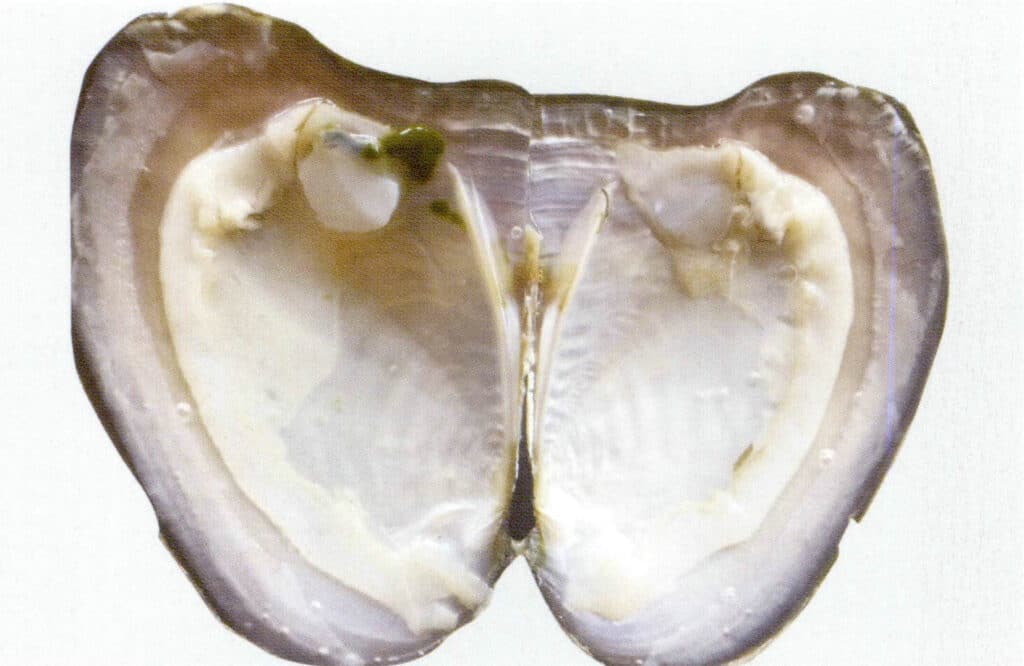
Figure 1-3-78 shows the sacrificial clam providing the mantle

Figure 1-3-81 Pre-made Small Pieces of Shell Membrane
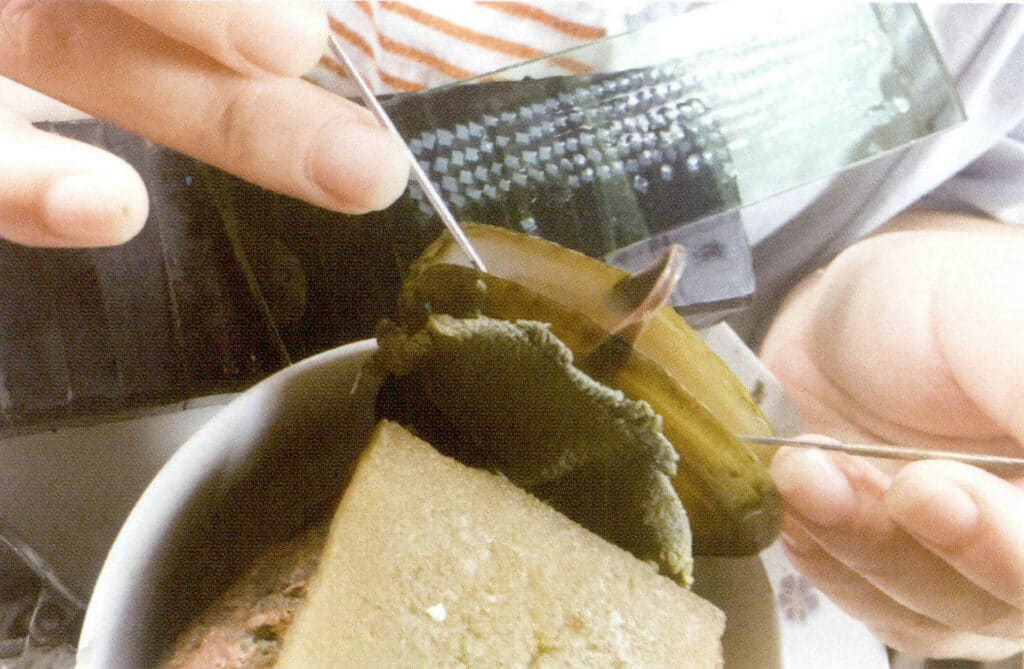
Figure 1-3-83 Insert the Nucleus
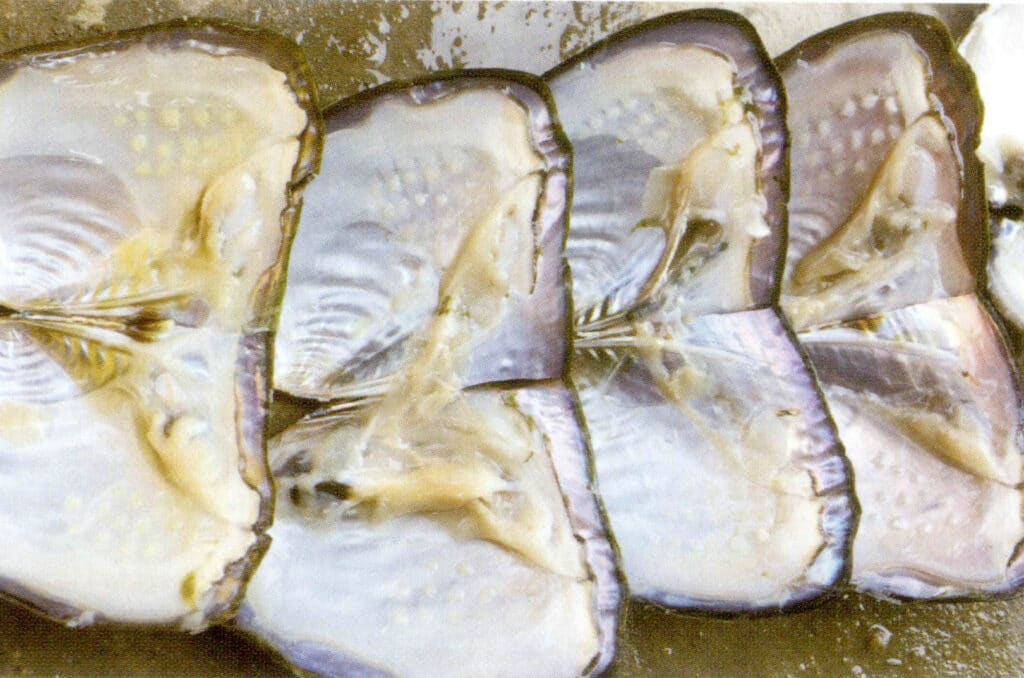
Figure 1-3-85 Location of the nucleus insertion

Figure 1-3-88 Sequence number of the nucleus insertion master on the clam shell
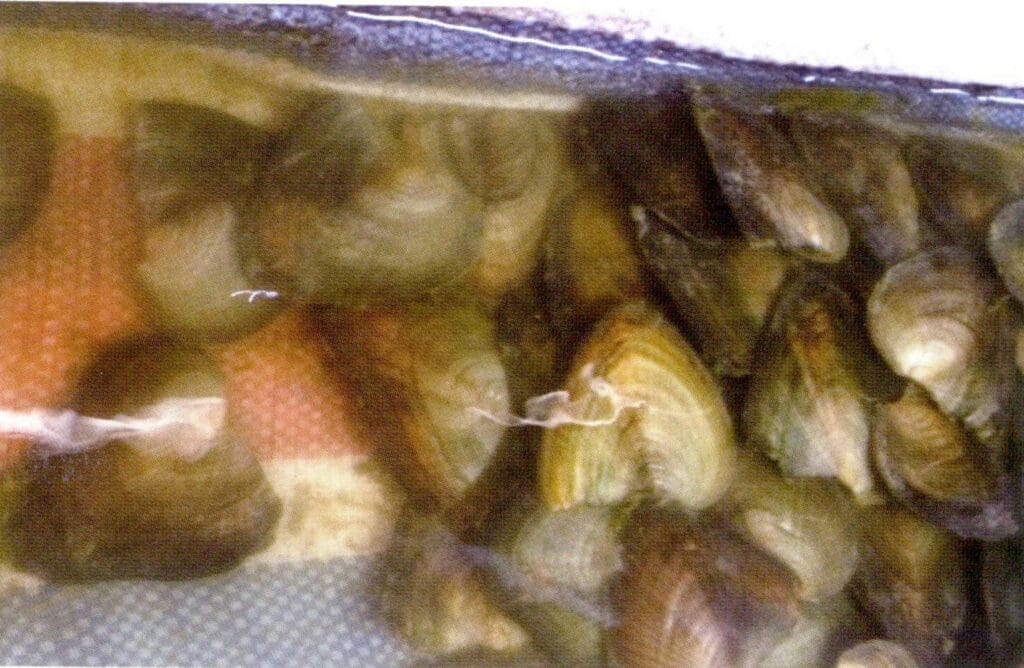
Figure 1-3-89 Pearl oyster after surgery
(3) Cultivation of pearl-producing mother oysters
About a week after inserting the nucleus, the pearl oysters are placed in net cages and then suspended in the water for cultivation. The cultivation period generally lasts from six months to four years. The longer the cultivation time, the larger the pearls. However, if it exceeds four years, the probability of the pearl’s luster being affected due to the aging of the pearl oysters greatly increases.
The water areas for pearl oyster cultivation are similar to those for breeding mother oysters, usually consisting of ponds, rivers, and lakes. An ecological environment that is relatively suitable for the growth of pearl oysters and pearl cultivation is flowing water with a some speed, maintaining the pH of the pearl cultivation water in a slightly alkaline range, ideally around 7-8. Nutrient salts: Calcium salts are the most needed salts for oysters, and applying calcium fertilizer can supplement the calcium source, promoting oyster growth. By applying organic and inorganic fertilizers to supplement trace elements such as magnesium, silicon, and manganese required by the oysters and additionally adding rare earth elements to promote the secretion of pearl substance by pearl oysters, the formation of pearls can be accelerated. The fertility of the water and the abundance of feed organisms can be reflected by the watercolor, with a yellow-green color being preferable and transparency of around 30cm being ideal.
Pearl oysters are cultivated using a suspended method, placing them in water layers with a high plankton biomass, providing ample feed and dissolved oxygen. Before stocking, choosing a relatively close bank on both sides of the water area is necessary, using bamboo or tree stumps to create fixed supports or directly driving piles on both banks. Then, every 1-2m, a rope is pulled along the water surface, and floats are tied at regular intervals on each polyethylene rope. The floats ensure that the suspended pearl oysters remain evenly suspended in the water layer; empty plastic bottles with some buoyancy can be used as floats, as shown in Figures 1-3-90 and 1-3-91.
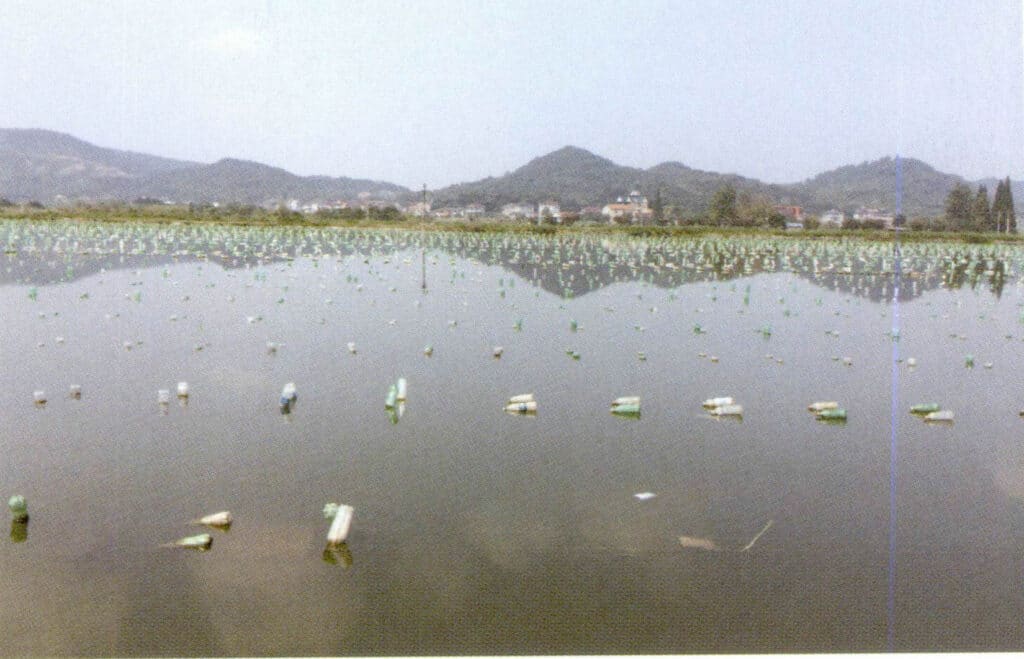
Figure 1-3-90 Pearl farming water area and buoy(1)

Figure 1-3-91 Pearl farming water area and buoy(2)
Place the seed pearl oysters in a net bag for hanging culture, generally putting 1-3 seed pearl oysters in each bag so that the oysters are about 30-70cm from the water surface, see Figure 1-3-92 and Figure 1-3-93.
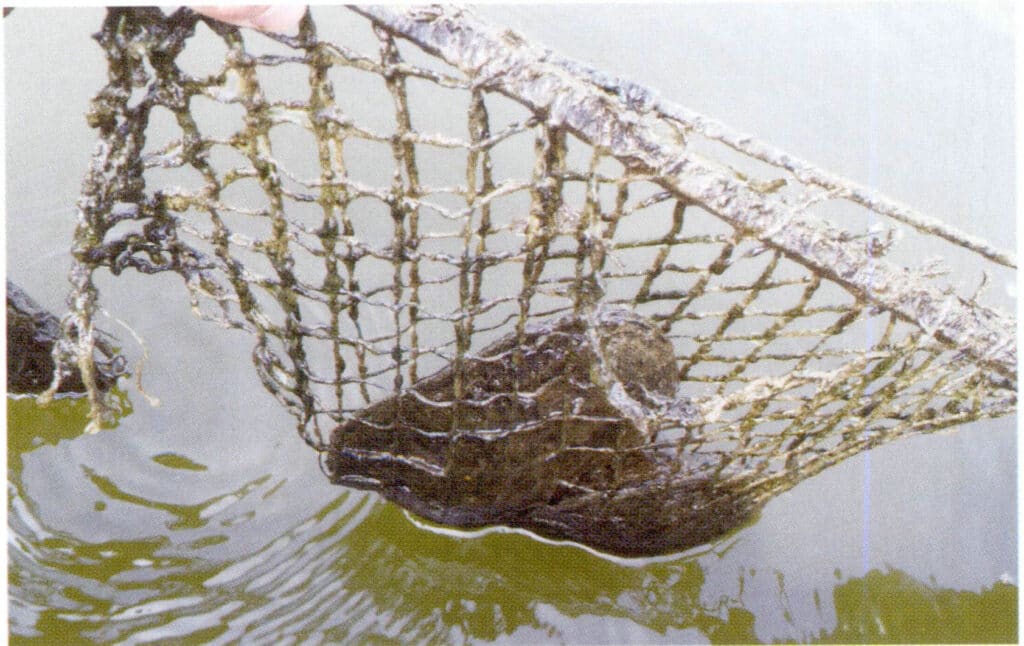
Figure 1-3-92 Hanging culture (1)

Figure 1-3-93 Hanging culture (2)
During the breeding period, it is necessary to regularly check the oysters’ health status to detect diseases promptly, see Figure 1-3-94. When seed pearl oysters undergo changes or die, it will greatly affect the quality and yield of pearls, see Figures 1-3-95 to 1-3-99.
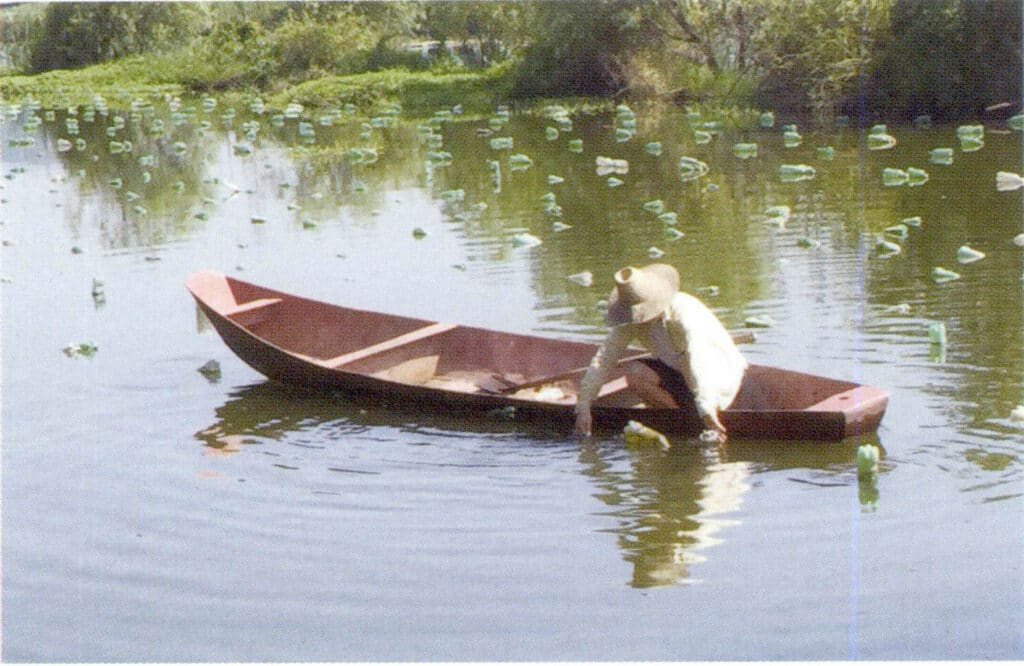
Figure 1-3-94 Checking seed pearl oysters

Figure 1-3-96 Water area where pearl oysters died
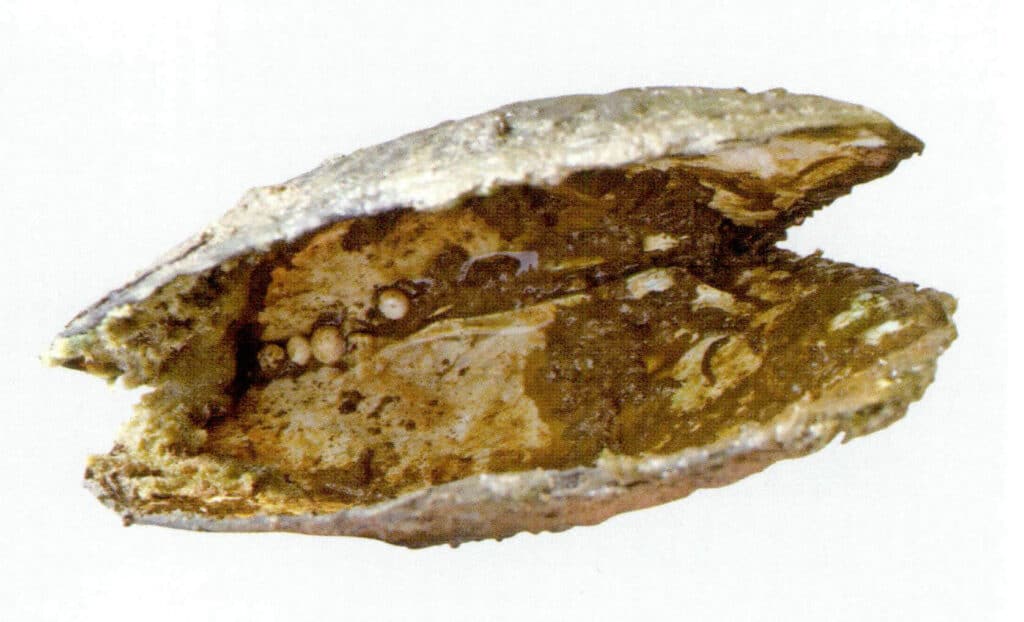
Figure 1-3-97 Empty oyster shells left after the body lesions led to death

Figure 1-3-99 Pearls in dead bivalves
(4) Harvest
The harvesting season is from November of each year to March of the following year, during which pearls grow slowly, and both luster and flaw levels are relatively good. Due to weather and other reasons, large-scale pearl collection generally concentrates in November and March.
The small-scale harvesting process of family pearl farms is shown in Figures 1-3-100 to 1-3-105. The large-scale opening of shells and pearl extraction processes in shell-opening venues are shown in Figures 1-3-106 to 1-3-113.

Figure 1-3-100 Opened Cultured Pearl Oyster

Figur 1-3-102 Høstede perler av høy kvalitet uten kjerner
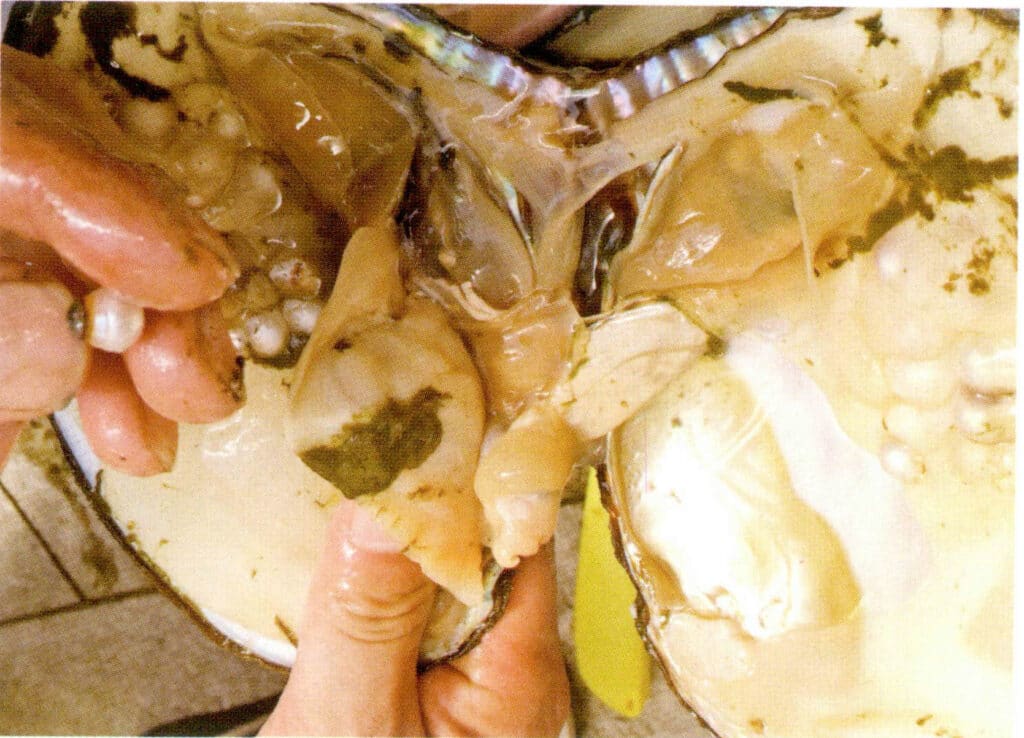
Figure 1-3-103 Harvested Defective Pearls

Figure 1-3-104 Non-Nucleated Pearls Harvested from a Single Cultured Pearl Oyster
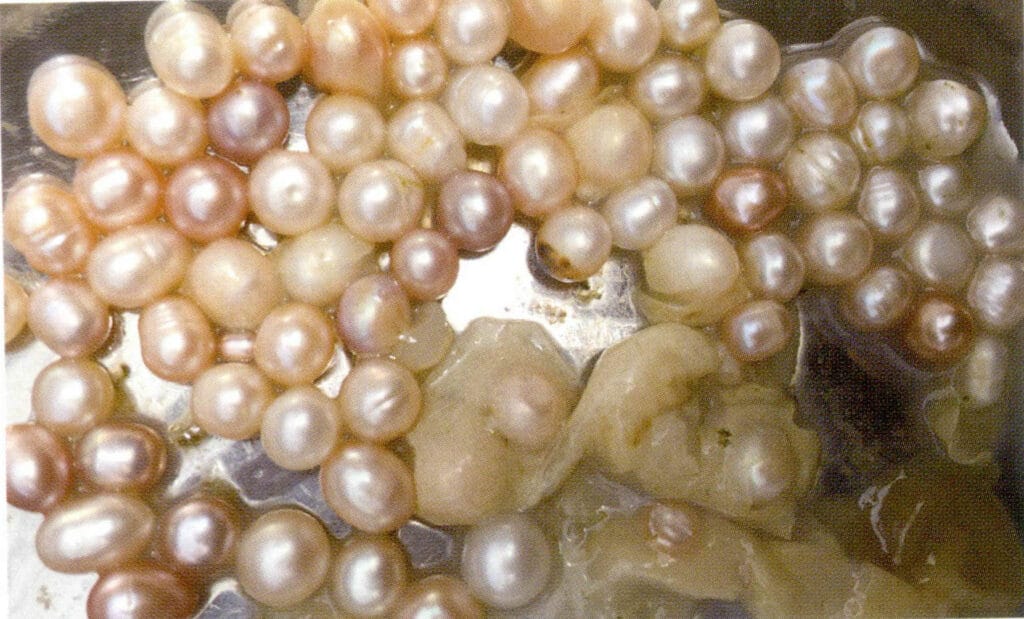
Figure 1-3-105 Newly Harvested Nucleus-free Pearls
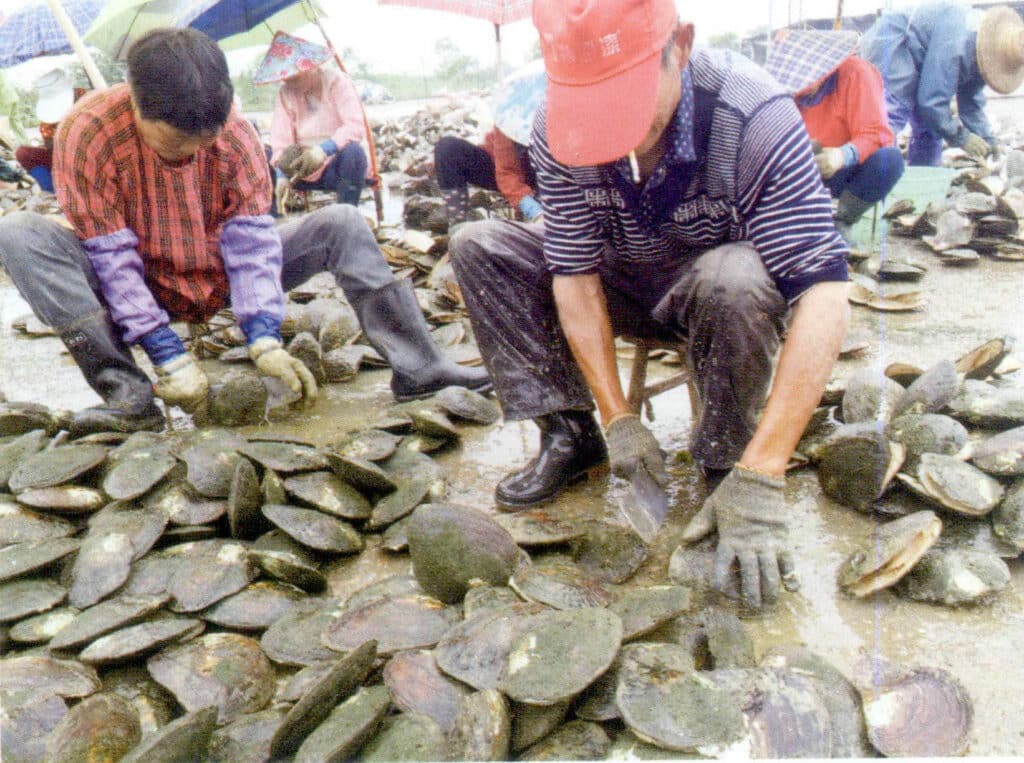
Figure 1-3-106 Large-scale pearl collection: Opening oysters
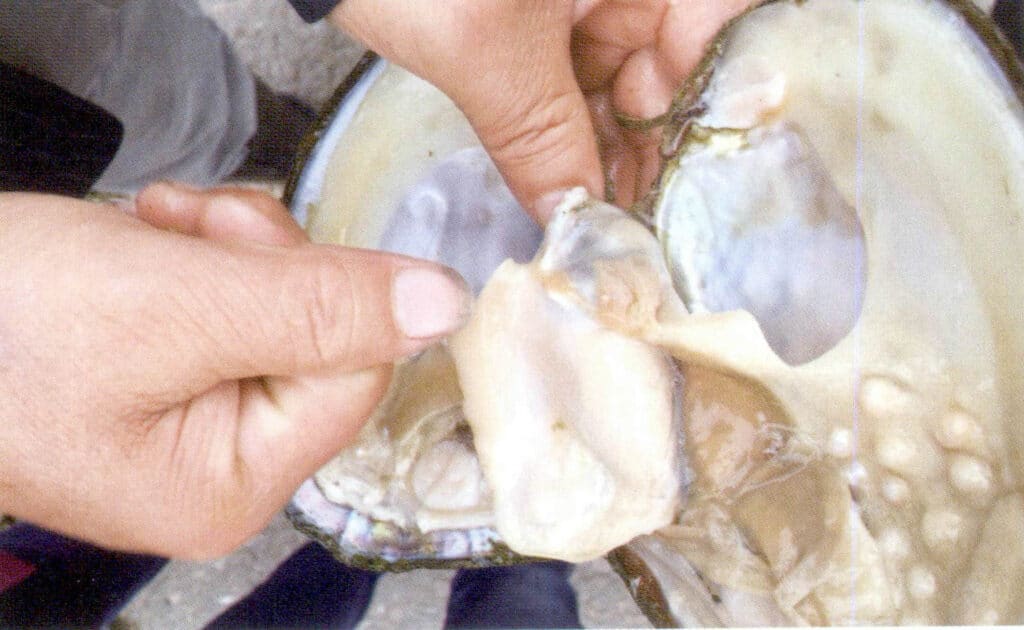
Figure 1-3-108 Large-scale Pearl Harvesting: Extracting Nucleus-free Pearls
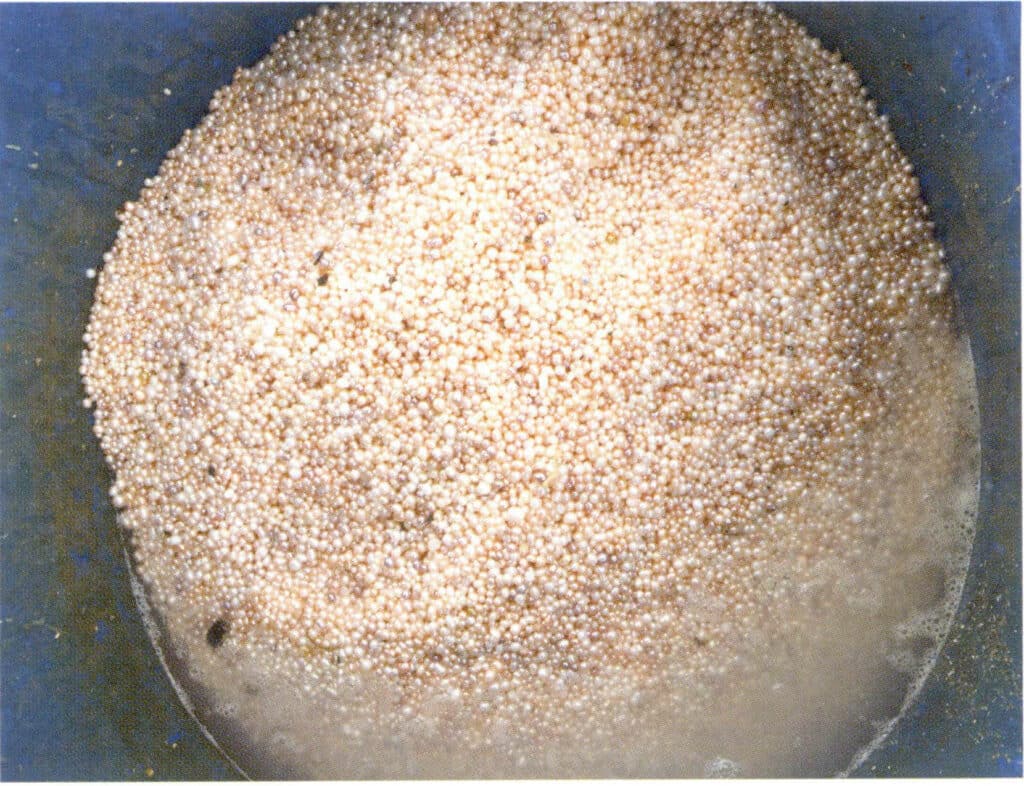
Figure 1-3-112 Large-scale pearl harvesting: Harvested pearls
After the pearls are extracted, the mother-of-pearl can be used as the nucleus for cultured pearls, crafts, etc., while the soft tissue inside the clam can be used as food ingredients, animal feed, etc., see Figure 1-3-114.
In some cases, the clamshell is not completely opened during pearl harvesting; only a small opening is made to take the pearl, and the already harvested pearl-producing claim is returned to the breeding water area for further cultivation. Second crop Keshi pearl can grow at the site of the original pearl sac; see Figure 1-3-115.

Figure 1-3-114 Meat of the clam after removing the pearl
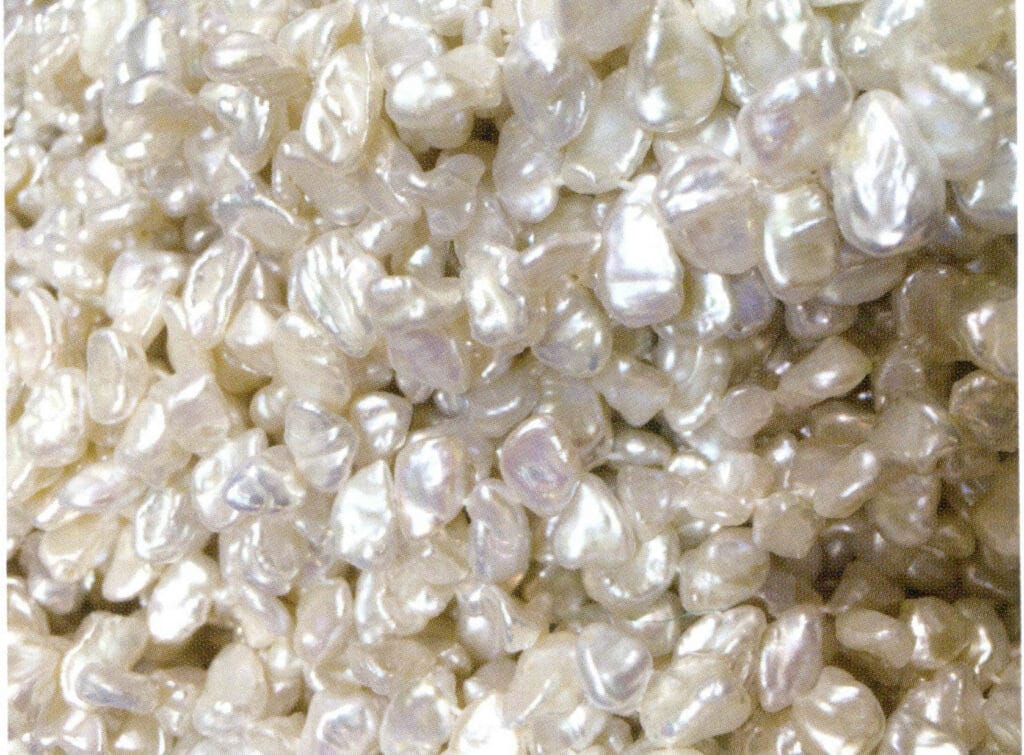
Figure 1-3-115 Regenerated pearl
6. Cultivation methods for Freshwater nucleated pearls
The breeding clams for freshwater nucleated pearls are mainly triangle shell mussel; see Figure 1-3-116. The cultivation process and harvesting are the same as for non-nucleated pearls. However, the number of nuclei inserted for nucleated pearls is generally 1, rather than multiple; the insertion site for large-sized round freshwater nucleated pearls is also different from the outer mantle of non-nucleated cultivated pearls, see Figure 1-3-117.

Figure 1-3-116 Cultivation of nucleated pearls in triangular sail clams

Figure 1-3-117 Locations for cultivating round nucleated pearls
In addition, the biggest difference between Freshwater nucleated pearls and non-nucleated pearls is that during the nucleus insertion surgery, there is also a freshwater shell nucleus The production of the shell nucleus is shown in Figures 1-3-118 to 1-3-121

Figure 1-3-118 Production of shell nuclei 1
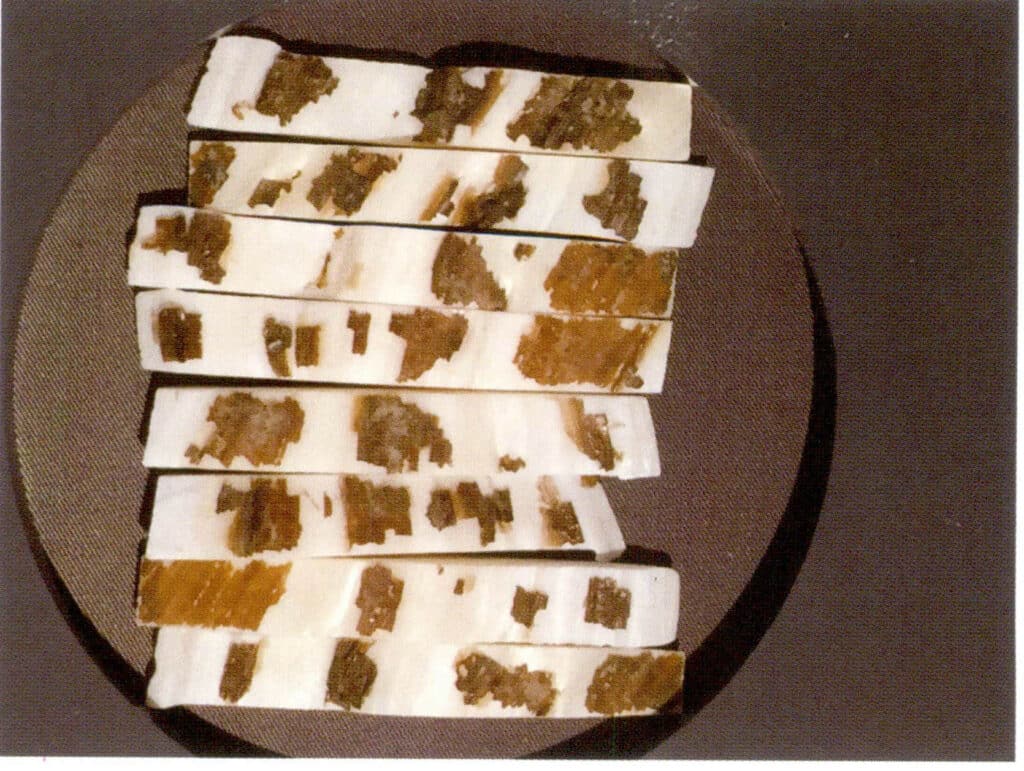
Figure 1-3-119 Production of Nucleus Shell 2
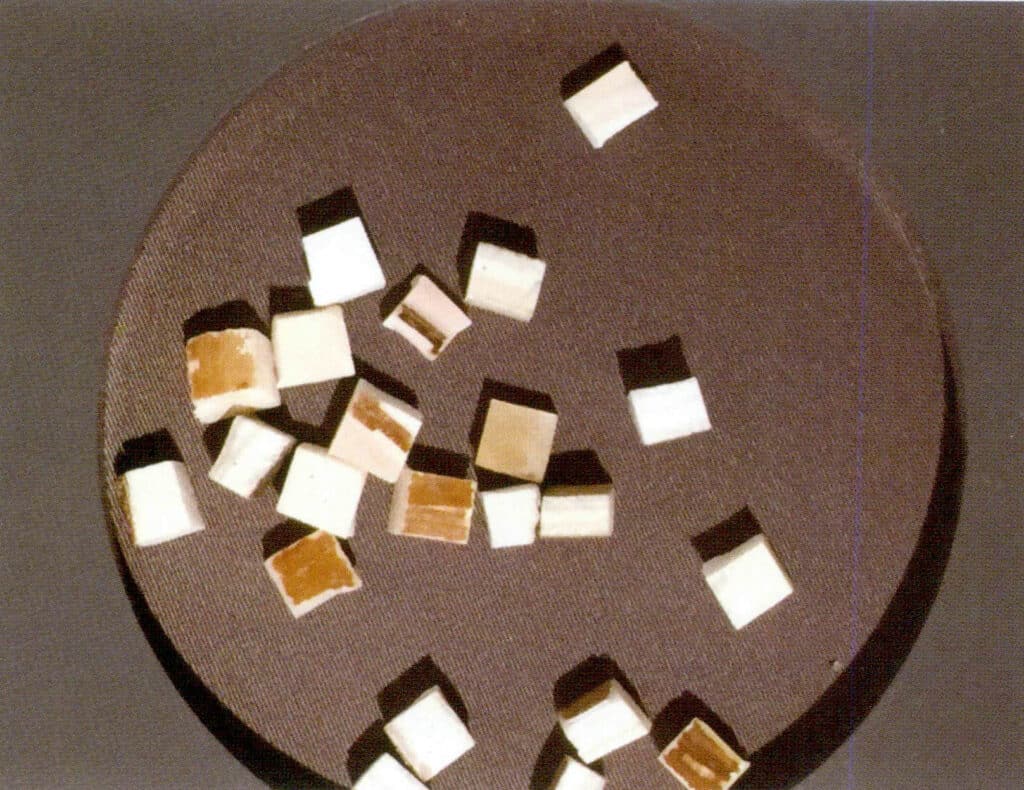
Figure 1-3-120 Production of shell nuclei 3
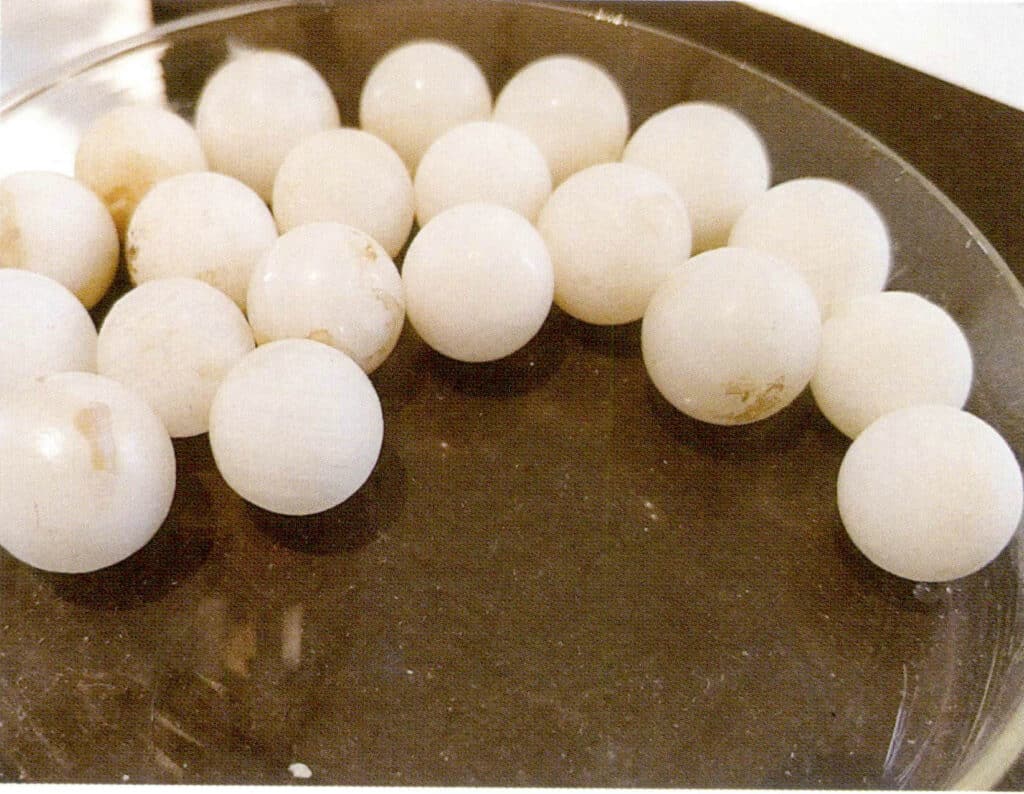
Figure 1-3-121 Production of Nucleus Shell 4
To improve the roundness of Freshwater nucleated pearls, the implanted small piece must be clean and neatly shaped, with a size of 4-5mm square. The size and depth of the implantation wound should be appropriate, and the process must be done in one go without repetition. During the cultivation process, when the small piece of the mantle membrane is closely attached to the pearl nucleus, it may form a perfectly round pearl. When there is a distance between the small piece of the mantle membrane and the pearl nucleus, it is easy to form a gourd-shaped pearl. When the small piece of the mantle membrane is connected to the mantle of the pearl oyster, it often forms “tail pearls” and other irregular shapes.
The harvesting process of nucleated pearls is completely the same as that of non-nucleated pearls and can be carried out simultaneously in different areas, see Figures 1-3-122 to 1-3-124.

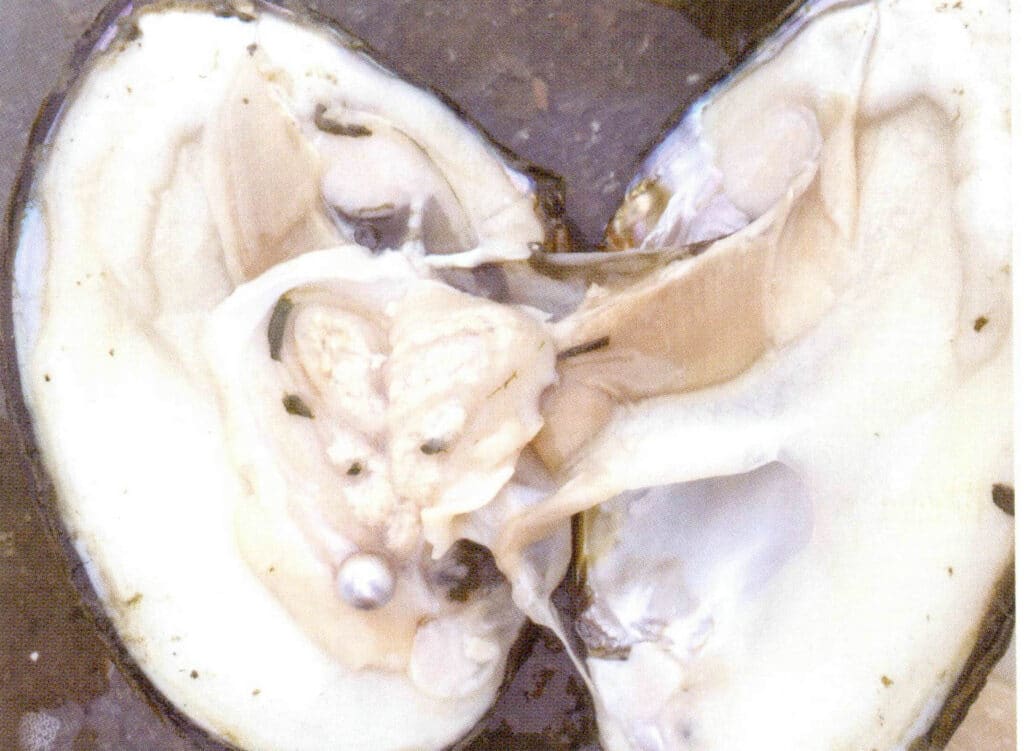
Figure 1-3-123 Harvested round freshwater cultured pearls
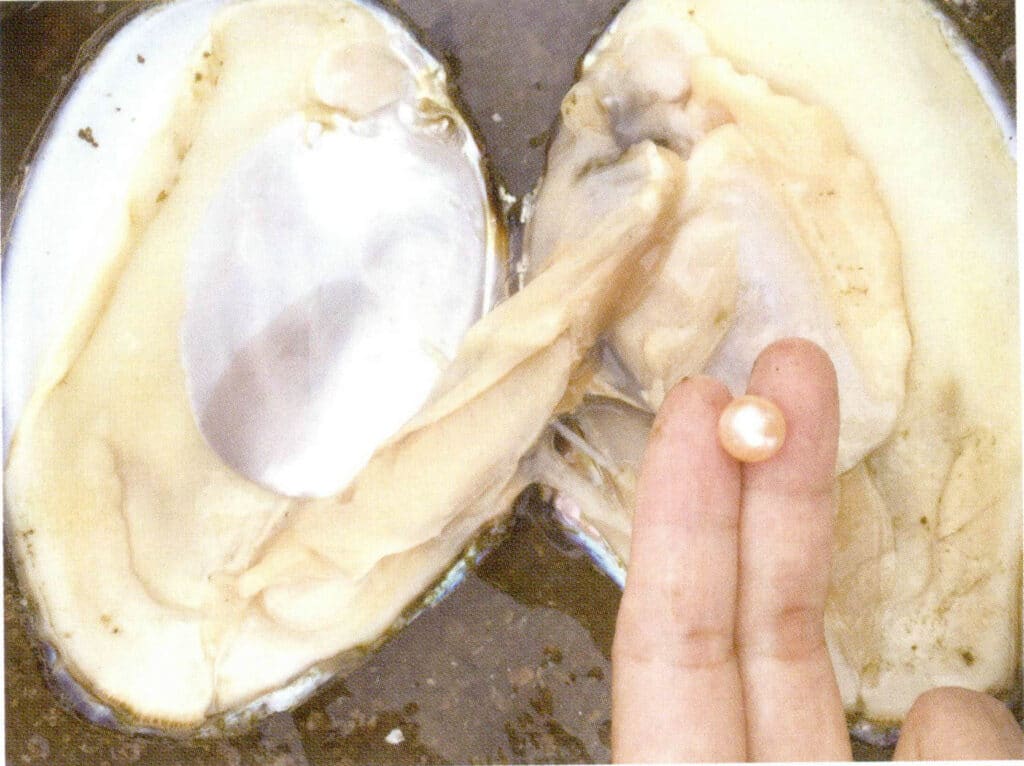
Figure 1-3-124 Harvested round freshwater cultured pearls
Section III Classification of Pearls
1. Different classification methods
Pearls can be classified in different ways, as shown in Figure 1-4-1. For the pearl market, the most common classification is still based on the origin of the pearls.
.png)
(1) Cause Classification
Pearls are generally classified by their origin into two main categories: natural pearl and cultured pearl. Additionally, natural pearls are formed accidentally in cultured oysters, known as Keshi pearls. Some debate about whether Keshi pearls are classified as natural or cultured. The classification of causes is shown in Figure 1-4-2.

- Natural Pearls Natural pearls refer to secretions naturally produced within bivalve mollusks, such as clams or oysters, without human intervention. They are composed of calcium carbonate (mainly aragonite), organic matter (mainly conchiolin), and water, exhibiting a concentric layered or radial structure with an iridescent luster.Because natural pearls are so rare and difficult to harvest, they are very expensive, and because of the unstable growing environment, their appearance and quality are often not as good as cultured pearls, see Figure 1-4-3.
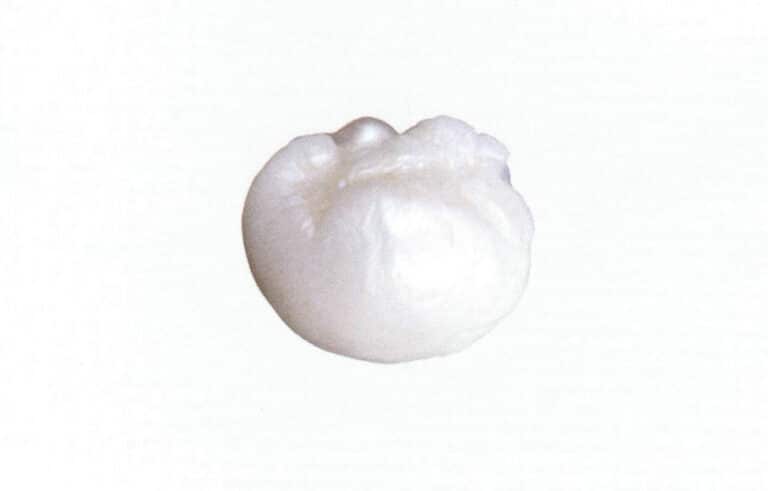
Copywrite @ Sobling.jewelry - Tilpasset smykkeprodusent, OEM og ODM smykkefabrikk
- Cultured Pearls Cultured pearls refer to the formations of pearl substance within bivalve mollusks such as clams or oysters, with the pearl layer exhibiting concentric or radial concentric structures composed of calcium carbonate (mainly aragonite), organic matter (mainly shell proteins), and water. Whether through nucleus or piece insertion, this process begins with human intervention. Cultured pearls are shown in Figures 1-4-4 and 1-4-5.
The process of pearl formation shows that cultured and natural pearls are the same in the formation process and growth environment, except for the initial nucleation stage. Artificially cultured pearls simply use technical means to facilitate the nucleation of pearls and accelerate the formation process, which does not significantly affect the quality of the pearls. Natural and cultured pearls differ more in rarity and other aspects.

Figure 1-4-4 Freshwater cultured pearls
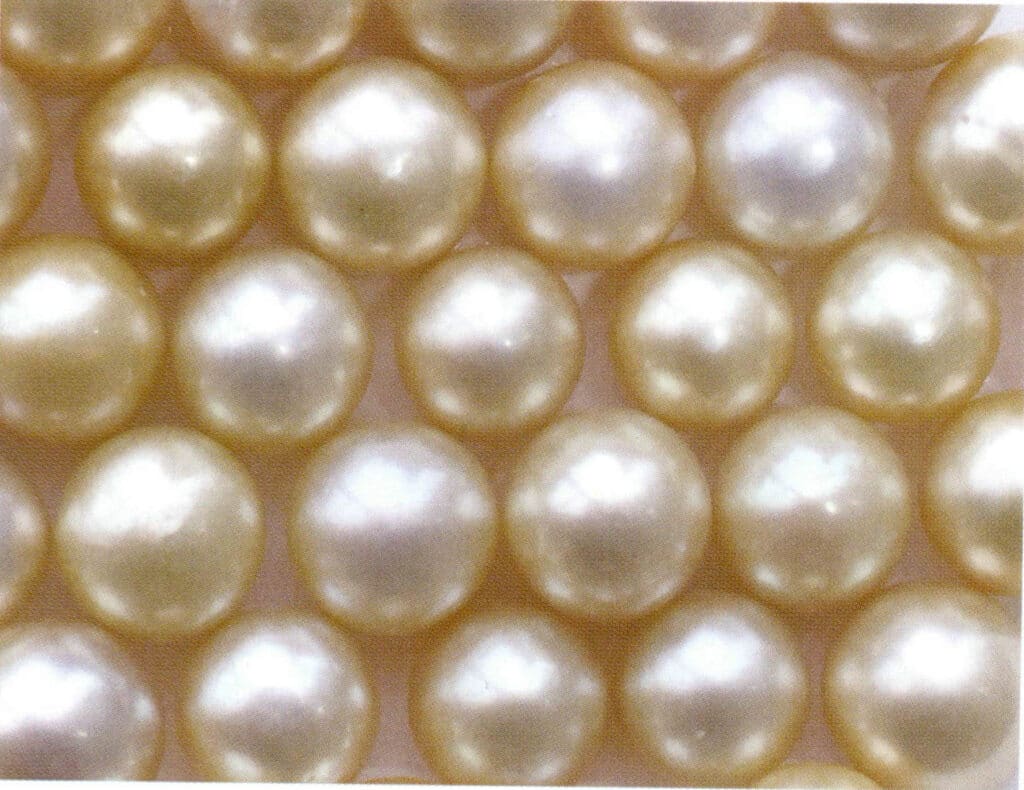
Figure 1-4-5 Marine Cultivated Pearls
- Keshi pearls The name “Hakushu pearls” is derived from the Japanese word “poppy seed”, as these pearls are tiny, non-nucleated and resemble poppy seeds. Formerly used to describe irregularly shaped nucleated seed pearls grown in cultured mussels, including any incidentally formed pearls from cultured molluscs, see Figs. 1-4-6 and 1-4-7. Nowadays, it is generally used to describe larger quantities of irregularly shaped nucleated freshwater and saltwater cultured pearls with a black, white, etc. appearance.
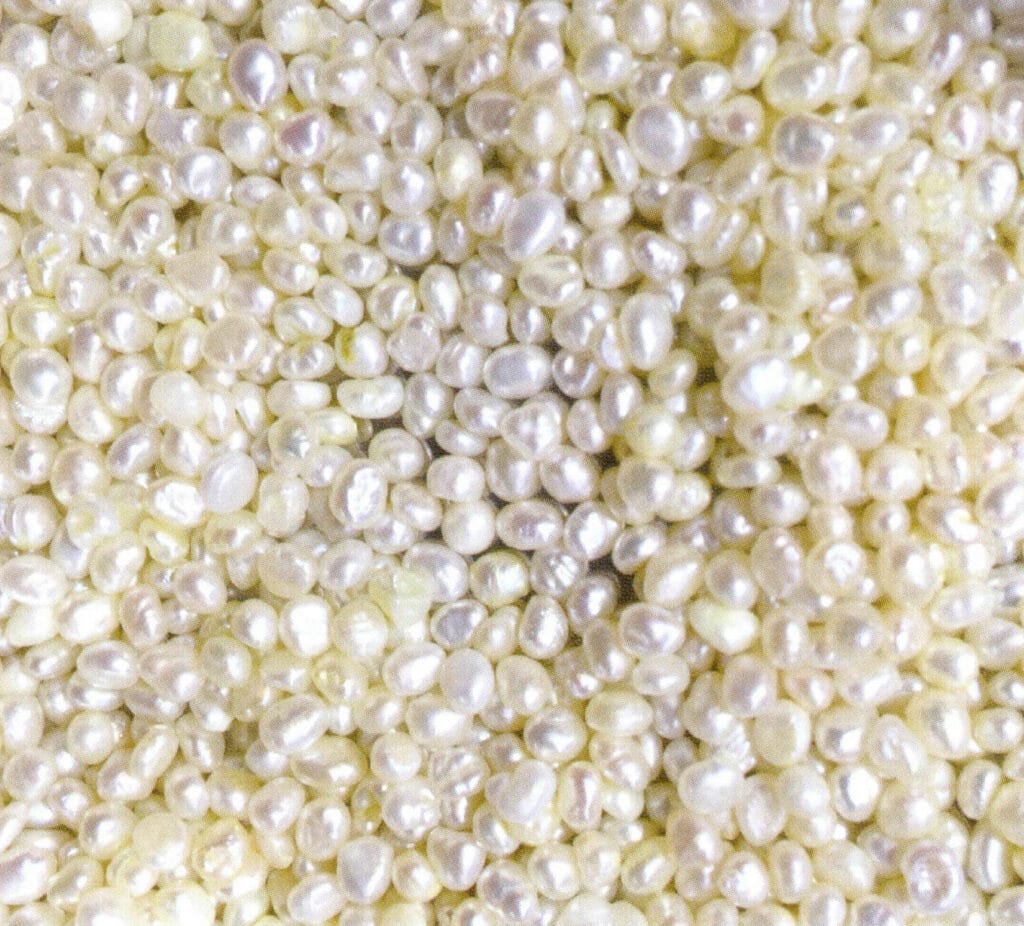
Figure 1-4-6 Sea Water Keshi Pearl (produced by Pinctada martensii)
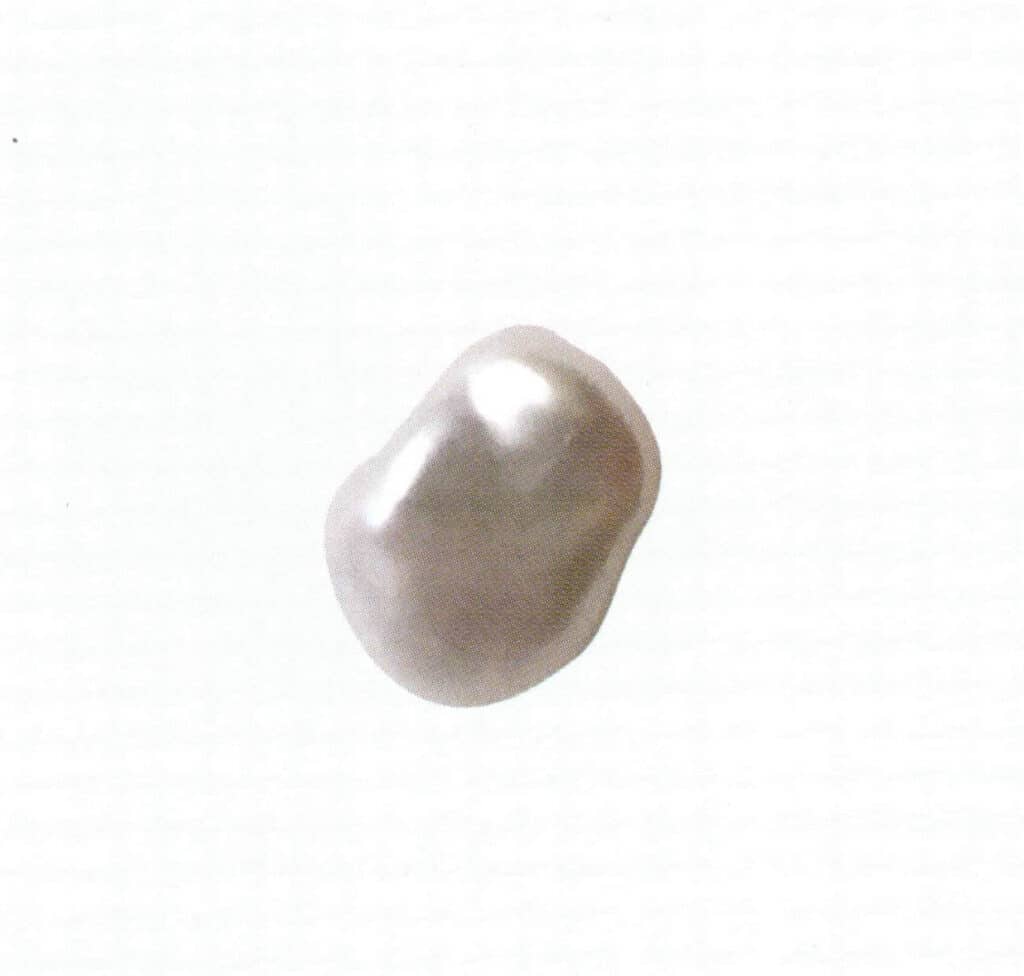
Figure 1-4-7 Freshwater Keshi Pearl (produced by triangular sail clam)
Theoretically, both pearl oysters and clams can simultaneously produce Keshi pearls. Keshi pearls come in various shapes, have no fixed style, and are inexpensive. Good Keshi pearls exhibit strong orientation, luster, and unique forms.
Additionally, many cultivators and traders refer to nucleated pearls as Keshi pearls. Nucleated pearls refer to those formed during nucleated pearl cultivation, where due to errors in nucleation, the shell nucleus and a small piece of the mantle membrane become separated, resulting in a pearl sac that only surrounds the small piece of the mantle membrane. Such pearls are generally smaller, irregularly shaped, and often have voids left by the mantle membrane. They are often harvested together with naturally occurring Keshi pearls and are commonly referred to as Keshi pearls, as seen in Figures 1-4-8 and 1-4-9.
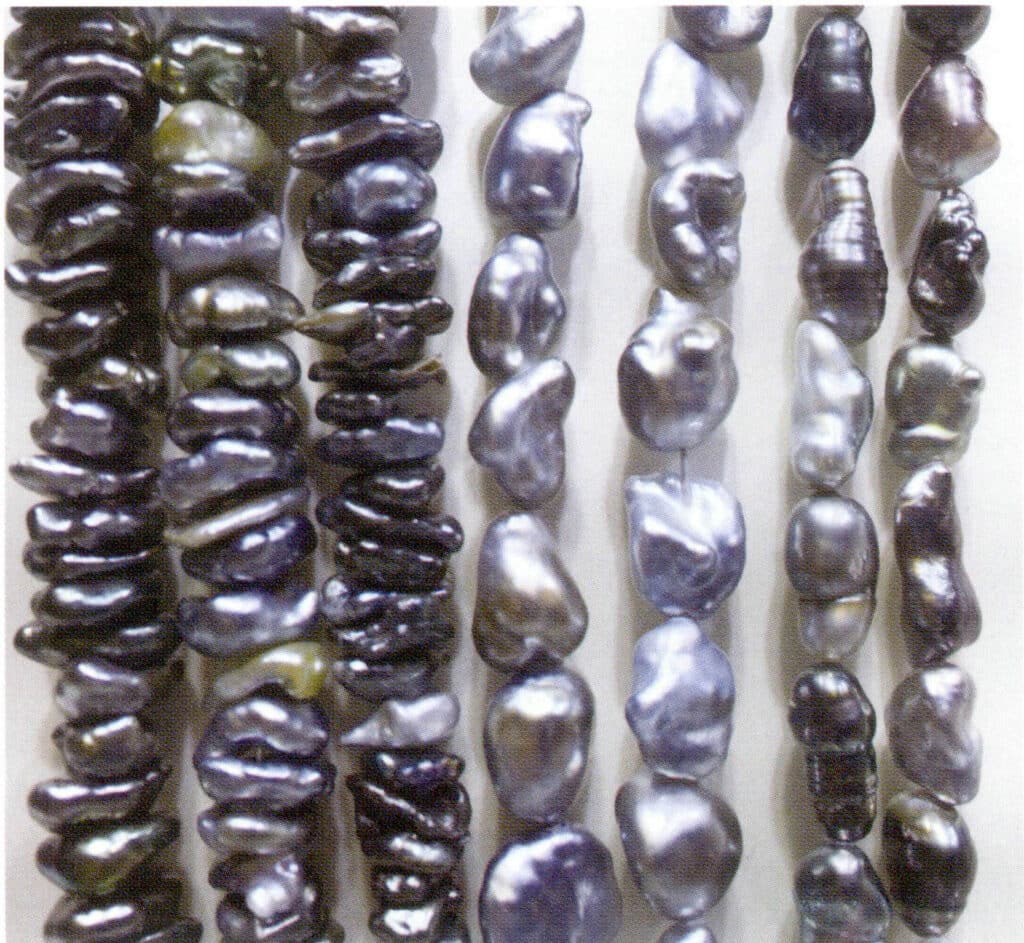
Figure 1-4-8 Keshi Pearl (produced by black-lipped oyster)
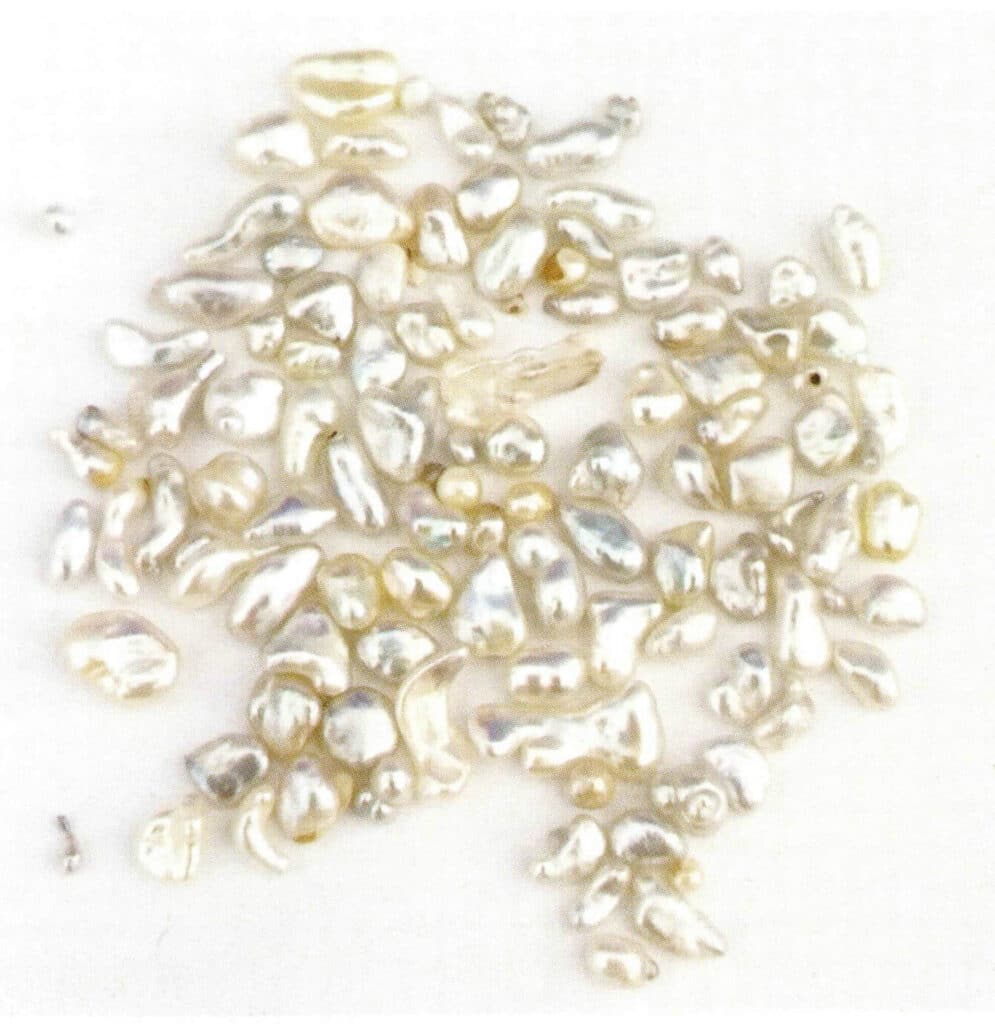
Figure 1-4-9 Keshi Pearl (produced by Pinctada martensii)
Second crop Keshi Pearl can also be referred to as second-generation Keshi pearls formed through human intervention, and they can be cultivated using both nucleated and un-nucleated techniques.
The production of nucleated Second crop Keshi pearl generally involves using a shell opener to pry open the pearl oyster, making an incision on one side of the pearl sac, and using a creation needle or top pearl fork to squeeze the pearl out of the pearl sac, leaving the pearl sac still in the outer mantle. This allows the epithelial cells of the pearl sac to secrete nacre again to form a pearl. Flake-shaped Second crop Keshi pearl are cultivated using oysters cultured with nucleated button pearls, as shown in Figure 1-4-10.
Nucleated Second crop Keshi pearl are liquid bubble pearls cultivated by injecting oil, mud, or other liquids into the pearl sac of the original harvested cultured pearl using a syringe or other injection device. The new layer of pearl that grows in the pearl sac will encapsulate the liquid, thus forming a type of liquid bubble pearl. Because the inside is liquid, gently shaking the pearl allows one to feel the movement of the liquid inside. Due to the shape of this pearl resembling the French dessert “Soufflé,” also known as Soufflé pearl, bubble pearl, cream puff pearl, etc., as seen in Figure 1-4-11. This regenerated pearl is large and very light, making it particularly suitable for earrings and other jewelry, and it is, therefore, very popular internationally.
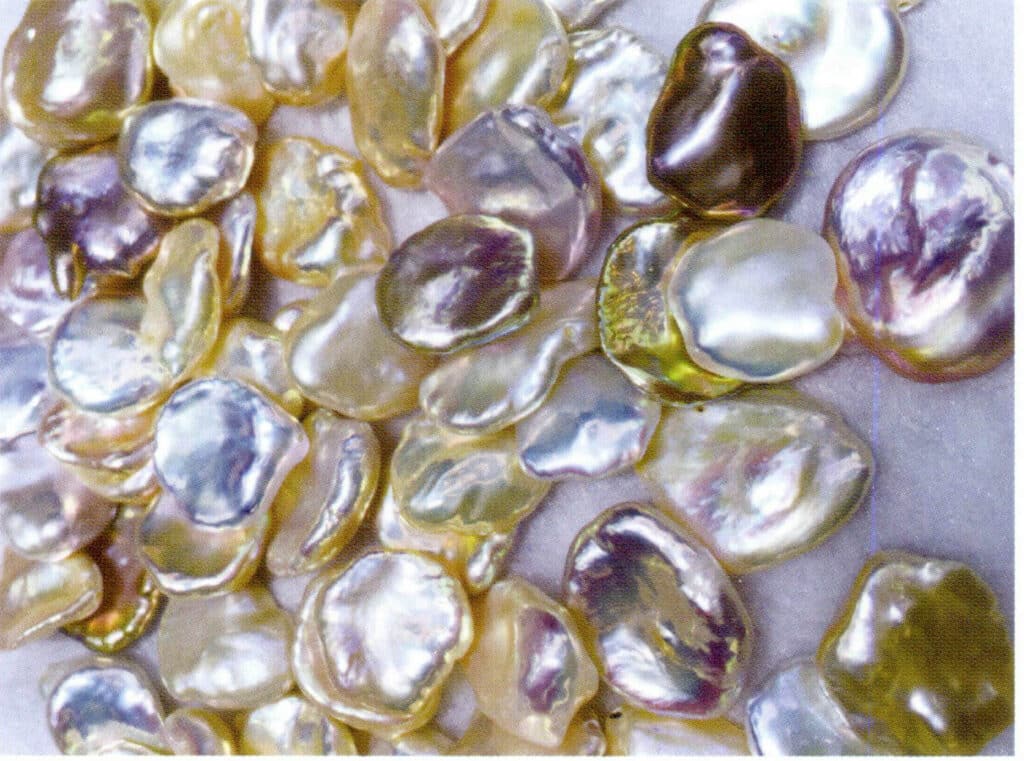
Figure 1-4-10 Freshwater regenerated pearl (1)
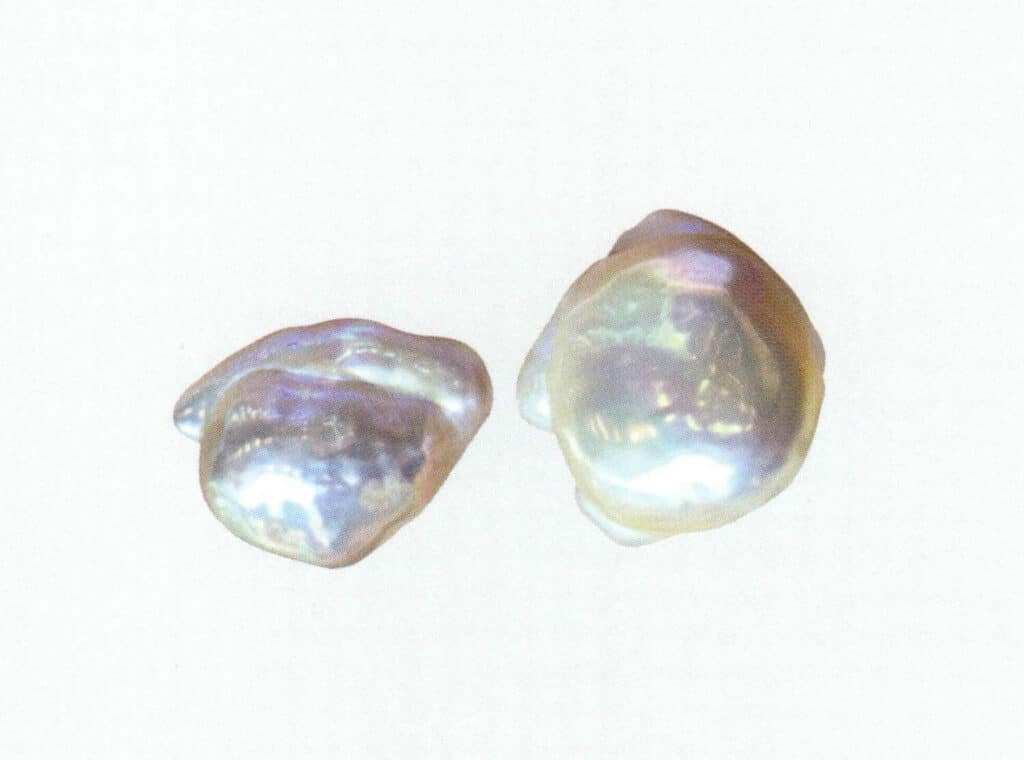
Figure 1-4-11 Freshwater regenerated pearl (2)
The formation of Second crop Keshi pearl is similar to that of Ke Xu pearls but not entirely the same. Ke Xu pearls are naturally formed nucleated pearls in cultured clams; Second crop Keshi pearl are naturally formed nucleated pearls at the original pearl production site in cultured clams from which the pearls have already been removed. The pearl sac that produces Second crop Keshi pearl has already produced cultured pearls once. Thus, a river clam can be reused multiple times, resulting in high resource utilization, labor and cost savings, a short cultivation cycle, and high annual economic benefits.
(2) Classification of water bodies
Pearls can be classified into Seawater and freshwater pearls based on different water bodies; see Figures 1-4-12.

Seawater pearls (seawater pear, marine pearl) refers to the shellfish mollusks in seawater in the body of the pearl formation of freshwater pearls (freshwater pear) refers to the shellfish mollusks in freshwater in the body of the pearl formation. Seawater pearls and freshwater pearls have different growth environments and types of shellfish, and the quality of pearls can be somewhat different, especially freshwater cultured pearls and freshwater pearls. Seawater pearls and freshwater pearls are not the same growth environment, the type of pearl shellfish, the quality of pearls can be a certain difference, especially the quality of freshwater cultured pearls and saltwater cultured pearls there is a big difference!
Natural pearls include natural seawater pearls (natural seawater pear, natural marine pearl) and natural freshwater pearls (natural freshwater pear).Natural seawater pearls are natural pearls produced in seawater, Natural freshwater pearls are natural pearls produced in freshwater.
Cultivated pearls include Seawater cultured pearls and Freshwater cultured pearls. Seawater-cultured pearls are those formed within mollusks in Seawater; see Figure 1-4-13 and Figure 1-4-14. Freshwater cultured pearls are formed within bivalves in Freshwater; see Figures 1-4-15 and 1-4-16.

Figure 1-4-13 Seawater cultured pearl oyster (gold-lipped oyster)
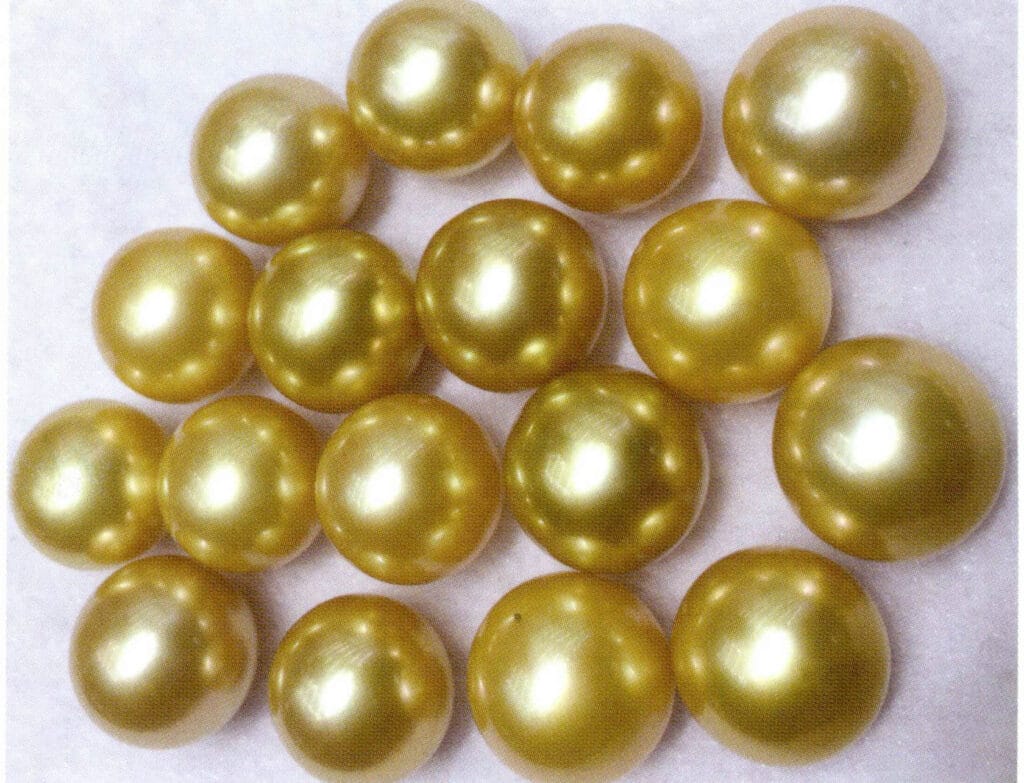
Figure 1-4-14 Seawater beautiful cultivated pearl (golden South Sea pearl produced by gold-lipped oyster)

Figure 1-4-15 Freshwater cultured pearl oyster (triangle sail oyster)
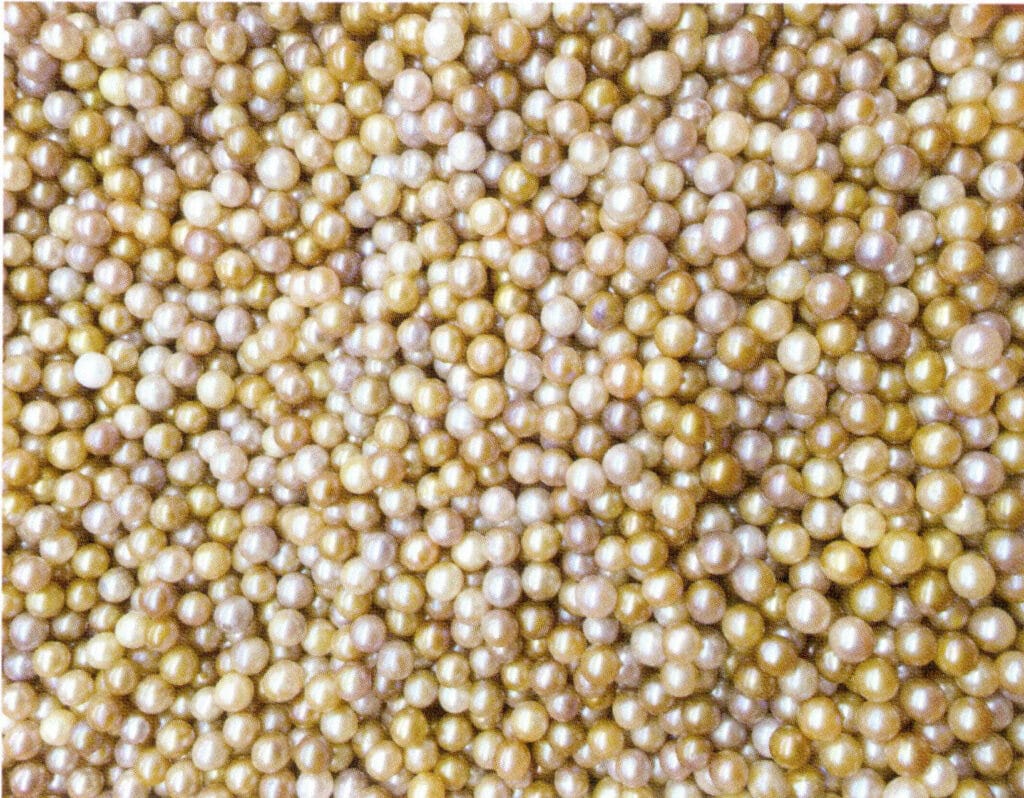
Figure 1-4-16 Freshwater cultured pearl (freshwater pearl produced by triangle sail oyster)
(3) Classification of Pearls nucleus
According to the presence or absence of a nucleus, pearls can be divided into nucleated and non-nucleated pearls. Additionally, there are a very small number of cultured pearls with multiple insertions, as shown in Figure 1-4-17.

Nucleated cultured pearls are formed by implanting a nucleus into the shell or other materials during artificial surgery, allowing pearls to grow attached to it. Seawater cultured pearls and some Freshwater cultured pearls are nucleated cultured pearls, as shown in Figures 1-4-18 and 1-4-19.
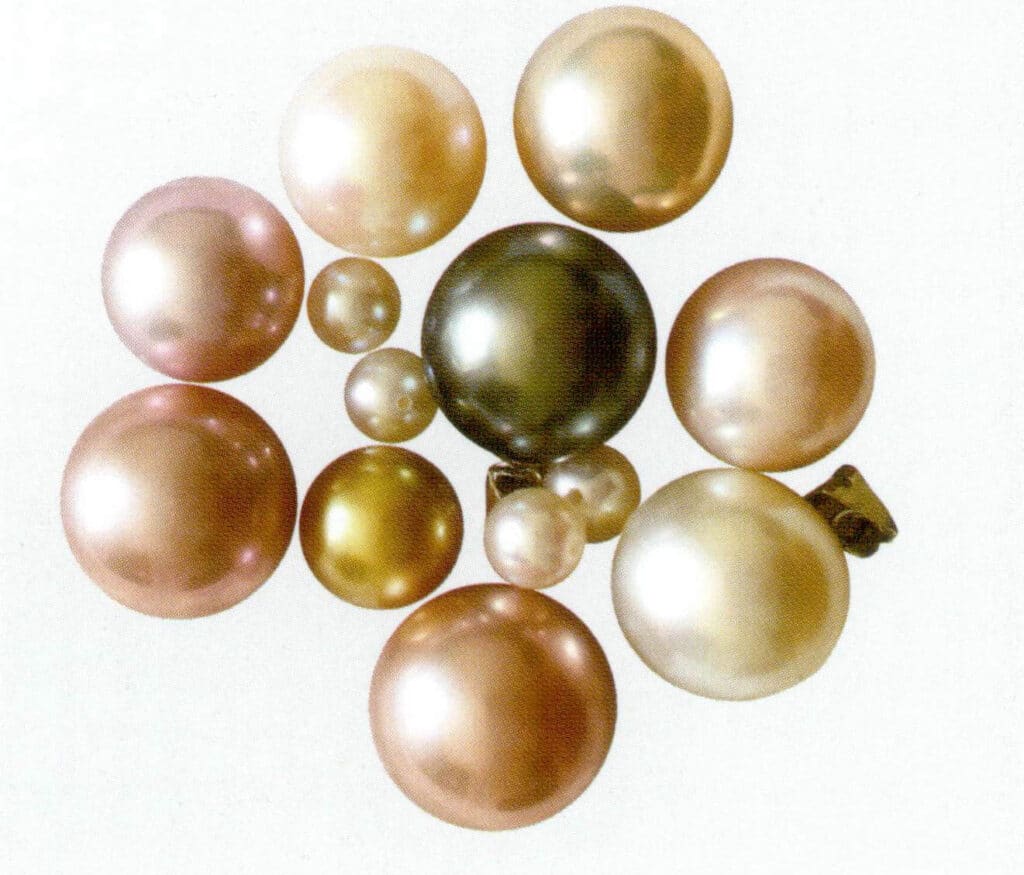
Figure 1-4-18 Nucleated Pearls (Seawater and Freshwater Cultured Pearls)
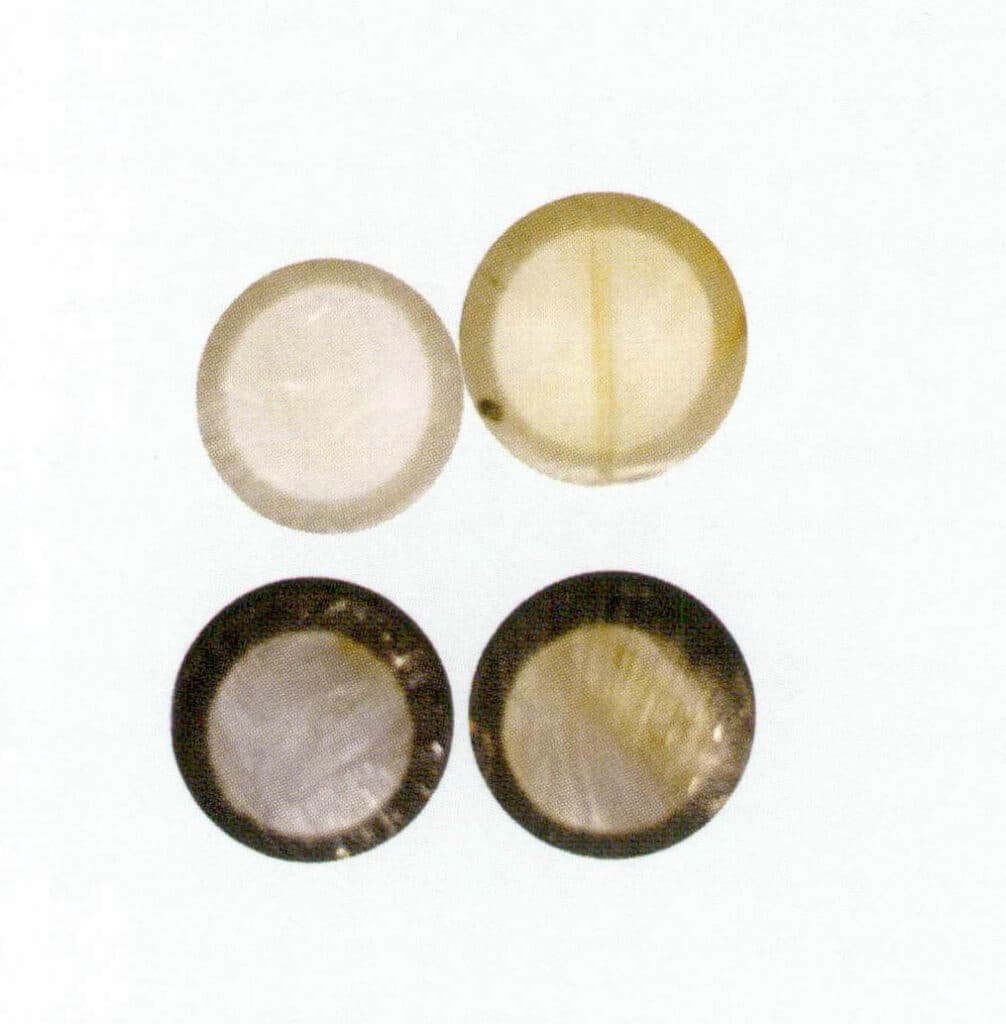
Figure 1-4-19 Cross-section of a nucleated pearl (the white part in the middle is the pearl nucleus)
Nucleated pearls are formed by inserting a small mantlepiece during artificial surgery. Most Freshwater-cultured pearls in China belong to the nucleated pearl category. Additionally, natural seawater pearls and natural freshwater pearls are also classified as nucleated pearls.
Multiple nucleated Freshwater cultured pearls, also known as full pearl quality pearls or pure pearl quality pearls, are a variety of Freshwater cultured pearls in China that comprehensively utilize both nucleated and non-nucleated pearl cultivation techniques. Initially, a small piece of mantle is inserted to obtain a non-nucleated cultured pearl, which is a non-nucleated pearl. This pearl is used as a nucleus for secondary nucleation, becoming a nucleated pearl. This process can be repeated multiple times to obtain larger-diameter pearls. Due to production costs and other reasons, this type of pearl has not been mass-marketed.
(4) Classification by presence of shell
Pearls can be classified as hankie pearl and free pearls based on whether they are attached to a shell, see Figure 1-4-20.

Commonly cultured pearls with a shell are cultivated by intentionally implanting hemispherical or non-spherical nuclei inside the shells of seawater or freshwater mother-of-pearls or inside the shells of freshwater mussels. One side of the nucleus is often attached to the shell. After the nucleus is inserted, the mollusk is placed in water to live for several years, during which a layer of pearl will cover the nucleus, as shown in Figure 1-4-21.
Almost all pearl-producing oysters and mussels can produce shell pearls. Pearls cultivated in this way are also known as Mabe or white. Mabe originated in Japan, and this technique was first developed in Japan.
Sea water mabe pearls are mainly produced in the Pteria Penguin, black-lipped and white-lipped shells, characterized by large size, strong luster, and smooth surface, with a diameter of about 10-30mm. Due to the strong radiance of the Pteria Penguin’s pearl layer, the produced mabe pearls also possess this characteristic, so the Pteria Penguin is often used to produce mabe pearls. In the case of the white-lipped and black-lipped shells, they are more often a form of regeneration pearls or by-product pearls. The by-product pearl nucleus can be implanted into the inner wall of the shell during the harvesting or cultivation of round pearls. It can be harvested after about two years of cultivation.
when harvesting mature cultivated pearls. The pearl nucleus from the seawater shell is removed, replaced with a new shell nucleus, or filled with wax in between, and then a piece of mother-of-pearl is added to form a half-spherical composite pearl, as shown in Figure 1-4-22.
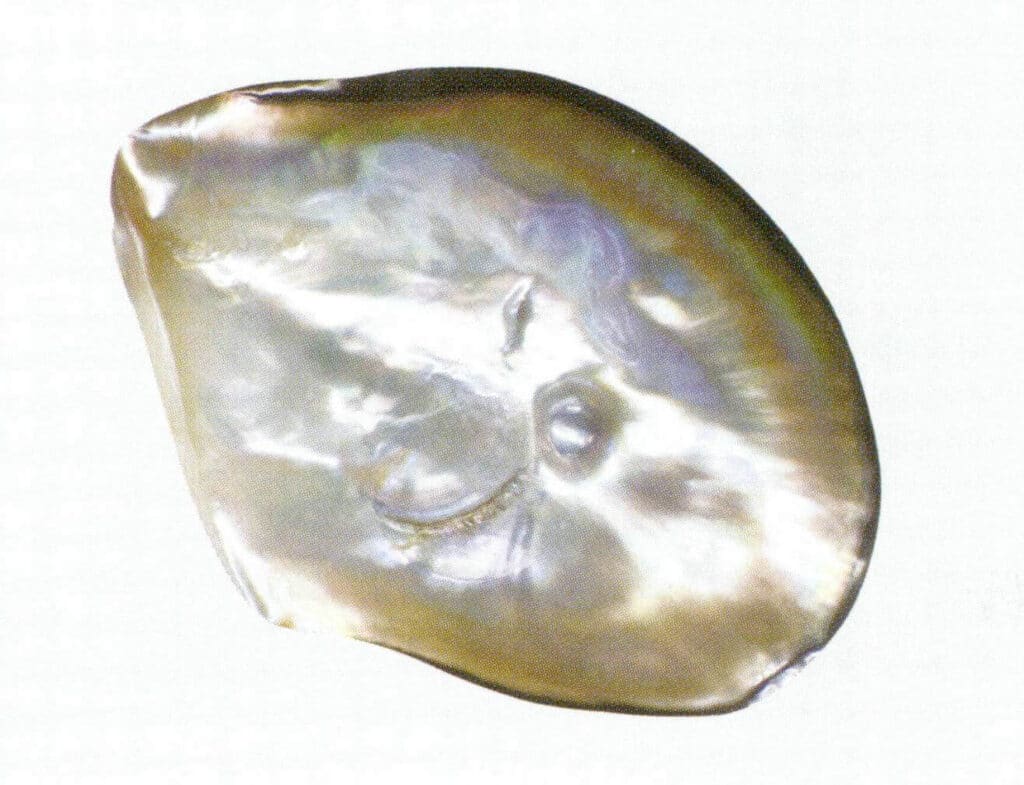
Figure 1-4-21 Mabe Pearl 1
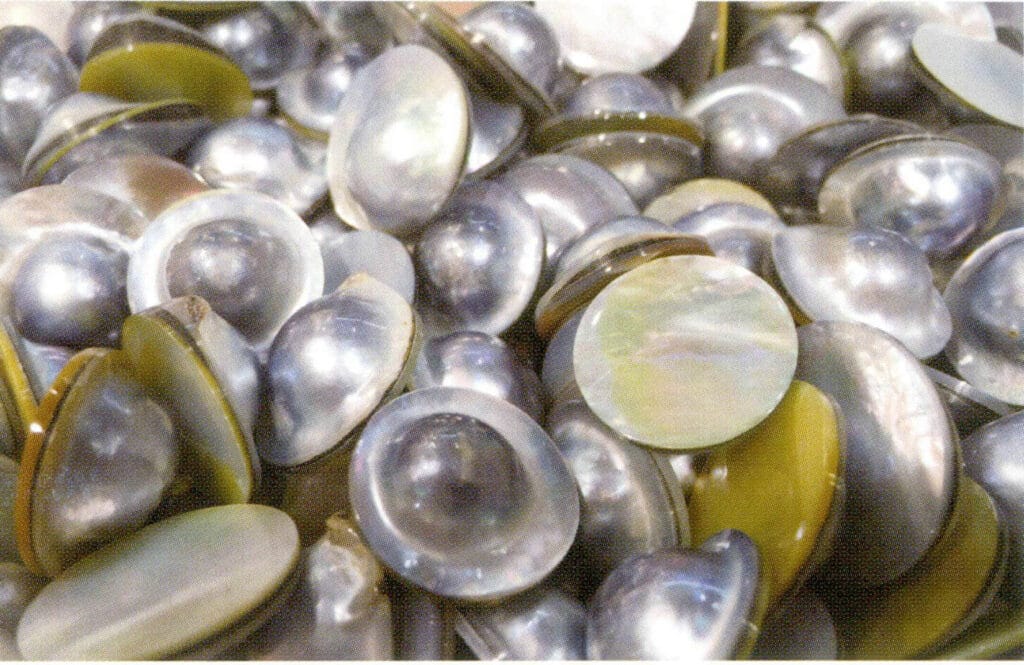
Figure 1-4-22 Mabe Pearl 2
Freshwater shell by-product pearls can be divided into two situations. One has intentionally produced Buddha statues, human figures, and various geometric shapes of shell by-product pearls, commonly understood as by-product pearls, as shown in Figures 1-4-23 and 1-4-25.
The other is that some freshwater cultivated pearls, due to the implantation of the nucleus, will have one side stuck to the shell, unable to form a free pearl sac, resulting in nucleus-free freshwater shell by-product pearls; after harvesting, they are generally used directly, or separated from the mother-of-pearl for use, as shown in Figure 1-4-26.
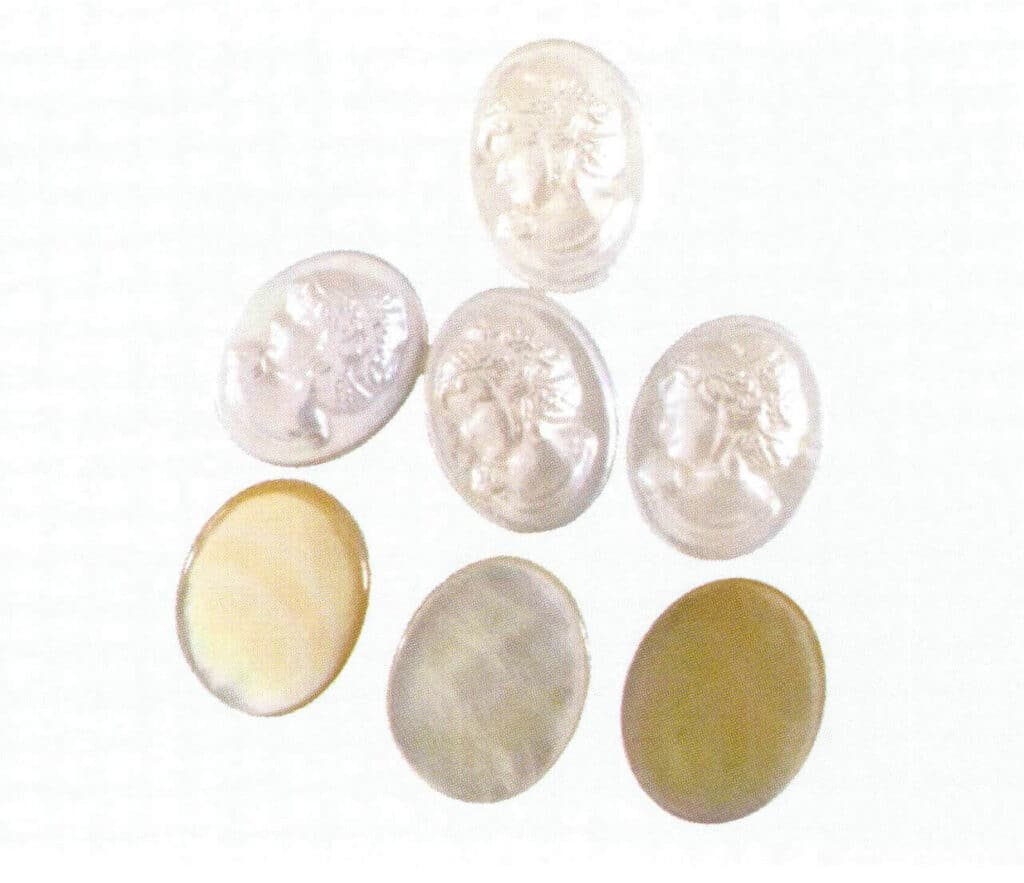
Figure 1-4-23 Freshwater Pearl with Shell 1
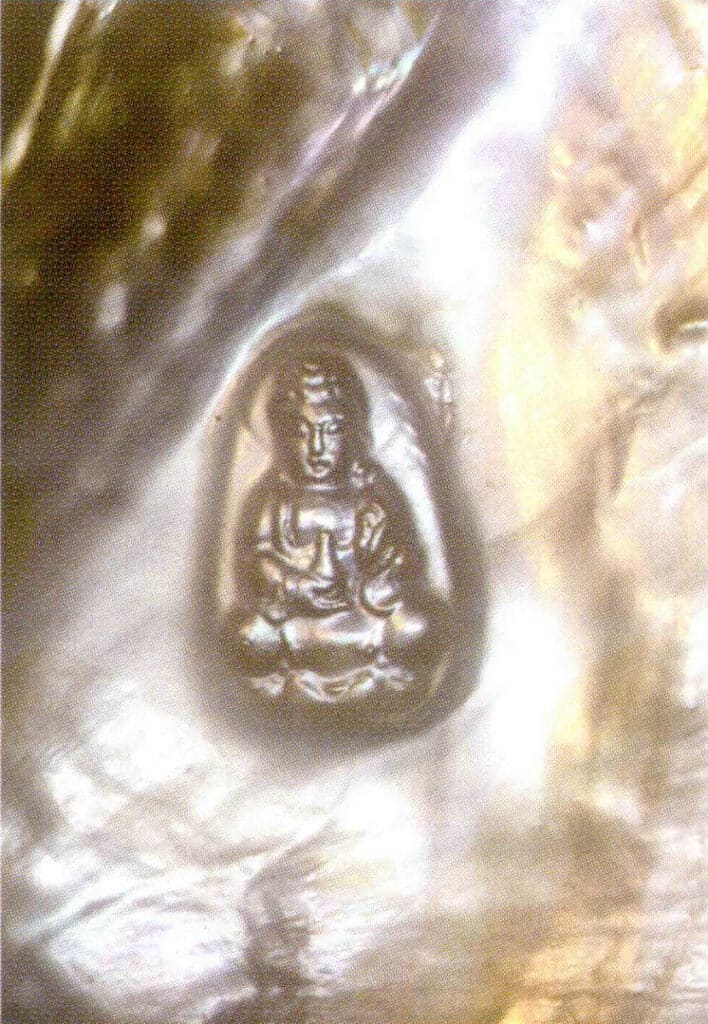
Figure 1-4-24 Freshwater Pearl with Shell 2

Figure 1-4-25 Freshwater Pearl with Shell 3
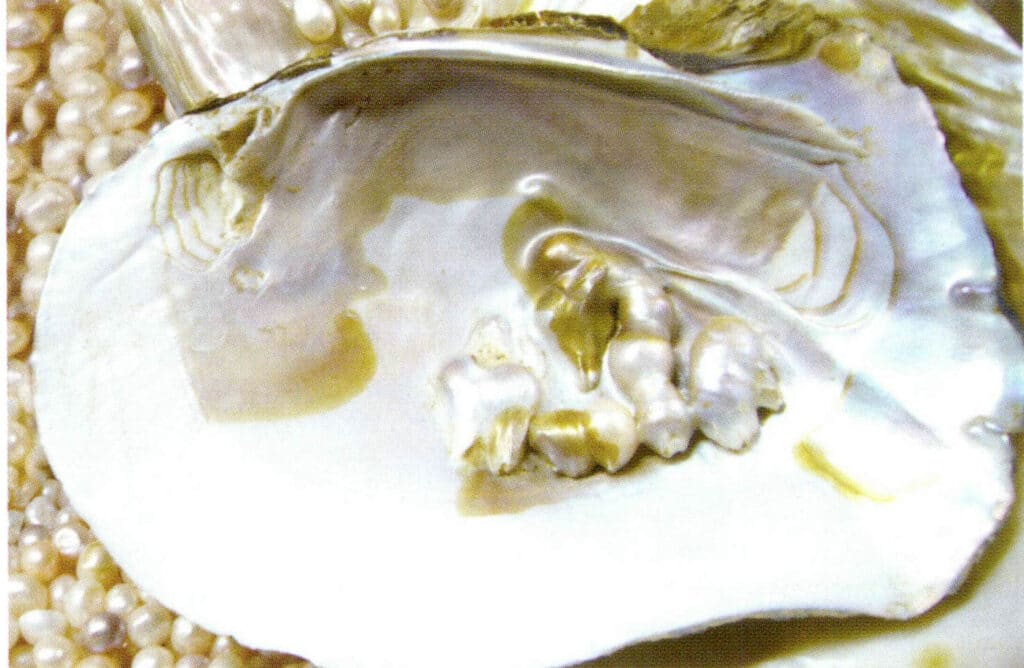
Figure 1-4-26 Freshwater Pearl with Shell 4
Free pearls are pearls generated by complete pearl sacs within mollusks, that is, pearls that are not attached to the mother-of-pearl shell. The commonly referred to freshwater pearls and seawater pearls belong to this category, see Figure 1-4-27 and Figure 1-4-28.
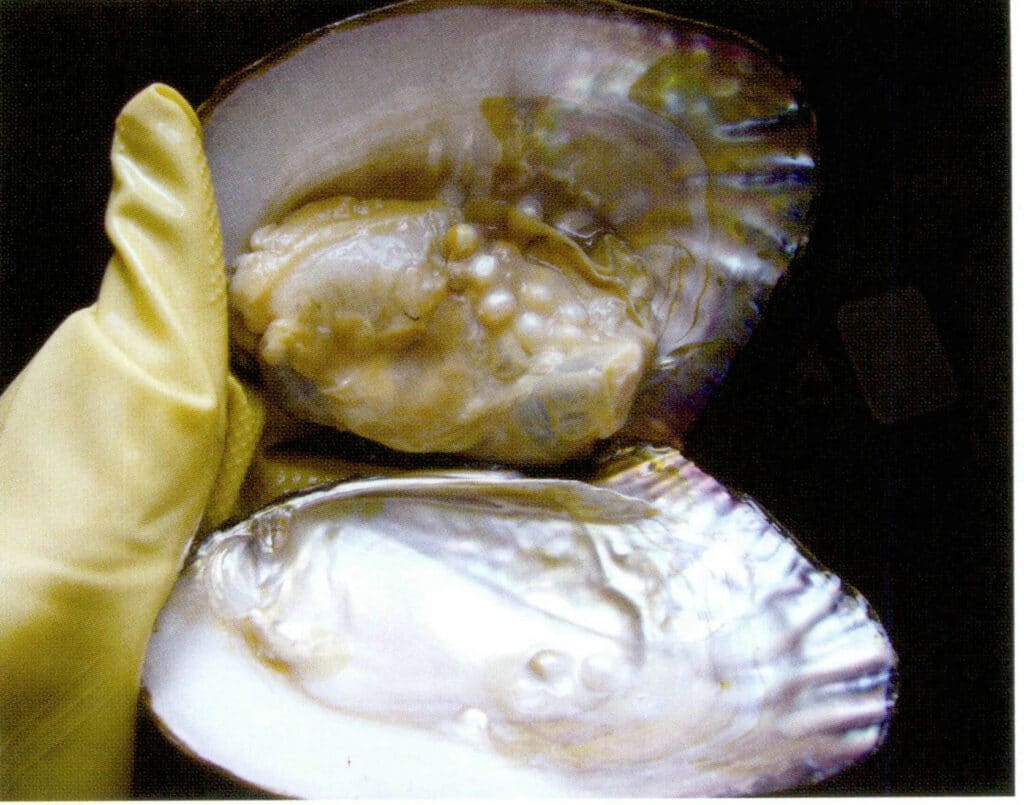
Figure 1-4-27 Free pearls in the body of a freshwater frog

Figure 1-4-28 Pearls attached to freshwater shells (Guanyin statue) and black seawater free pearls
(5) Classification by origin
The classification of cultured pearls by origin is shown in Figure 1-4-29. Classifying pearls by their origin is common in commerce, which is also the mainstream method for pearls.

2. South Sea Pearls
South Sea Pearls are mainly produced in the coastal countries of the South Pacific Ocean, growing in Pinctada maxima. White pearls are produced in the white-lipped oyster, while golden pearls are produced in the gold-lipped oyster.
(1) Basic Characteristics
Most South Sea pearls are produced in Western Australia and are known for their large size, good shape, and few blemishes, making them a precious variety of pearls. Their basic characteristics are shown in Table 1-4-1 and Figures 1-4-30 to 1-4-33.
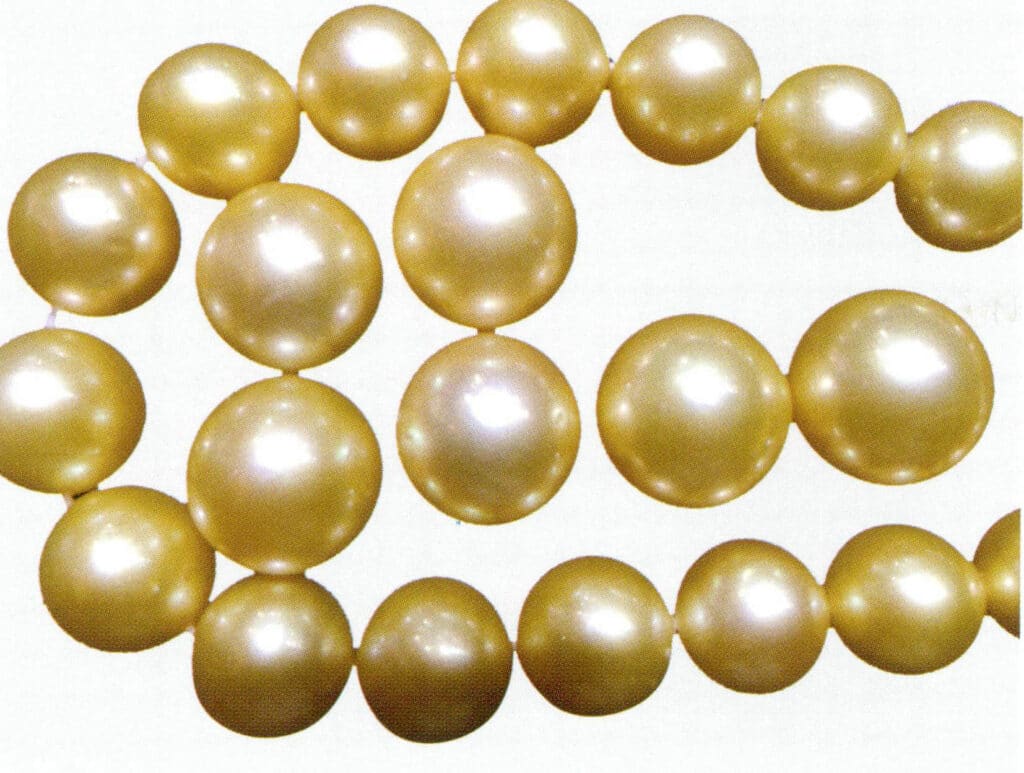
Figure 1-4-30 Golden South Sea Pearl
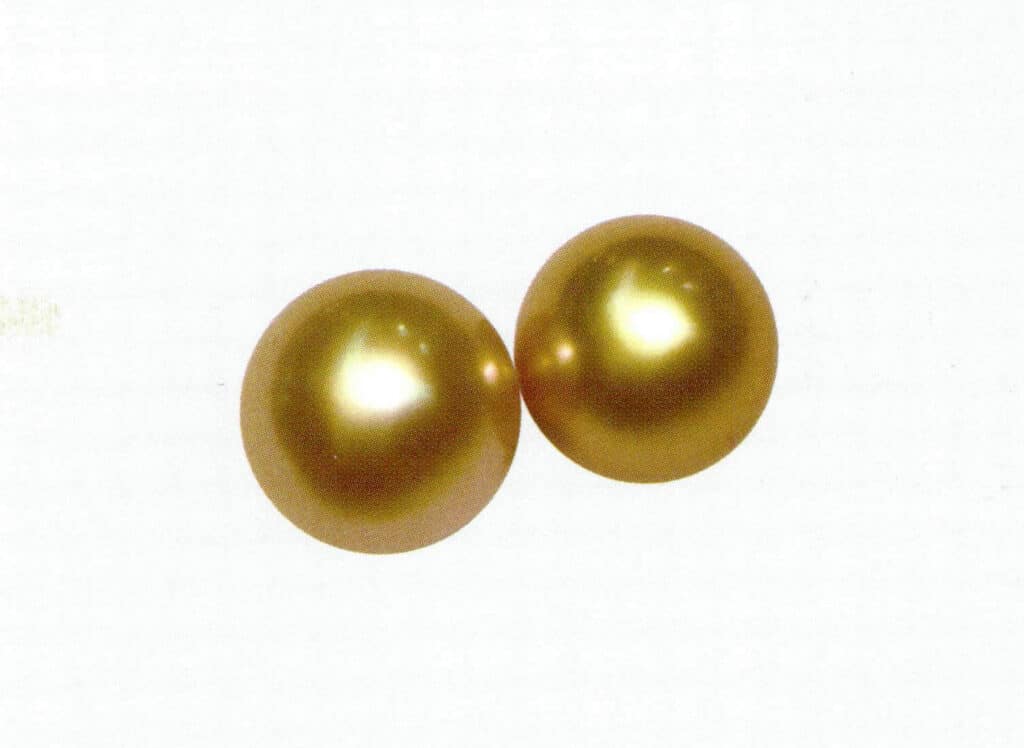
Figure 1-4-31 Golden South Sea Pearl
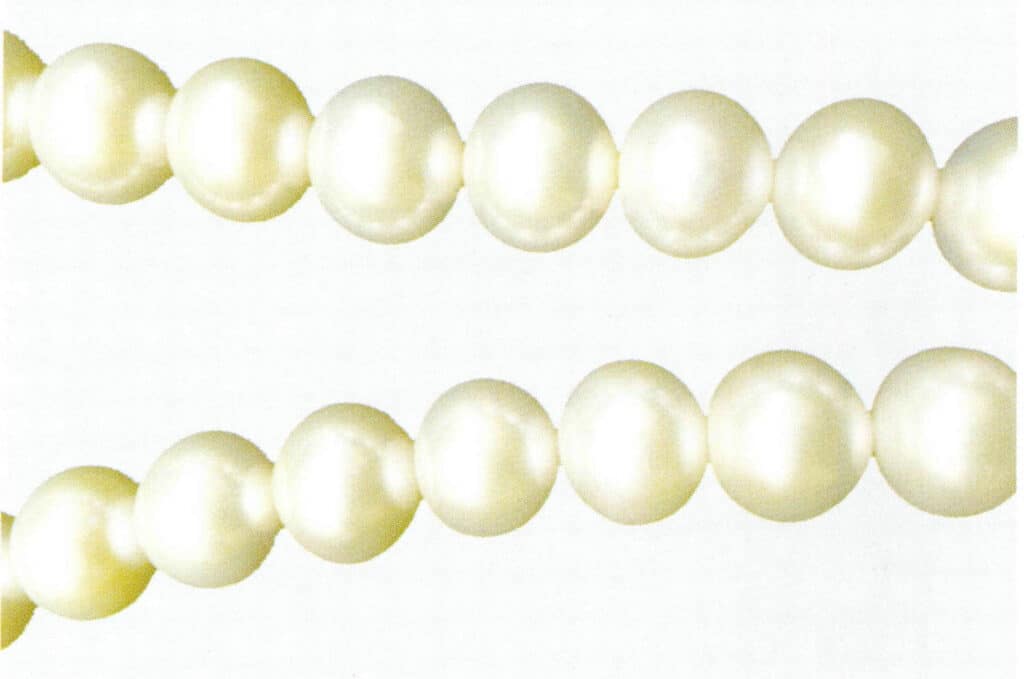
Figure 1-4-32 White South Sea Pearl
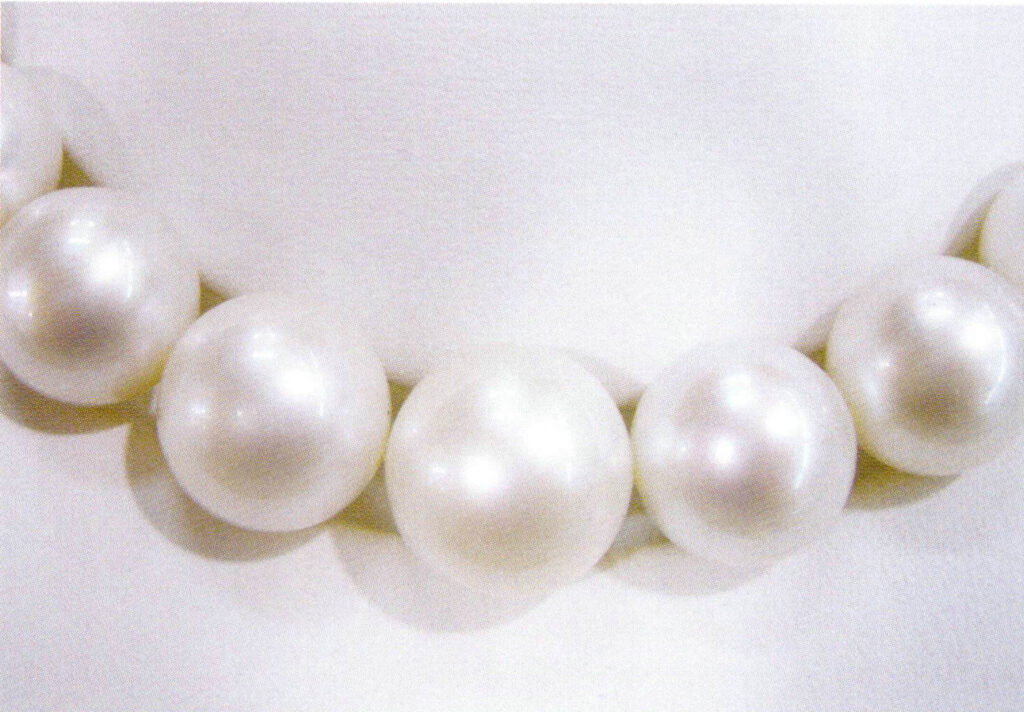
Figure 1-4-33 White South Sea Pearl
Table 1-4-1 Basic Characteristics of South Sea Pearls
| Pinctada | Large Pinctada, including the White-lipped Pearl Oyster and the Gold-lipped Pearl Oyster |
|---|---|
| Size of Pinctada | Can reach 30cm |
| Variety | Seawater nucleated cultured pearls |
| Farge | Light to dark golden yellow (cultured from gold-lipped oysters), see figures 1-4-30 and 1-3-31; white (cultured from silver-lipped oysters), see figures 1-4-32 and 1-3-33 |
| Størrelse | 9-19mm, can reach 25mm or larger |
| Form | Mainly circular, oval, etc., can have irregular shapes such as freeform and button shapes |
| Place of origin | Australia, Indonesia, the Philippines, Vietnam, Myanmar, and Thailand |
(2) History of Cultivation
The main producing areas are Australia, the Philippines, Indonesia, etc. Australia accounts for over 50% of the total output, primarily producing white and golden pearls.
Australia is the largest producer of South Sea pearls, and its commercial pearl farming industry began in 1956. Australia has placed great emphasis on the quality of pearls over the years, with the growth rate of the average size of its pearls far exceeding the growth rate of production. Australia has invested significant resources to professionalize various stages such as harvesting oysters, caring for oysters, nucleation and grafting surgery, harvesting, sorting, packaging, and jewelry making. The unique and excellent quality of South Sea pearls is the main reason for their long-term leadership in the pearl market, as the nacre thickness of a 15mm Australian white South Sea pearl can reach 4mm, and it can exhibit excellent luster. Another reason for its high price is its rarity. Globally, about 3.3 tons of natural South Sea pearls are sold each year without modification or treatment, of which less than 35% are of good luster and suitable for setting. Australia also attaches importance to jewelry design and production. This has led to a broadening of exports, with shaped pearls becoming an important part of Australia’s exports in recent years.
About half of the wild oysters are used in the cultivation of South Sea pearls; generally, it takes about three years to cultivate the pearl oysters before they are ready for pearl production, and only after 2-4 years of cultivation can the first pearls be harvested.
3. Tahitian Black Pearls
Tahitian black pearls are named after their origin in Tahiti, a French Polynesian island, and are primarily black. They are also referred to as “Tahitian black pearls” or “French Polynesian black pearls” and are known as black South Sea pearls, growing in black-lipped oysters
(1) Basic Characteristics
The diameter of pearls produced by black-lipped oysters is 10-20mm, with colors ranging from black to silver-gray, and the accompanying colors mainly being eggplant purple and deep green with a hint of peacock color. Among them, black pearls with peacock green accompanying colors are the most favored. Their basic characteristics are shown in Table 1-4-2 and Figures 1-4-34 to 1-4-37.
Table 1-4-2 Basic Characteristics of Taki Oysters
| Pinctada | Black-lipped oyster |
|---|---|
| Size of Pinctada | 30cm Up to 30cm |
| Variety | Seawater nucleated cultured pearls |
| Farge | Silver gray, gray, black |
| Accompanying color | Grønn, blå, rød osv. |
| Størrelse | Common 9-18mm, maximum up to 27mm |
| Form | Common round, oval, irregular shapes, etc. |
| Place of origin | Tahiti in French Polynesia, the Cook Islands, Penlin Island, and the Gulf of Mexico |
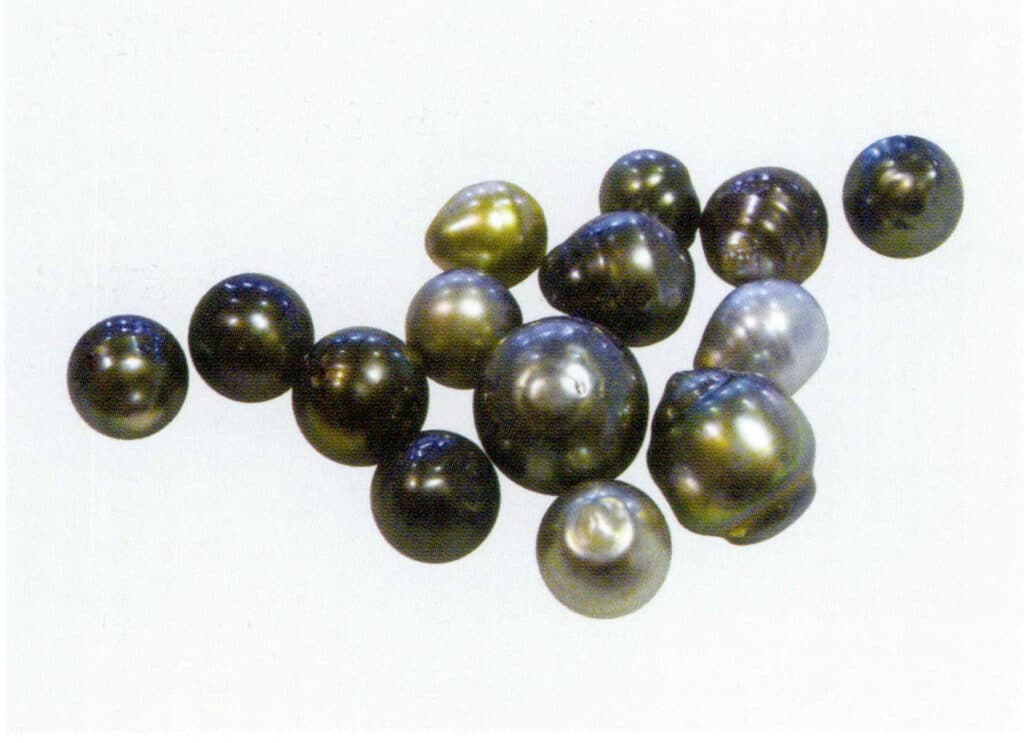
Figure 1-4-34 Colors of Tahitian Pearls (1)
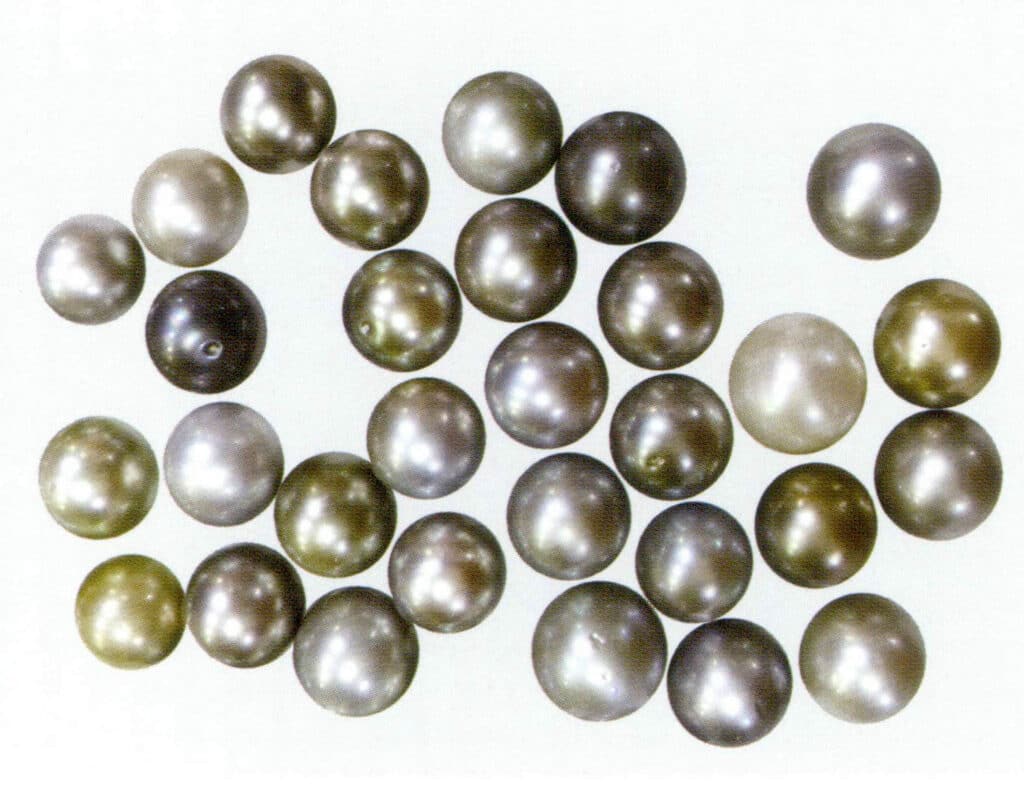
Figure 1-4-35 Colors of Tahitian Pearls (2)

Figure 1-4-36 Accompanying Colors of Tahitian Black Pearls

Figure 1-4-37 Round Tahitian Black Pearls
(2) History of Cultivation
The high-quality black pearls in the world mainly come from Tahiti, where the black-lipped oyster that produces the pearls belongs to the warm water variety, and its primary habitat is the large atolls of Polynesia. The pearl farming industry began in 1962. In 1965, high-quality pearls were obtained. 1975, the Gemological Institute of America (GIA) recognized cultured black pearls as “cultured pearls with natural color.” Initially, only 6 kg were exported in 1977, which was worth about 182,000 USD. By 1996, production had reached 5.48 tons, worth 156 million USD; in 2003, production reached 11 tons; since 2004, the French Polynesian government has successfully controlled production at 8-9 tons to ensure quality and increase value.
In addition to limiting production, the French Polynesia government has implemented a registration system for all Tahitian pearl farmers. It provides them with training courses on farming techniques and promotional skills. Farmers can only choose one between pearls and mother-of-pearl; they must undergo a series of farming techniques and promotional skills training to obtain registration for farming pearls or mother-of-pearl and gain trade qualifications and export permits. Moreover, a specialized inspection agency has been established to test the quality of all exported pearls, and pearls that do not meet the standards for size, layer thickness, and luster are not allowed for export, ensuring the quality of pearls and consumer confidence.
Additionally, a non-profit organization has been established, including producers and the French Polynesia government, dedicated to promoting Tahitian black pearls overseas and enhancing global publicity to increase the recognition of Tahitian black pearls.
4. Japanese Seawater Cultured Pearls
Japanese seawater or Akoya pearls are produced from the Akoya oyster (Pinctada fucata martensii, or Akoya in Japan). Since Japan was the first to cultivate pearls using this type of oyster and export them in large quantities, pearls cultivated from Akoya oysters are commonly referred to as Akoya pearls internationally. The Akoya oyster is widely distributed in North Korea, China, and Sri Lanka coastal areas. Therefore, Akoya pearls refer specifically to Japanese seawater-cultured pearls, but today, not all Akoya pearls come from Japan.
1 Basic Characteristics
Akoya pearls are known for their small size, round shape, strong luster, and vibrant overtones, earning them the commercial nickname “little light bulbs.” High-quality ones have strong pink overtones and are also called “sakura pink” or “heavenly lady pearls.” Their basic characteristics are shown in Table 1-4-3, Figure 1-4-38, and Figure 1-4-39.
Table 1-4-3 Basic Characteristics
| Pinctada | Mainly Pinctada |
|---|---|
| Size of Pinctada | 6-8cm |
| Variety | Seawater cultured pearls |
| Farge | Mainly white and cream |
| Accompanying color | Pink, etc. |
| Størrelse | Commonly 7-10mm, those exceeding 10mm are rare |
| Form | Usually round |
| Place of origin | Japan, South Korea, Vietnam, Australia, etc. |
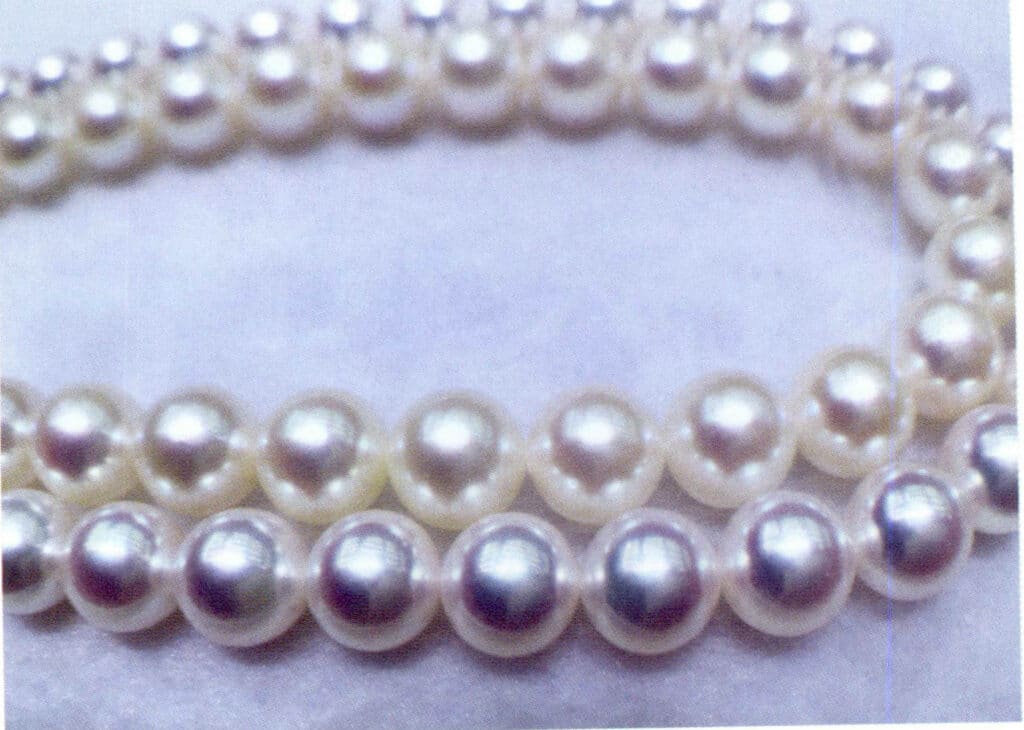
Figure 1-4-38 White and cream-colored Akoya pearls
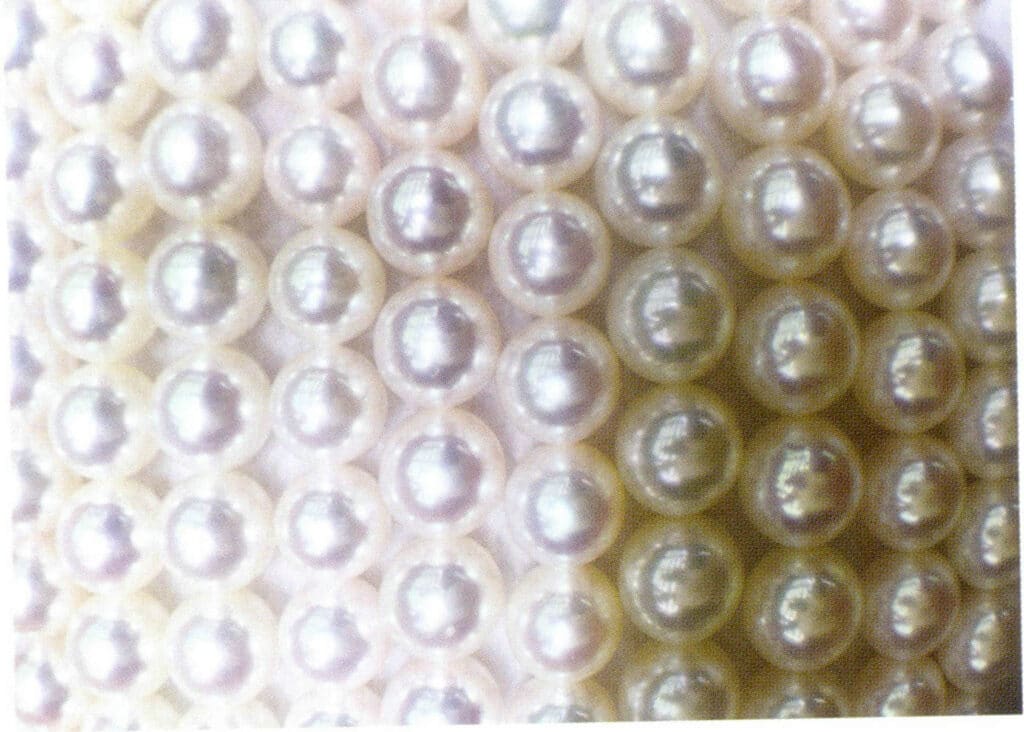
Figure 1-4-39 Akoya pearls of different companion colors
(2) Cultivation history
Japan’s pearl farming industry has a history of over a hundred years, and its seawater pearl production once ranked first in the world for many years. In 1893, Mikimoto Kōkichi developed a technique similar to one used in China, cultivating semi-round pearls for the first time using a pearl component bonding method. The method involves attaching a spherical or hemispherical nucleus inside the shell. After a period, a hemispherical layer of pearl will cover the nucleus, which, when cut, results in a hemispherical pearl. In 1907, Nishikawa Tōkichi further improved the cultivation technique, producing round pearls, which is still in use today. In 1957, Japan’s pearl production exceeded 24.3 tons, becoming the center of cultivated pearls in the world; in 1960, Japan’s pearl production surpassed 60 tons; in 1966, it reached as high as 147 tons. After the 1970s, Japan’s pearl production and export volume declined, but the average annual production mostly remained above 50-60 tons, with export volumes generally above 400-500 thousand; after the 1990s, due to issues such as seawater pollution, natural disasters, and production costs, pearl production sharply decreased.
At the same time, Japan also adjusted its pearl production strategy: on the one hand, it exported technology to countries like Australia and Southeast Asia to guide cultivation, while on the other hand, it imported a large number of pearls, utilizing advanced bleaching and optimization processes to upgrade them for export alongside domestically produced pearls. Relevant parties established an overseas pearl farming revitalization association to protect Japan’s pearl farming technology and processing techniques legally, based on the following principles: not disclosing or teaching cultivation techniques, the sales rights of produced pearls belonging to Japan, etc.
It is precisely due to the emphasis on the exploration, innovation, and protection of seawater pearl farming technology, as well as Japan’s advanced cultivation, optimization processing, and pearl processing techniques, that although Japan’s seawater cultivated pearls may not replicate their past glory in terms of production, they still play a crucial role in the value and export trade of the pearl industry. For instance, in 2003, Japan’s pearl exports reached 1 billion USD.
5. Japanese Freshwater Cultured Pearls
In the 1940s, Japanese cultivators successfully used the mantle of the pearl oyster as a nucleus, leading to the rapid development of the freshwater pearl farming industry. Japan’s largest freshwater lake, Lake Biwa, was once the most important base for freshwater pearl cultivation, producing freshwater non-nucleated pearls, also known as Biwa pearls. The pearl mussel used is the Hyriopsis schlegelii, also known as the Biwa pearly mussel.
Since the late 1970s, due to severe pollution in Lake Biwa, the freshwater pearl farming industry has sharply declined. Reports indicate that since 2006, Japan has ceased cultivating freshwater pearls.
6. Chinese Seawater cultured pearls
The main pearl mussel used is the Pinctada martensii. Seawater pearls produced in China can also be referred to as Akoya pearls. Internationally, there are Chinese saltwater cultured pearls that are categorized as Akoya pearls, and there are also those that are categorized separately.
(1) Basic Characteristics
The main color of Chinese seawater cultured pearls is white, with products below 8.5mm being mainstream; their basic characteristics are shown in Table 1-4-4 and Figures 1-4-40 to 1-4-43.
Table 1-4-4 Basic Characteristics of Chinese Seawater-Cultured Pearls
| Pinctada | Mainly Pinctada fucata |
|---|---|
| Size of Pinctada | 6-8cm |
| Variety | Seawater nucleated cultured pearls |
| Farge | Mainly white and cream-colored |
| Accompanying color | Pink, green, etc. |
| Størrelse | Generally 5 to 8.5mm |
| Form | Usually round |
| Place of origin | Concentrated in the coastal areas of southern China, such as Beihai, Hepu, Qinzhou, and Yingpan in Guangxi, and Lingshui and Wenchang in Hainan. |

Figure 1-4-40 Chinese Marine Aquaculture Pearls (1)
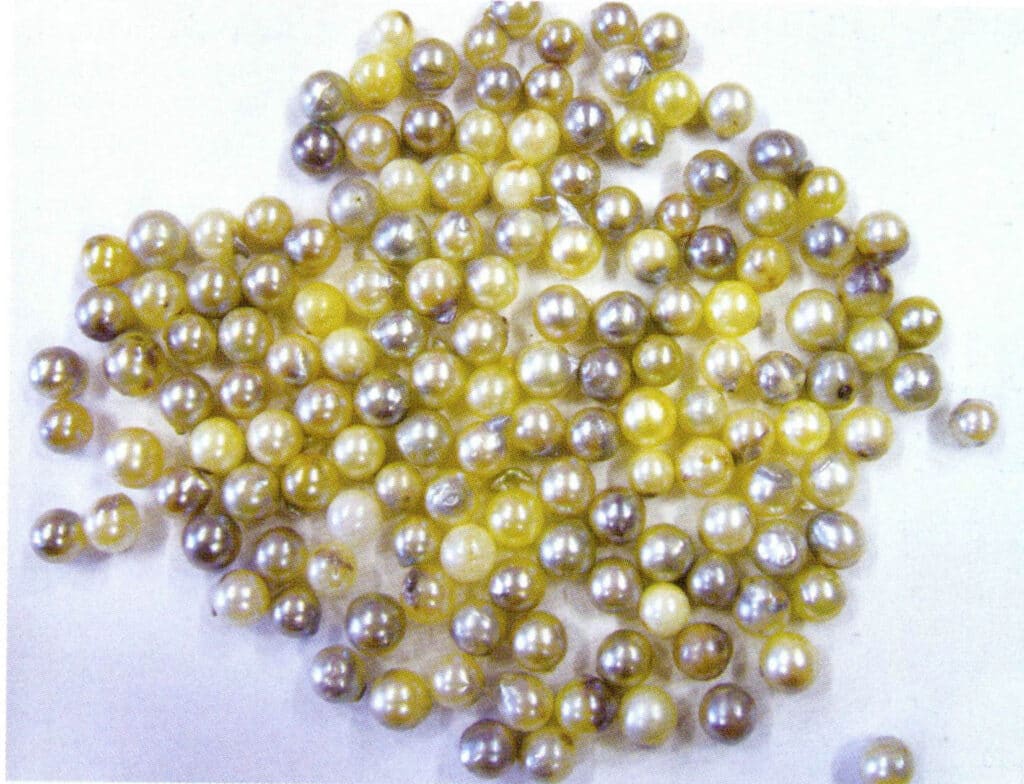
Figure 1-4-41 Chinese Marine Aquaculture Pearls (2)

Figure 1-4-42 Chinese Marine Aquaculture Pearls (3)

Figure 1-4-43 Chinese Marine Aquaculture Pearls (4)
7. Chinese Non-Nuclear Freshwater Cultured Pearls
Before cultivating non-nucleated freshwater pearls, two types of mother-of-pearl were mainly used: the triangle shell mussel (Hyriopsis cumingii) and the cockscomb pearl mussel (Cristaria plicata). The cockscomb pearl mussel has a high yield but low quality; the triangle shell mussel has a low yield but high quality. A single shell of the cockscomb pearl mussel can insert 50 mantle pieces, 25 on each side, producing 50 pearls; a single shell of the triangle shell mussel can insert 24-32 mantle pieces, 12-16 on each side, producing 24-32 pearls.
Currently, the important aquaculture bases in the middle and lower reaches of the Yangtze River in China mainly use triangle shell mussels.
Basic Characteristics
The mainstream of non-nucleated freshwater pearls in China is 5 to 11mm, and its basic characteristics are shown in Table 1-4-5 and Figures 1-4-44 and 1-4-55.
Table 1-4-5 Basic Characteristics of Non-Nucleated Freshwater Pearls in China
| Pinctada | Mainly triangular sail clams |
|---|---|
| Size of Pinctada | 16-20cm |
| Variety | Freshwater non-nucleated cultured pearls |
| Farge | White, orange, purple, pink |
| Accompanying color | Pink, etc. |
| Størrelse | Generally 5-11mm |
| Form | Often round, abacus beads, steamed bun shape, oval shape, rice grain shape, water drop shape, etc.; also connected beads, etc. |
| Place of origin | Mainly in the provinces of the middle and lower reaches of the Yangtze River in China, such as Hunan, Hubei, Jiangxi, Anhui, Zhejiang, Jiangsu, etc. |
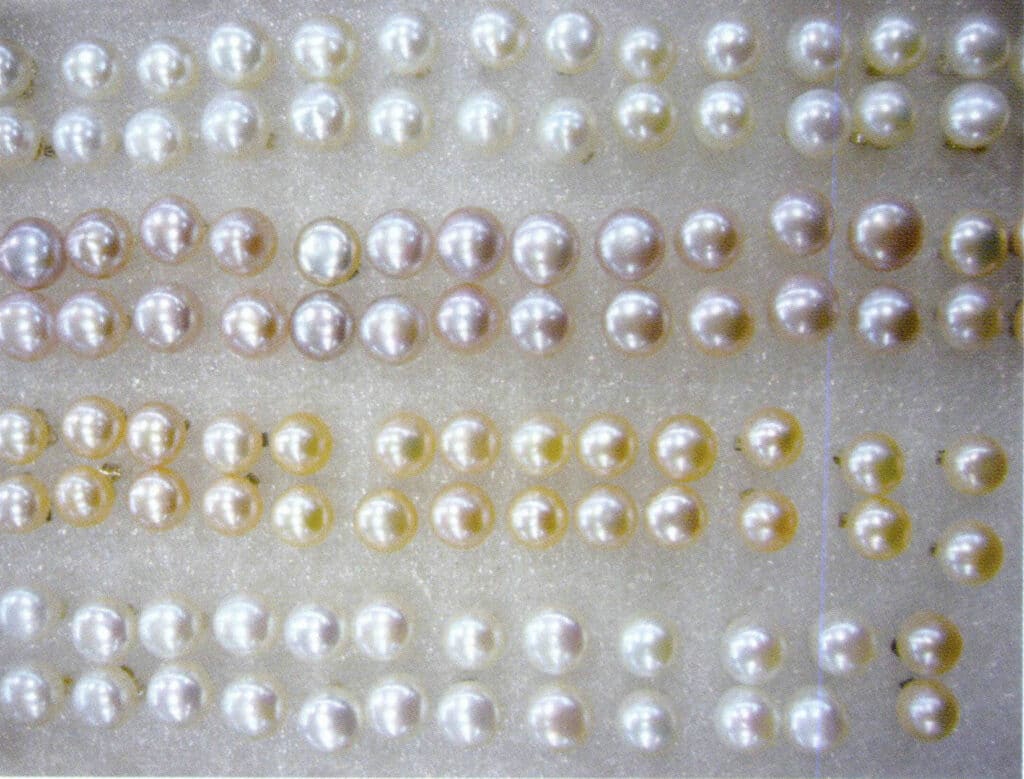
Figure 1-4-44 Color of freshwater cultured pearls (1)
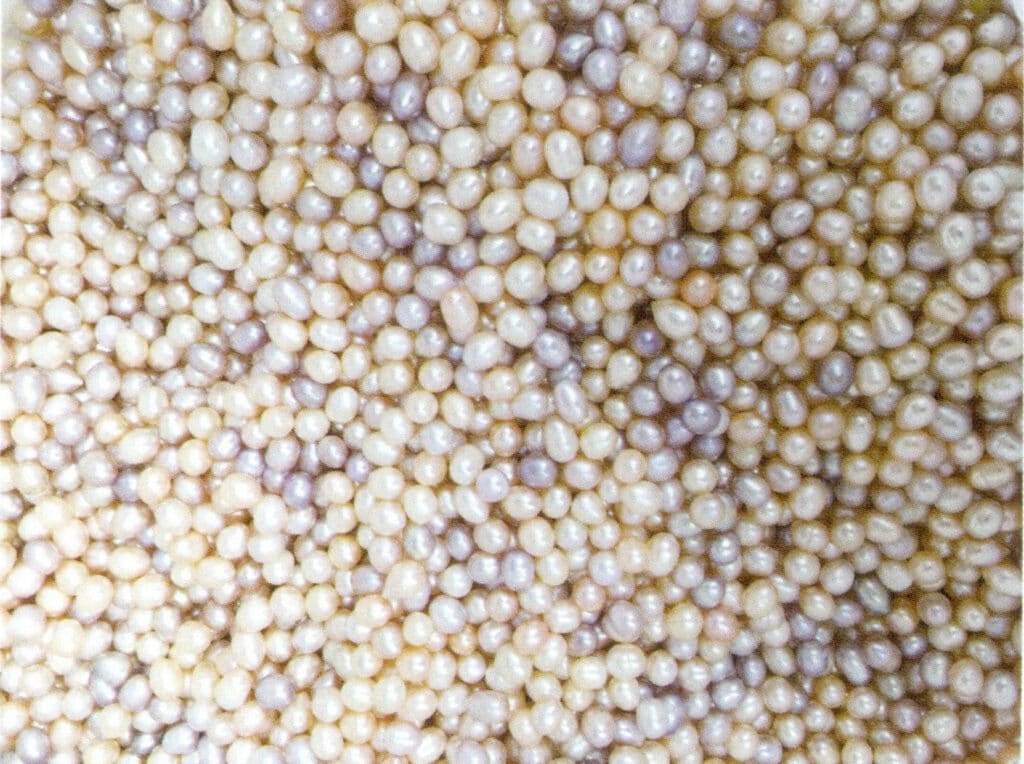
Figure 1-4-45 Color of freshwater cultured pearls (2)
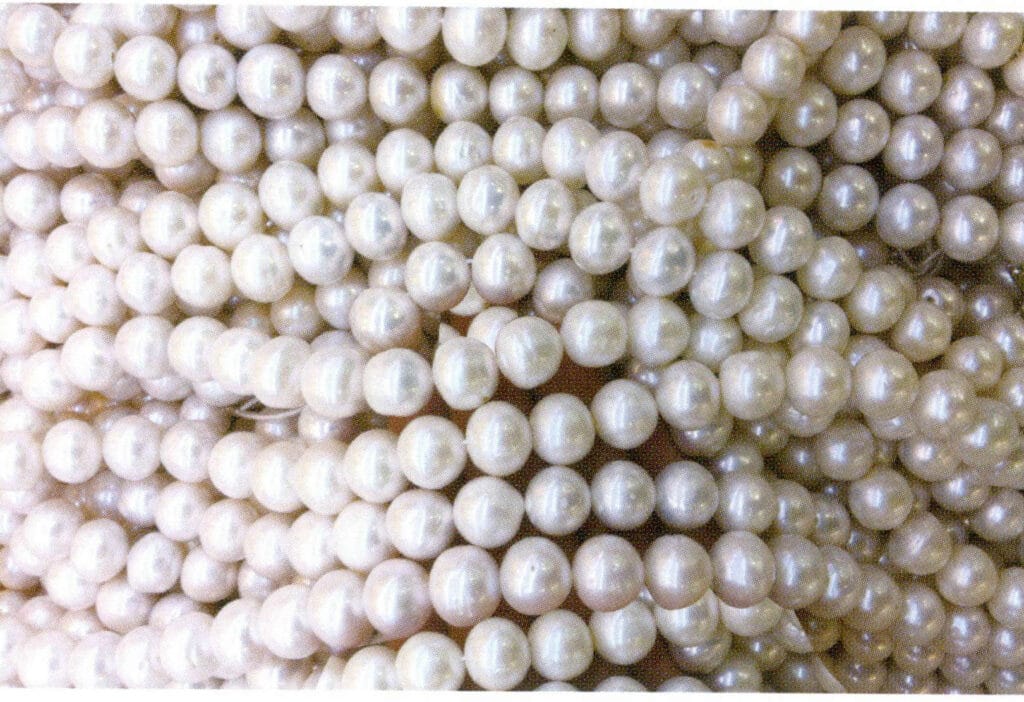
Figure 1-4-46 Nearly round freshwater cultured pearl

Figure 1-4-47 Round freshwater cultured pearl

Figure 1-4-48 Oval freshwater cultured pearl

Figure 1-4-49 Water droplet-shaped freshwater cultured pearl

Figure 1-4-50 Grain-shaped freshwater cultured pearl
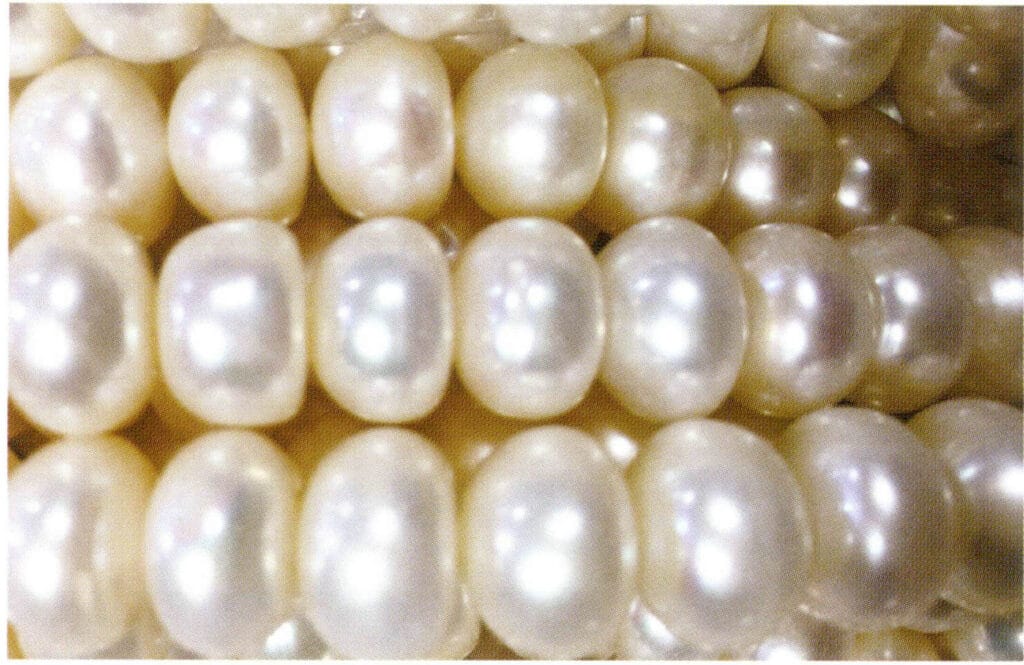
Figure 1-4-51 Bun-shaped and abacus-shaped freshwater cultured pearls
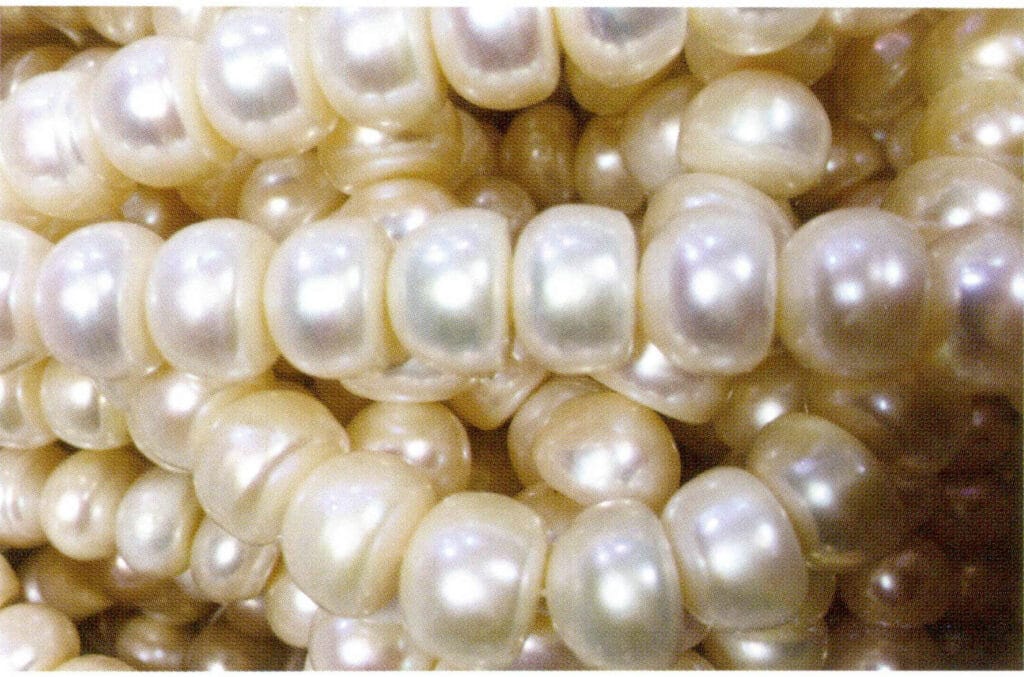
Figure 1-4-52 Bun-shaped freshwater cultured pearl
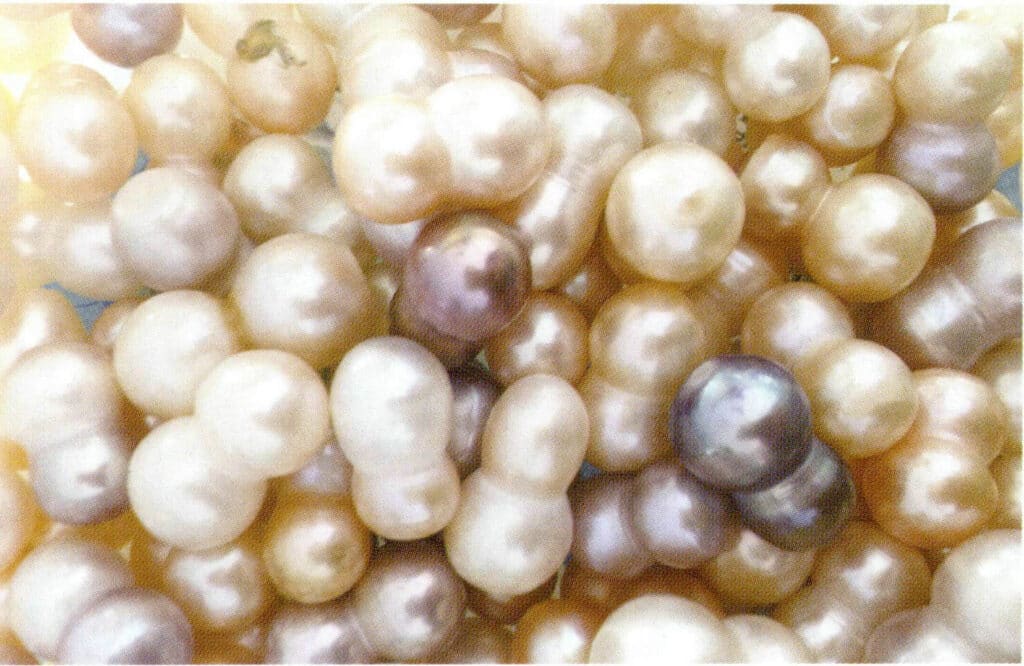
Figure 1-4-53 Connected freshwater cultured pearls
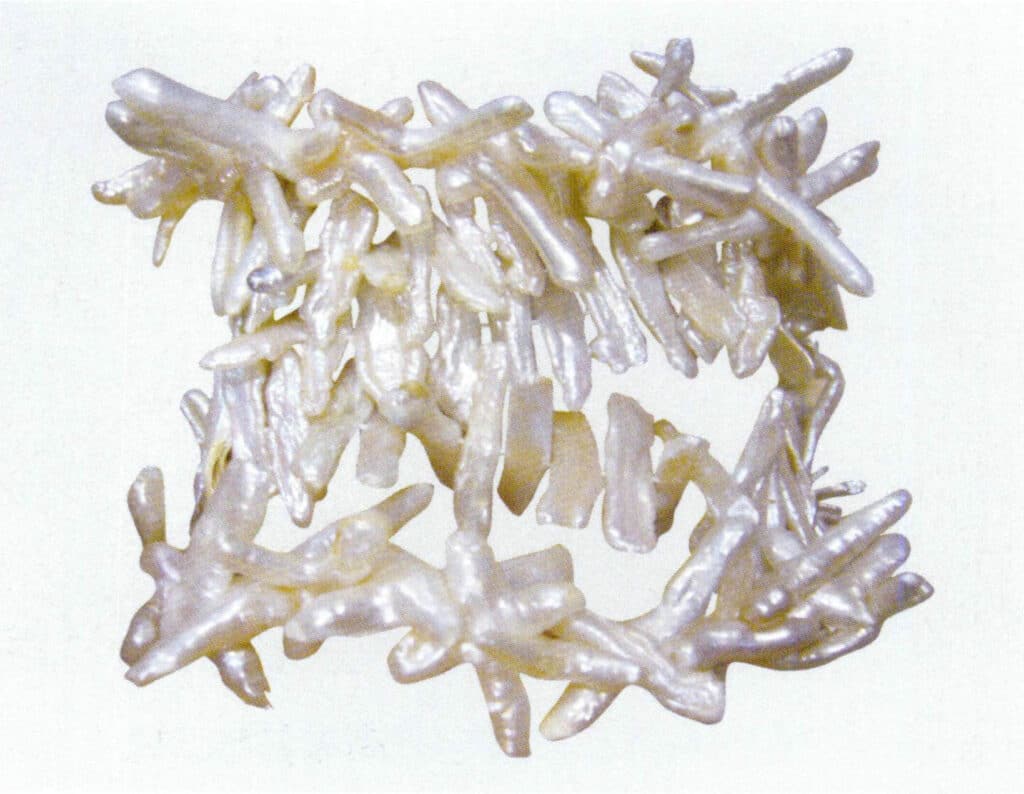
Figure 1-4-54 "Cross" shaped freshwater nucleated connected cultured pearl

Figure 1-4-55 Irregular freshwater nucleated connected cultured pearl
8. Freshwater Cultured Pearls with Nuclei in China
(1) Basic Characteristics
Freshwater cultured pearls with nuclei in China can have various shapes and sizes based on the type of nucleus, reaching up to 20mm or even larger. Their basic characteristics are shown in Table 1-4-6 and Figures 1-4-56 to 1-4-63.
Table 1-4-6 Basic Characteristics of Freshwater Cultured Pearls with Nuclei in China
| Pinctada | Mainly triangular sail spider |
|---|---|
| Size of Pinctada | 6-8cm |
| Variety | Freshwater cultured pearls with nuclei |
| Core Type | Mainly shell core, very few are pearl core |
| Farge | White, orange, purple, pink, bronze |
| Accompanying color | Pink, etc. |
| Størrelse | Generally 11 to 20mm |
| Form | Varies depending on the type of pearl nucleus, commonly in round, irregular, button, square, and other shapes |
| Identification features | Often has a comma-shaped "tail," or the "tail" is hollow |
| Place of origin | Mainly concentrated in provinces along the middle and lower reaches of the Yangtze River, such as Zhejiang and Anhui, as well as Guangdong |
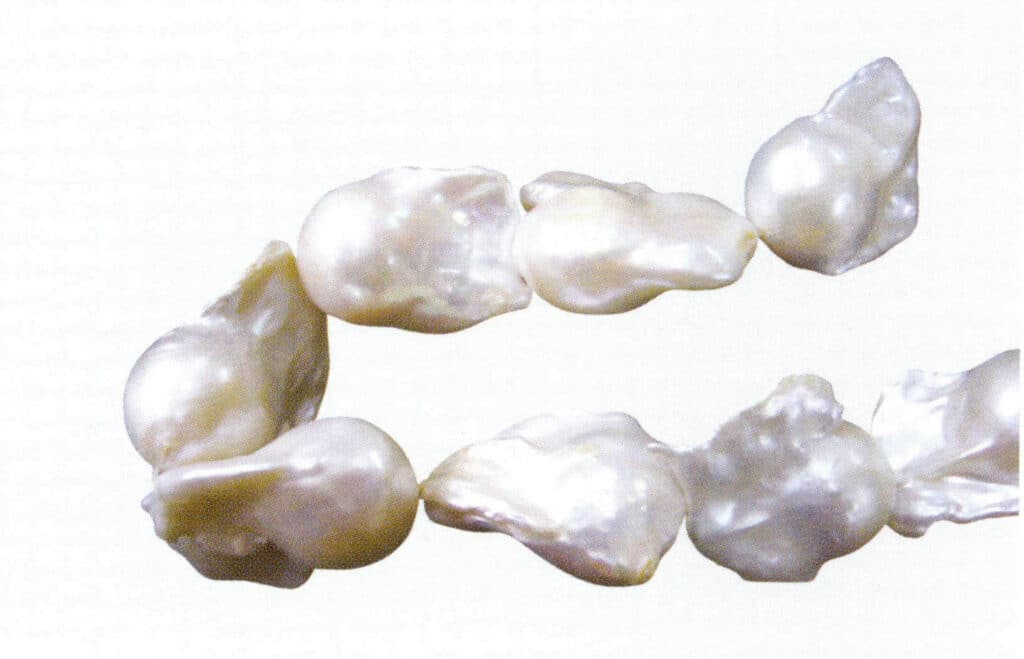
Figure 1-4-56 Freshwater nucleated pearls with "tails" (1)

Figure 1-4-57 Freshwater cultured pearls with "tails" (2)
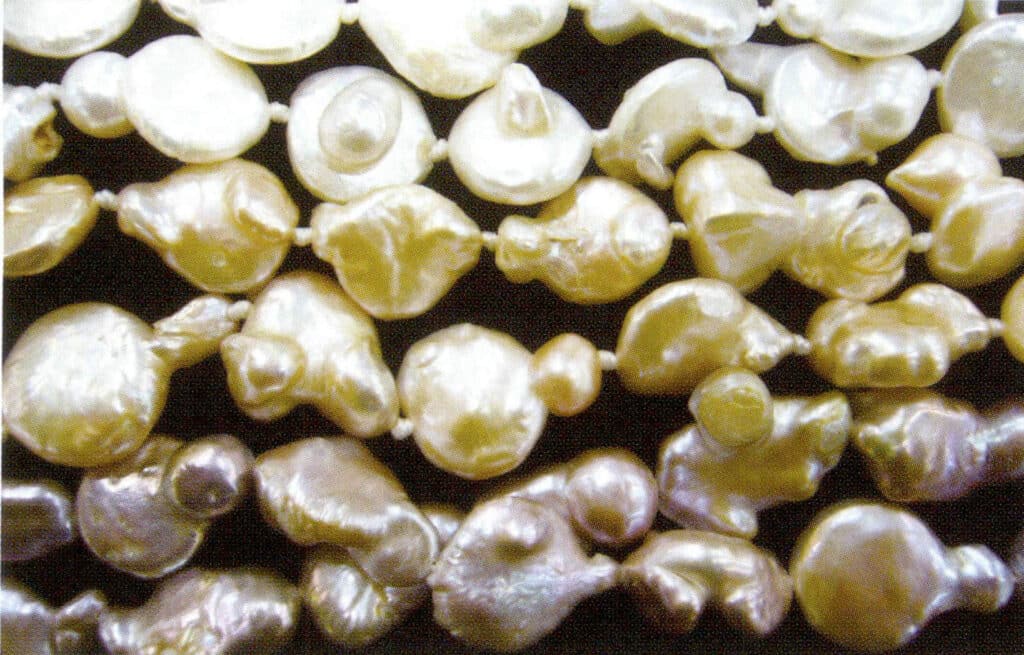
Figure 1-4-58 Freshwater nucleated pearls with "tails" (3)
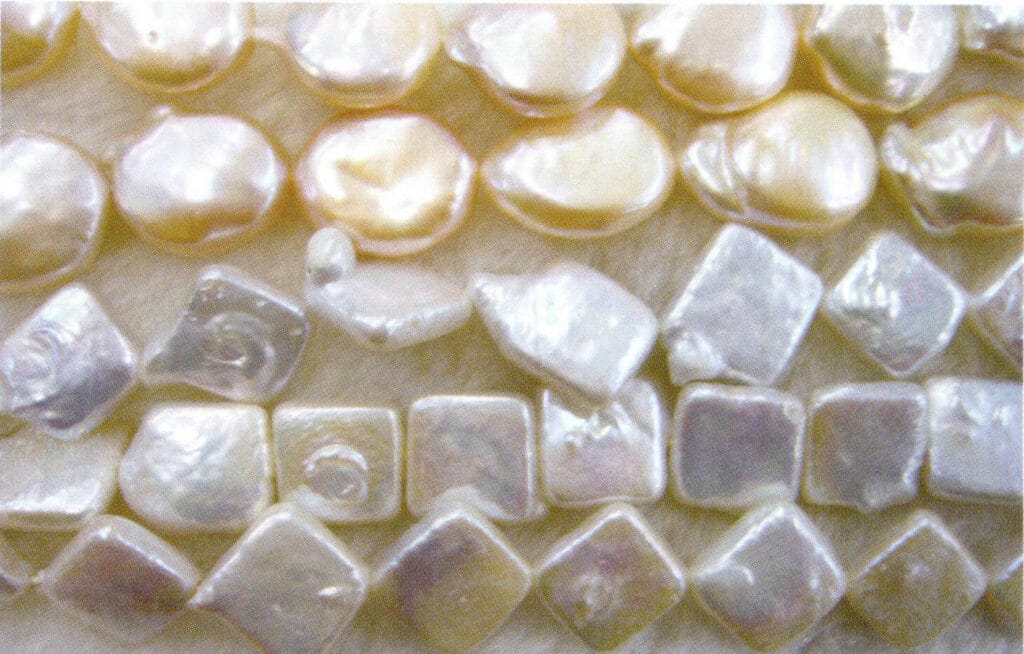
Figure 1-4-59 Various shapes of freshwater cultured pearls

Figure 1-4-60 Heart-shaped freshwater nucleated pearls
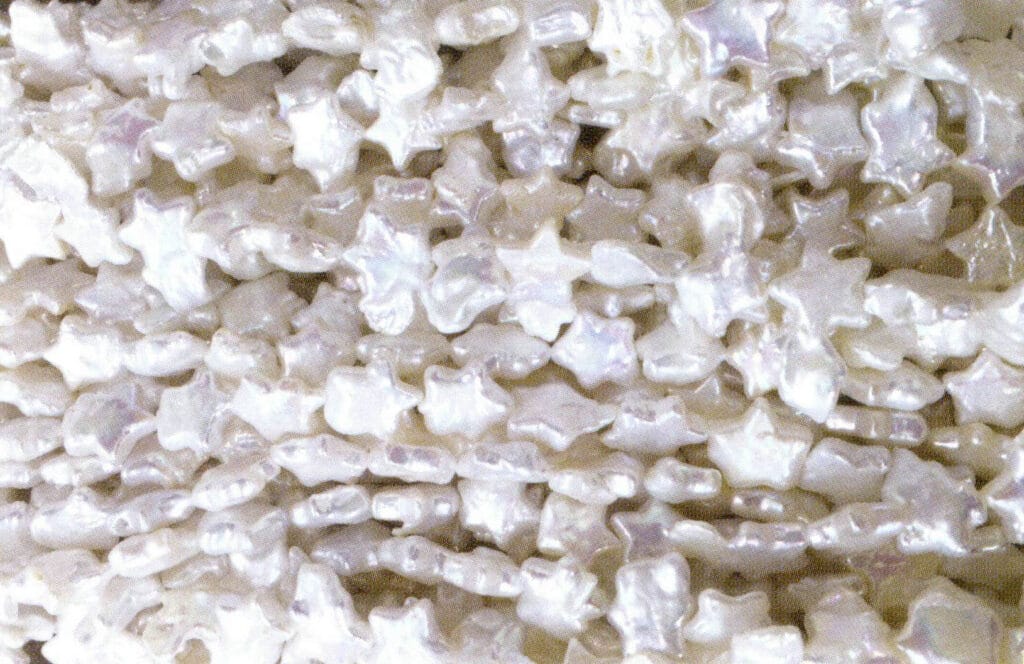
Figure 1-4-61 Pentagon-shaped freshwater cultured pearls
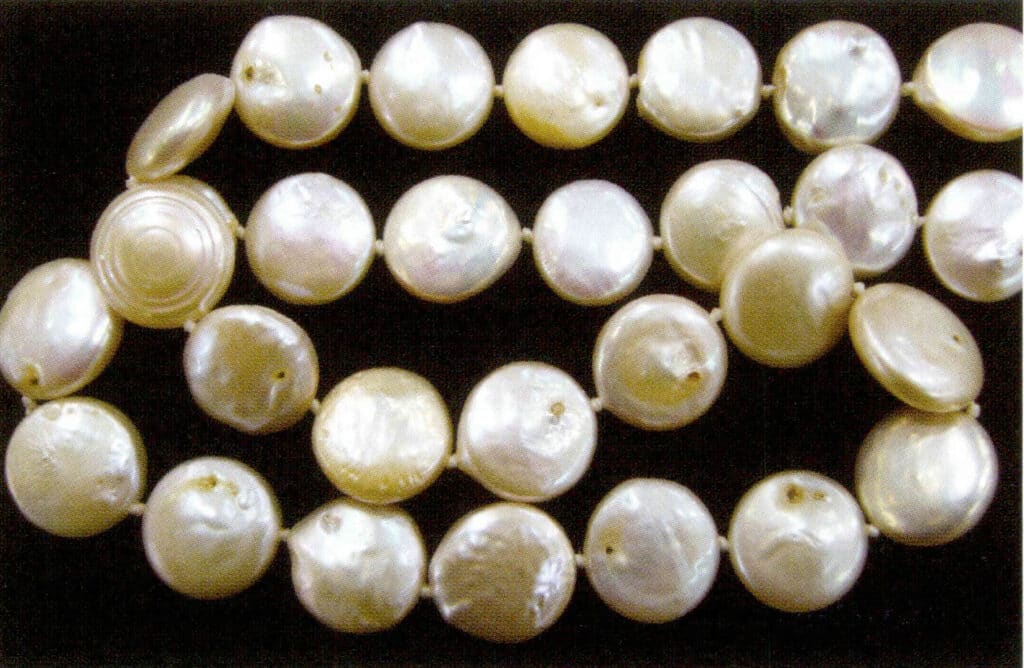
Figure 1-4-62 Button-shaped freshwater cultured pearls (1)
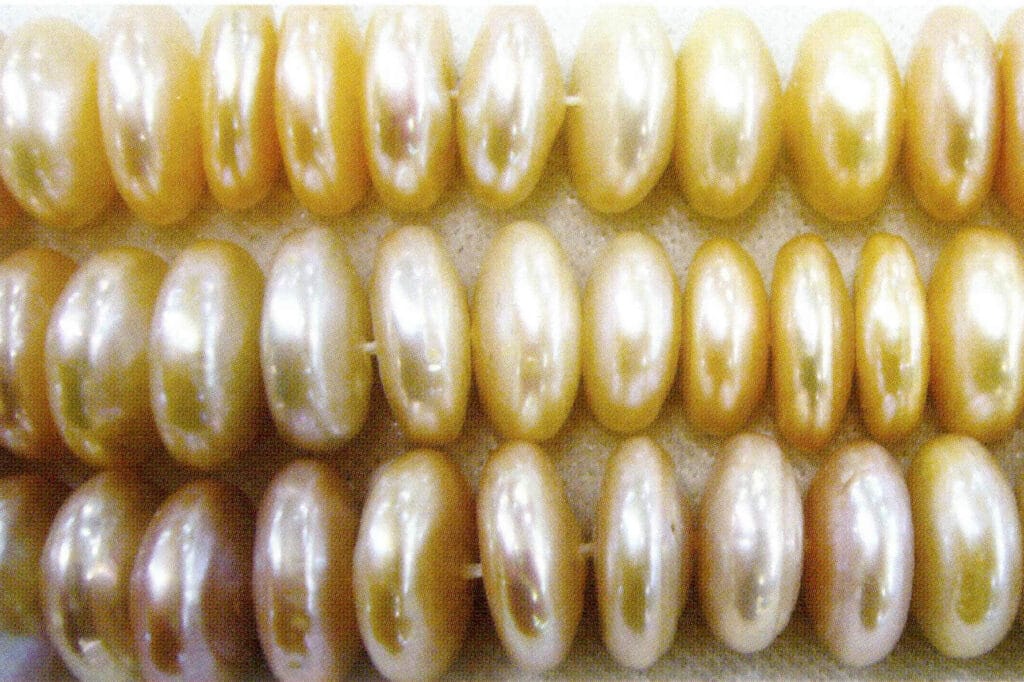
Figure 1-4-63 Button-shaped freshwater cultured pearls (2)
(2) History of Cultivation
Cultivation of freshwater pearls with nuclei was successfully tested in the early 1970s and achieved commercial success in the early 21st century. Freshwater cultured pearls with nuclei are shown in Figure 1-4-64.
In 2001, reports of “fully nacreous multiple nucleus freshwater cultured pearls” were being marketed, which were cultivated using pearls as nuclei and multiple insertions. Fully nacreous multiple nucleus pearls are freshwater cultured pearls with nuclei formed by using pearls as nuclei and multiple insertions, as shown in Figure 1-4-65.
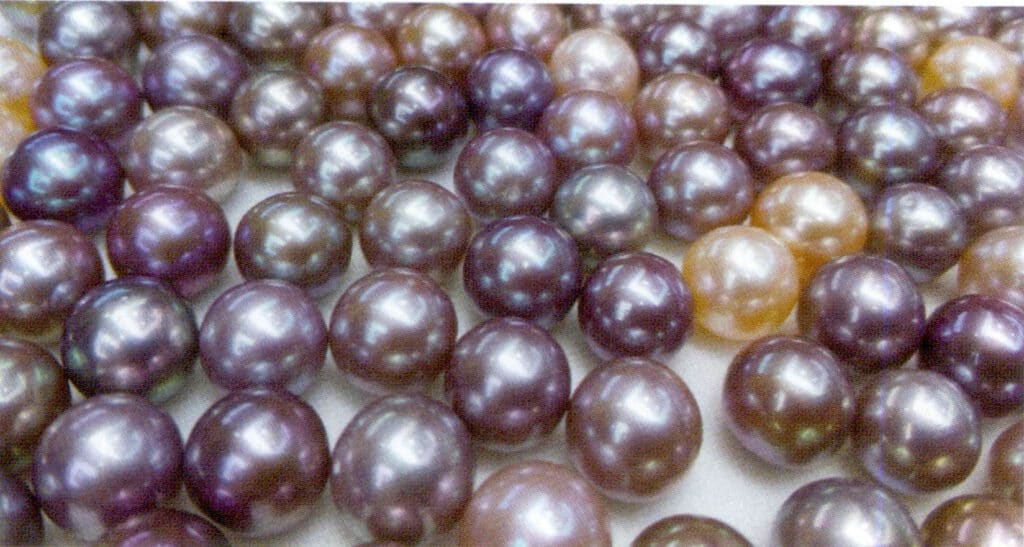
Figure 1-4-64 Freshwater cultured pearls with nuclei
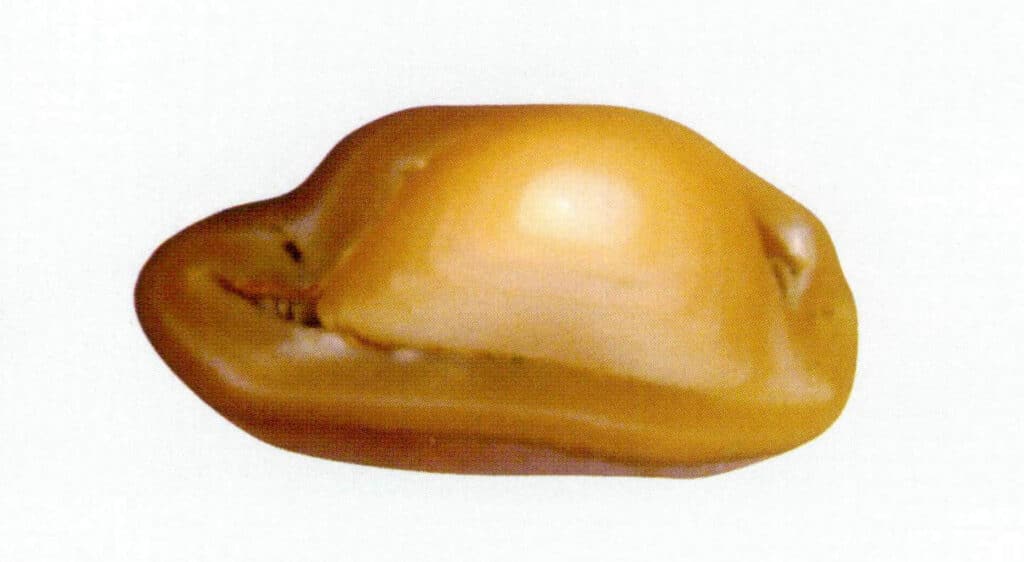
Figure 1-4-65 Freshwater nucleated cultured pearls with multiple nucleation insertions
Around 2009, various irregularly shaped freshwater cultured pearls with nuclei began to be marketed in large quantities. Around 2012, large-scale cultivation of round freshwater cultured pearls with nuclei exceeding 11mm was successfully achieved. The round freshwater cultured pearls with nuclei, which differ from conventional pearl insertion sites, were named “Edison” after the inventor Thomas Edison. It is said that Edison once stated, “I can invent many things, but I cannot create pearls in a laboratory.” Thus, companies that developed this cultured pearl named themselves “Edison” to compensate for the inventor’s regret. “Edison” pearls are not all perfectly round and often have surface defects such as wrinkles and spots, with a good quality rate of about 30%. “Edison” pearls are shown in Figures 1-4-66 to 1-4-73.

Figure 1-4-66 Edison pearl necklace of 12-13mm

Figure 1-4-67 Edison pearls of 14-15mm
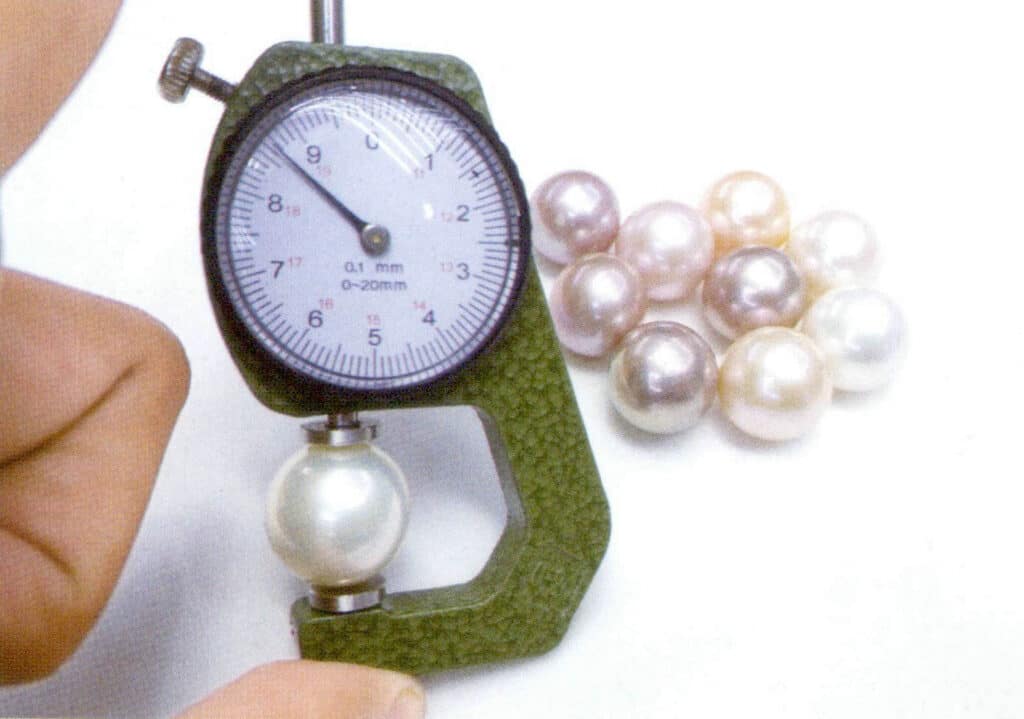
Figure 1-4-68 Edison pearls of 18-19mm
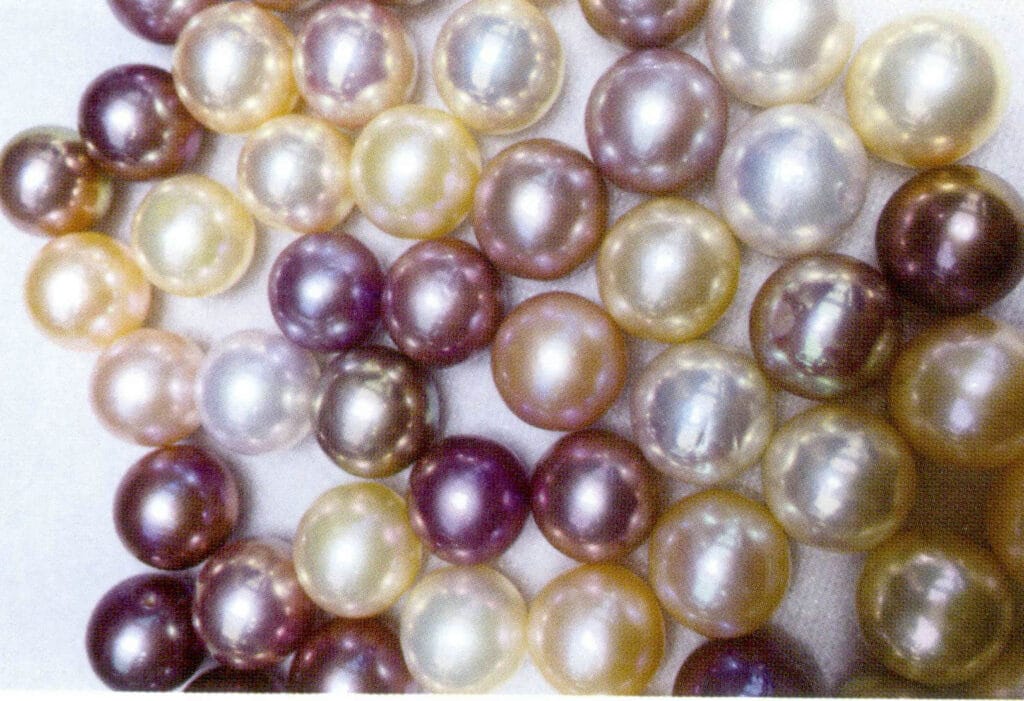
Figure 1-4-69 The color of "Edison" pearls

Figure 1-4-70 "Edison" Pearl Color and Luster
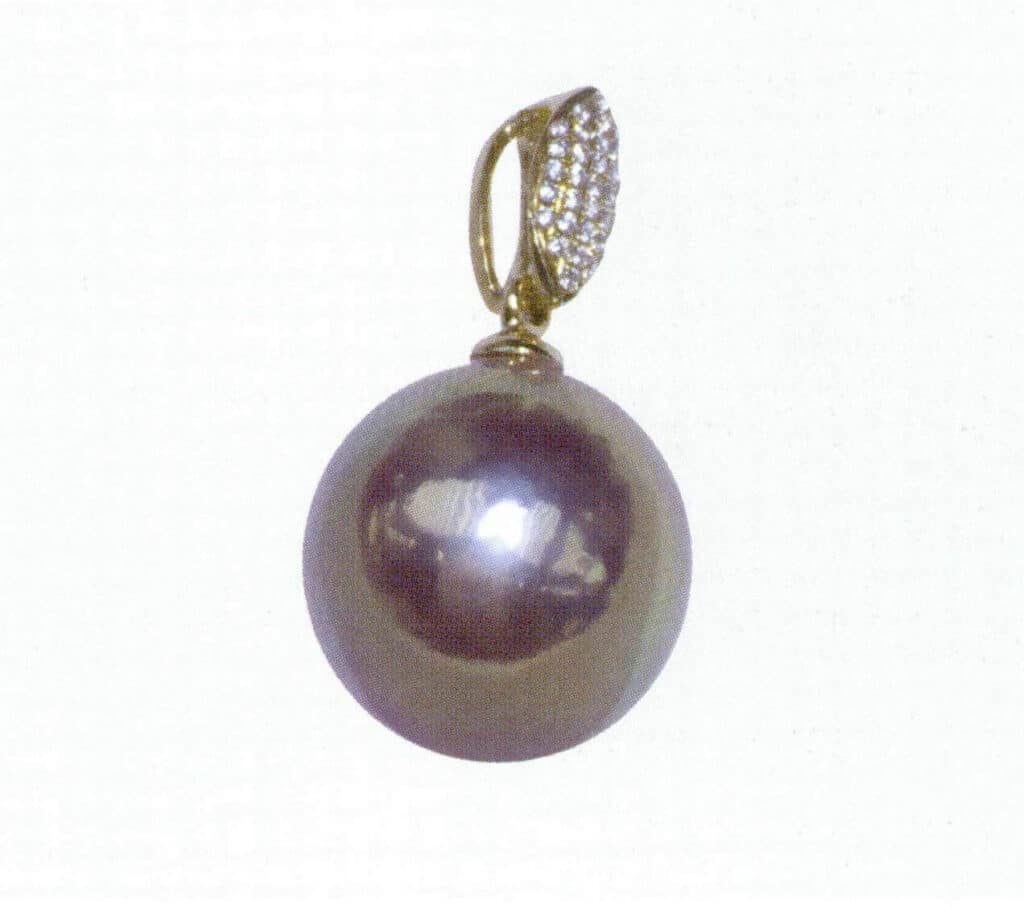
Figure 1-4-71 "Edison" Pearl Luster
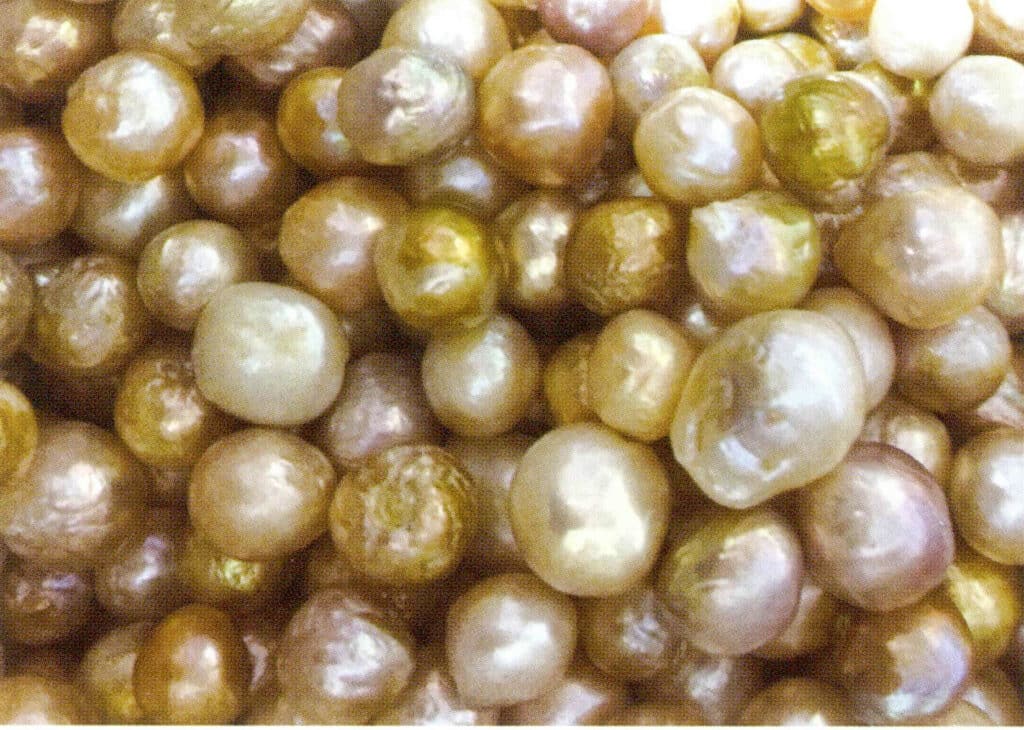
Figure 1-4-72 "Edison" Pearl Surface Wrinkles
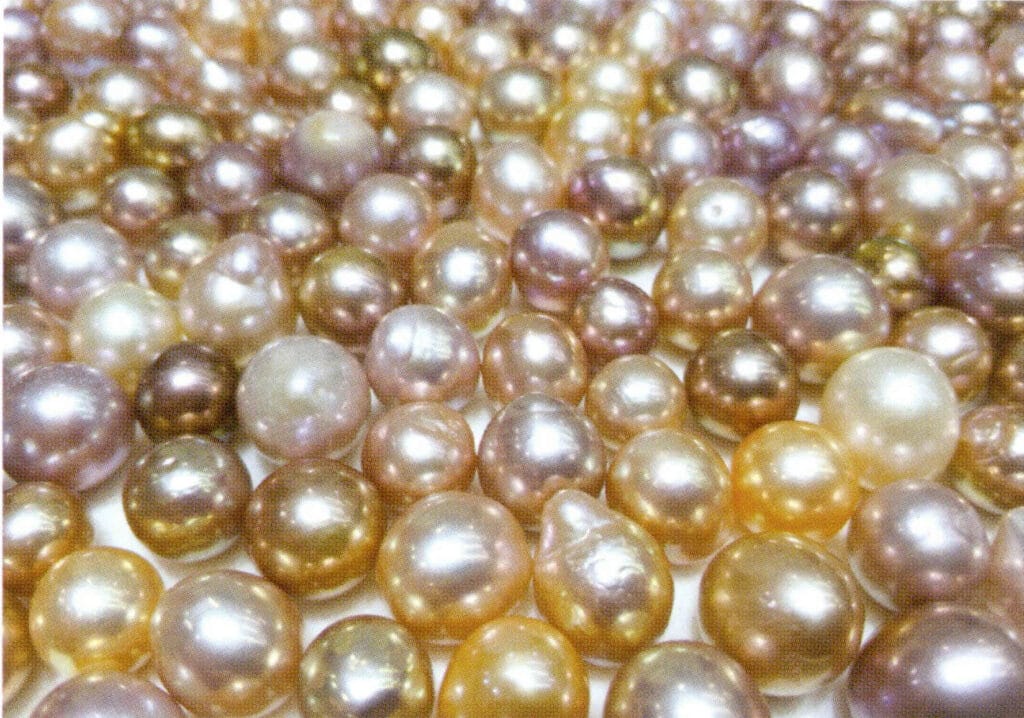
Figure 1-4-73 Non-circular "Edison" Pearl





